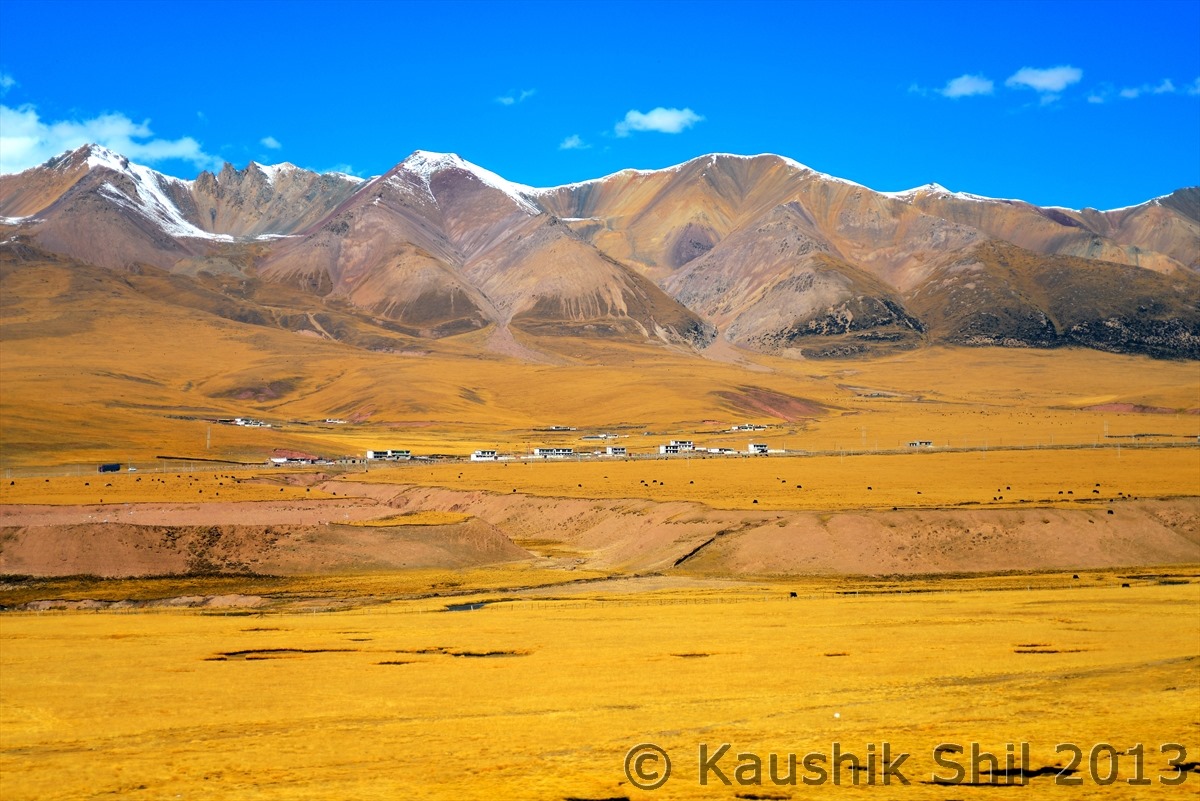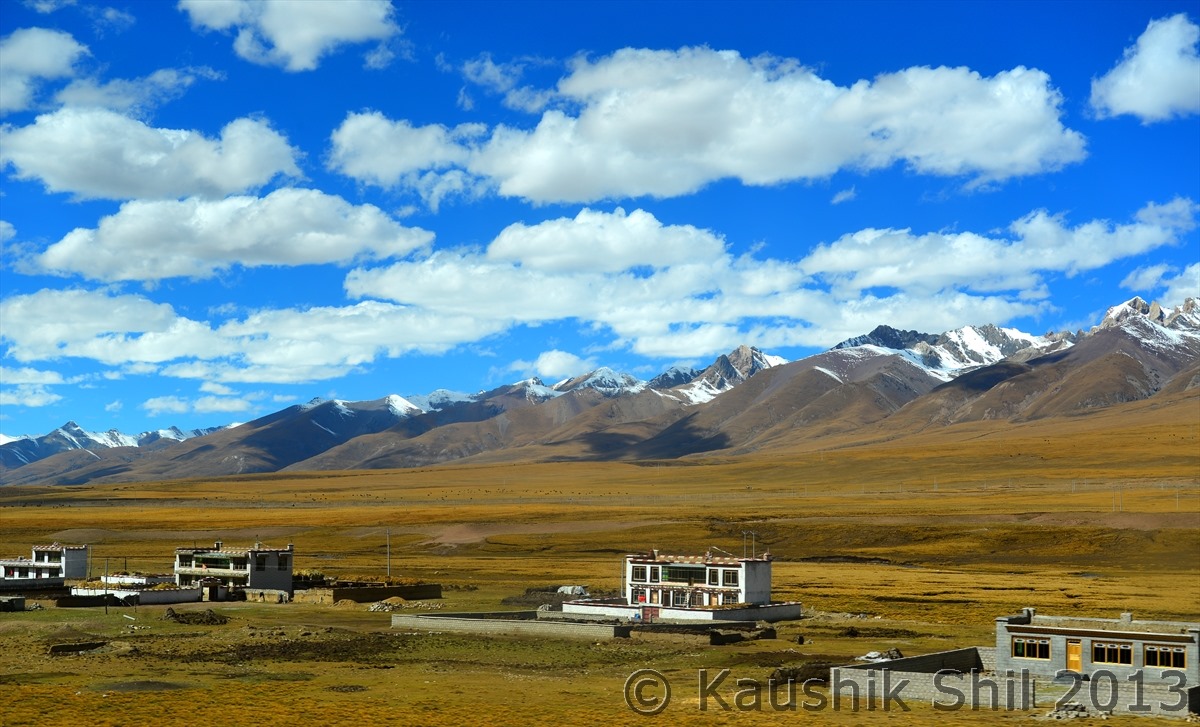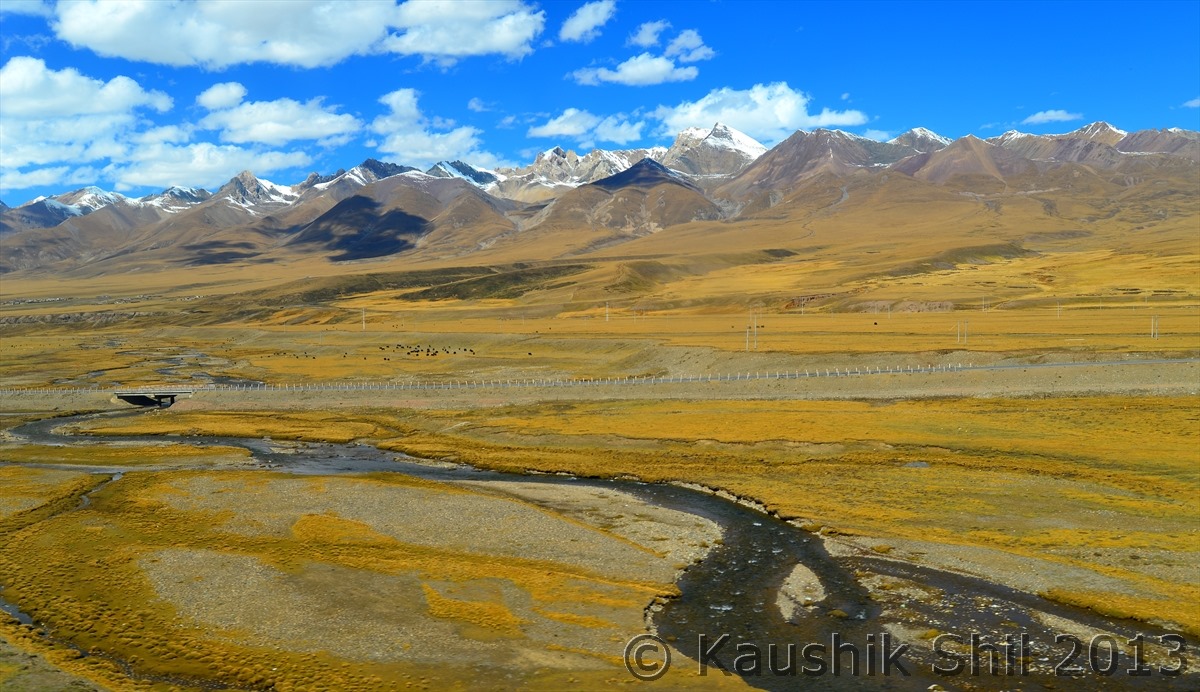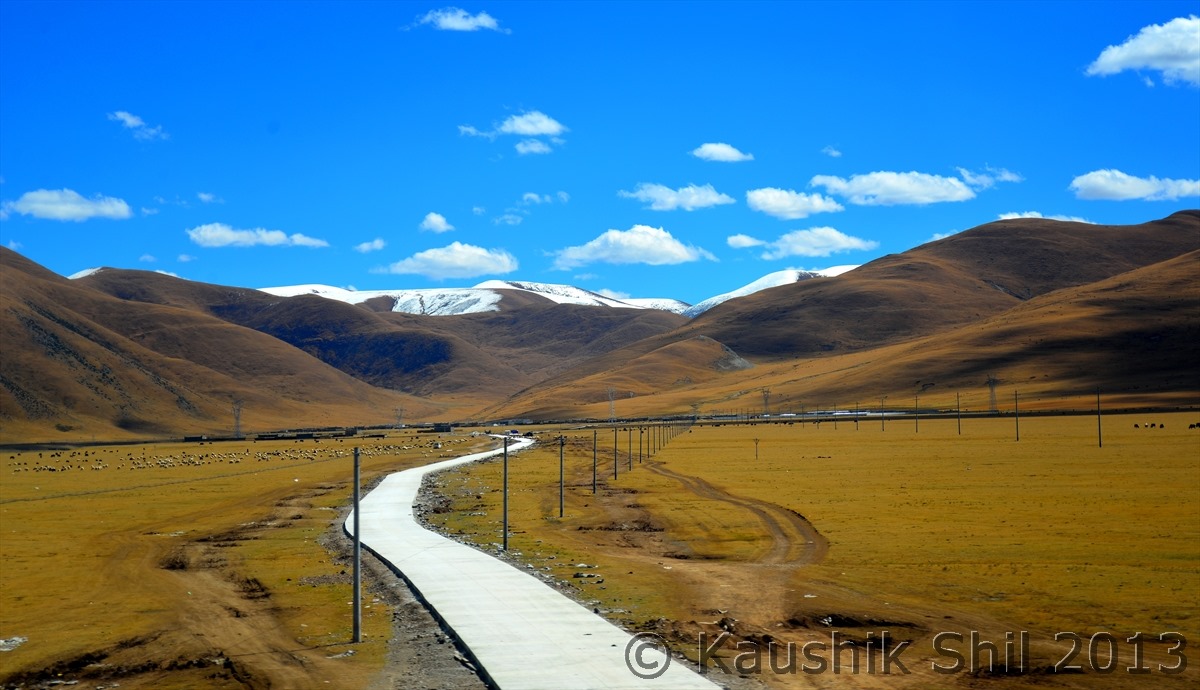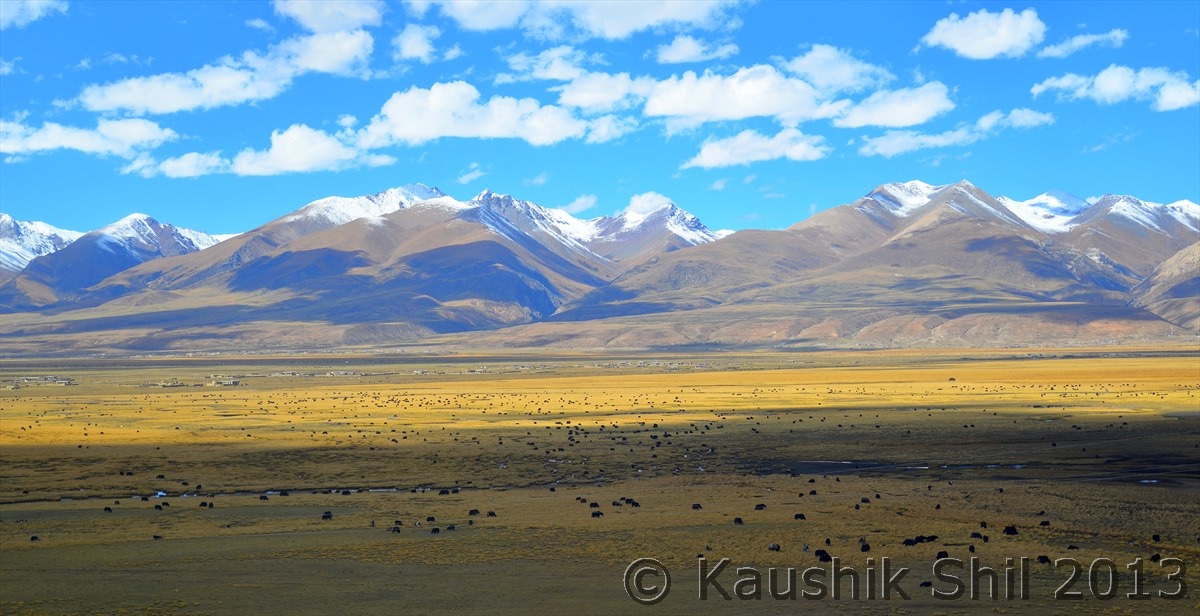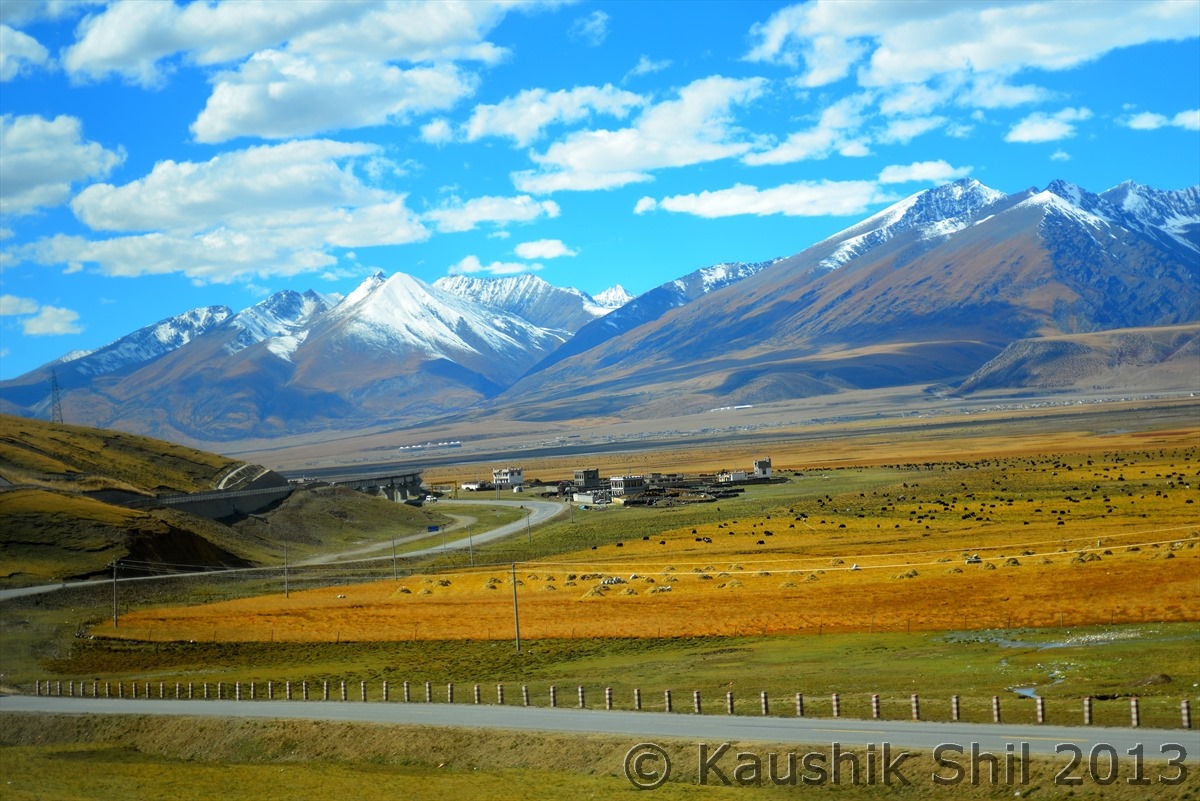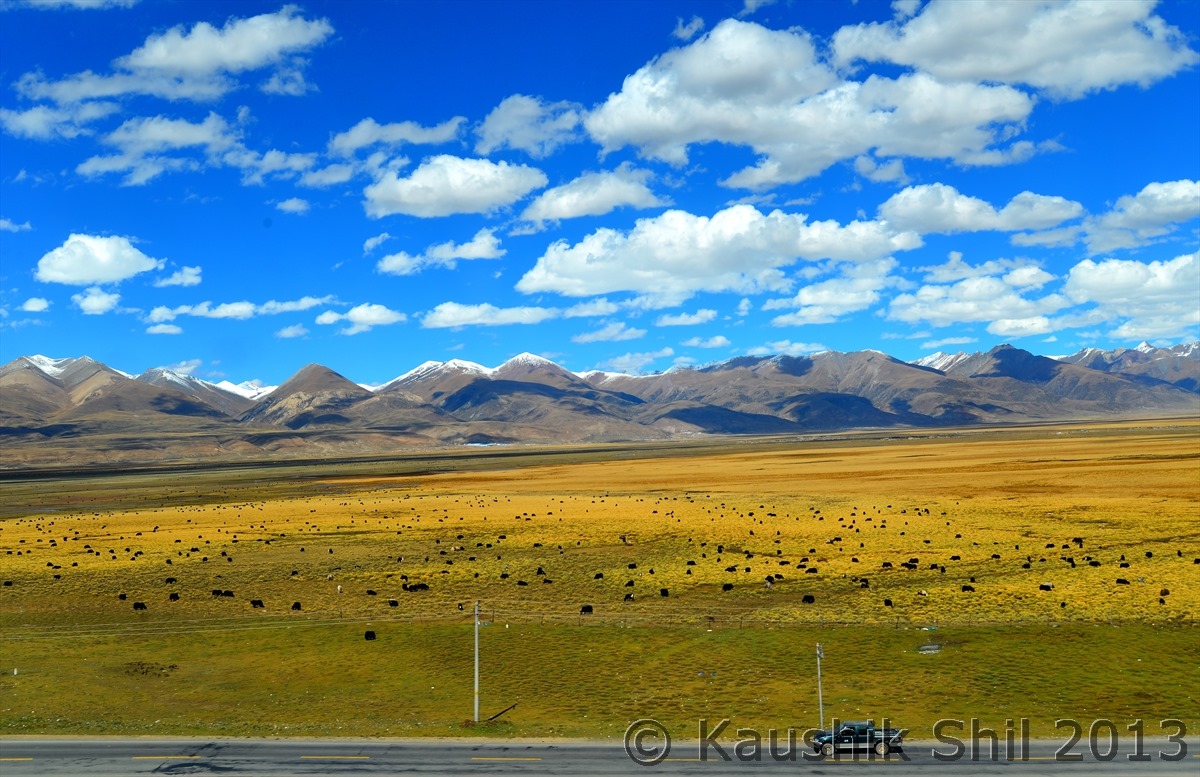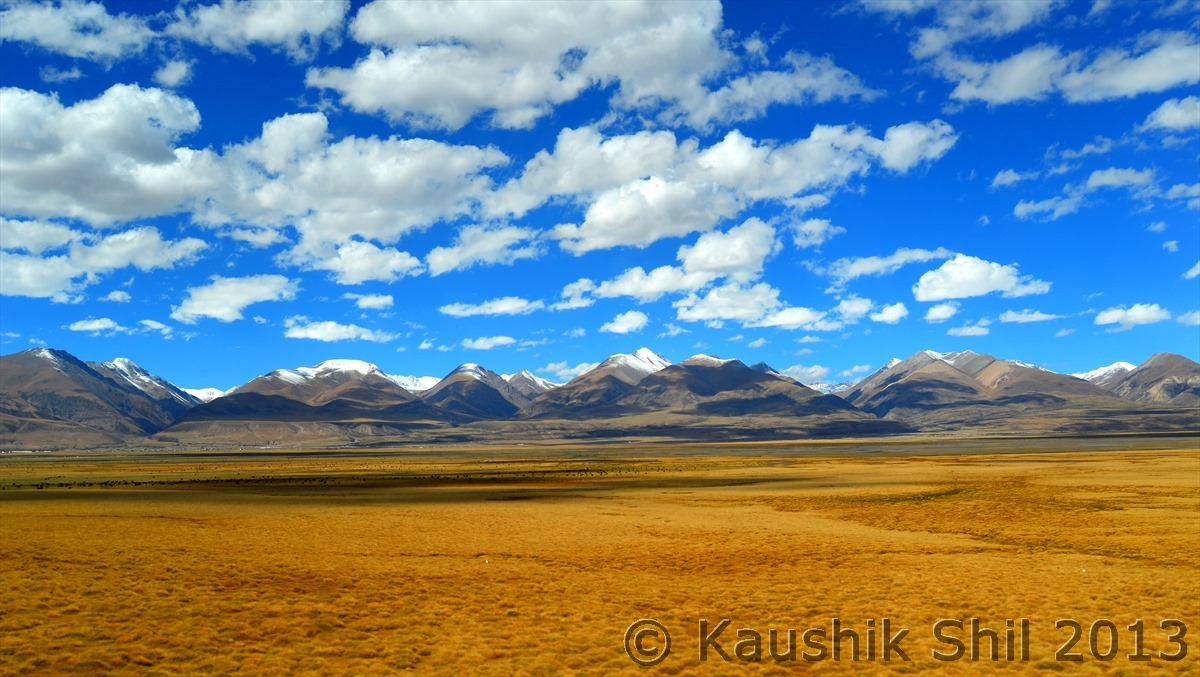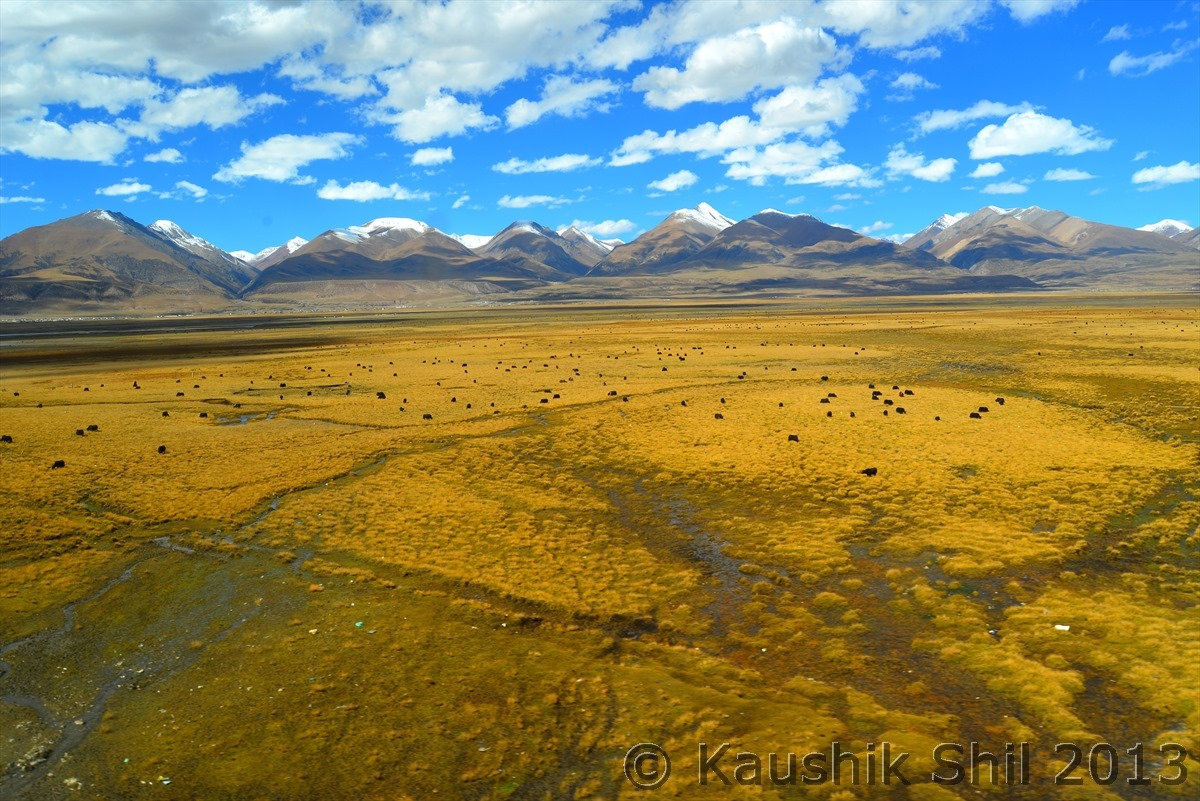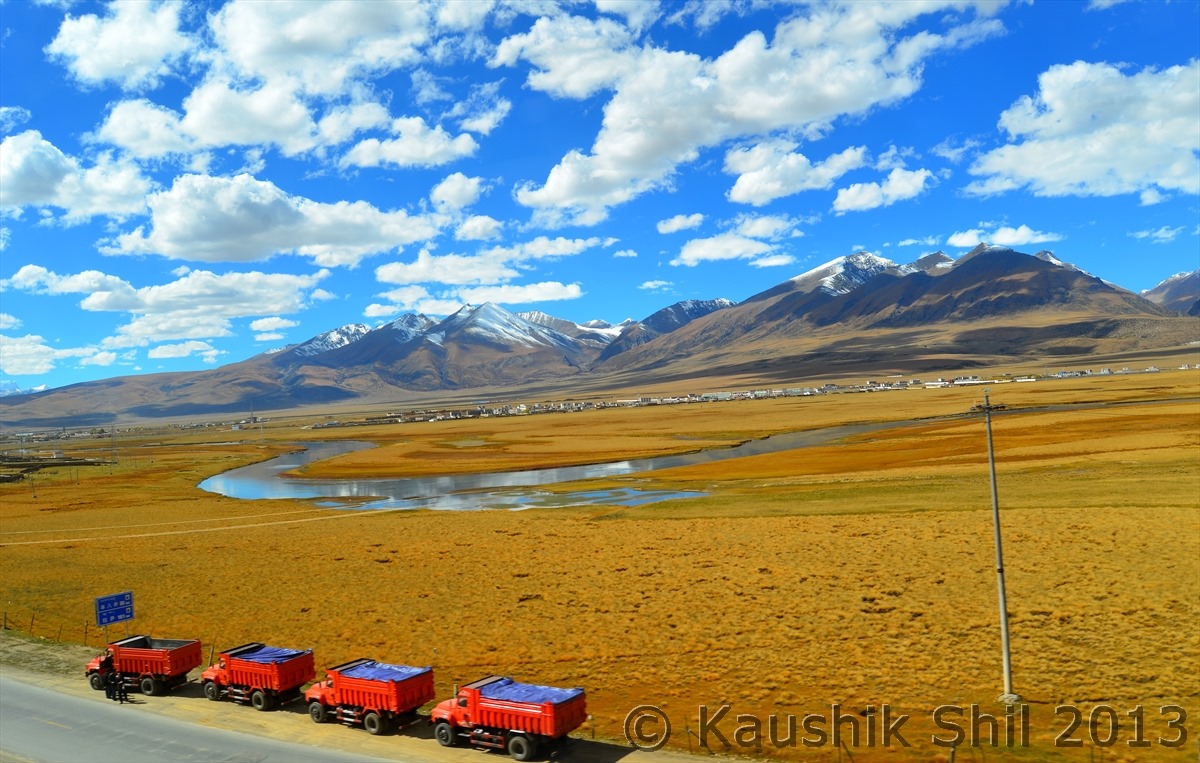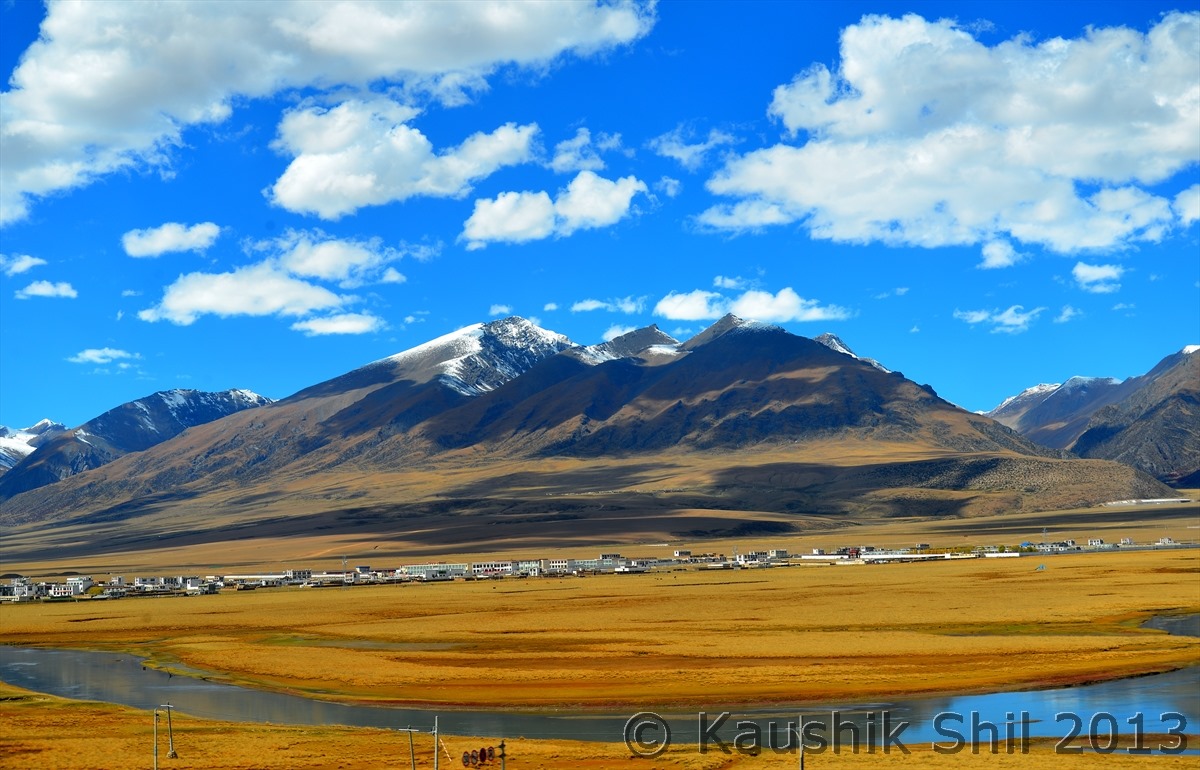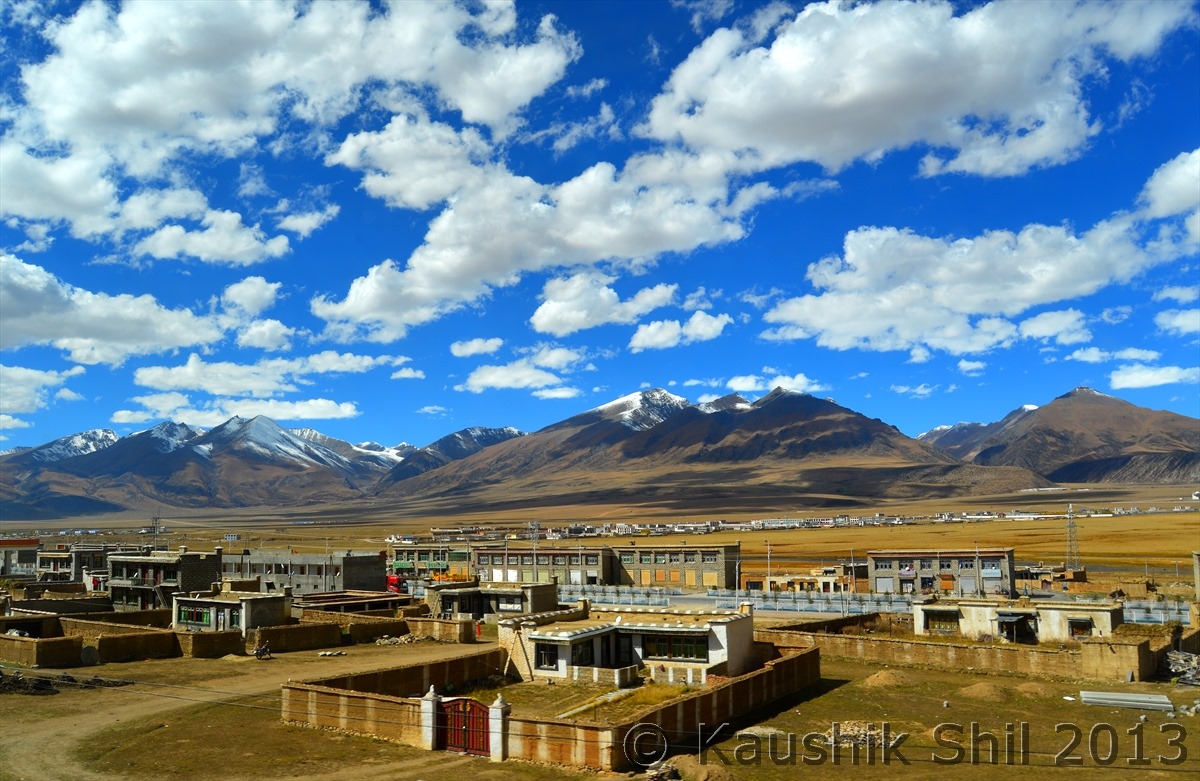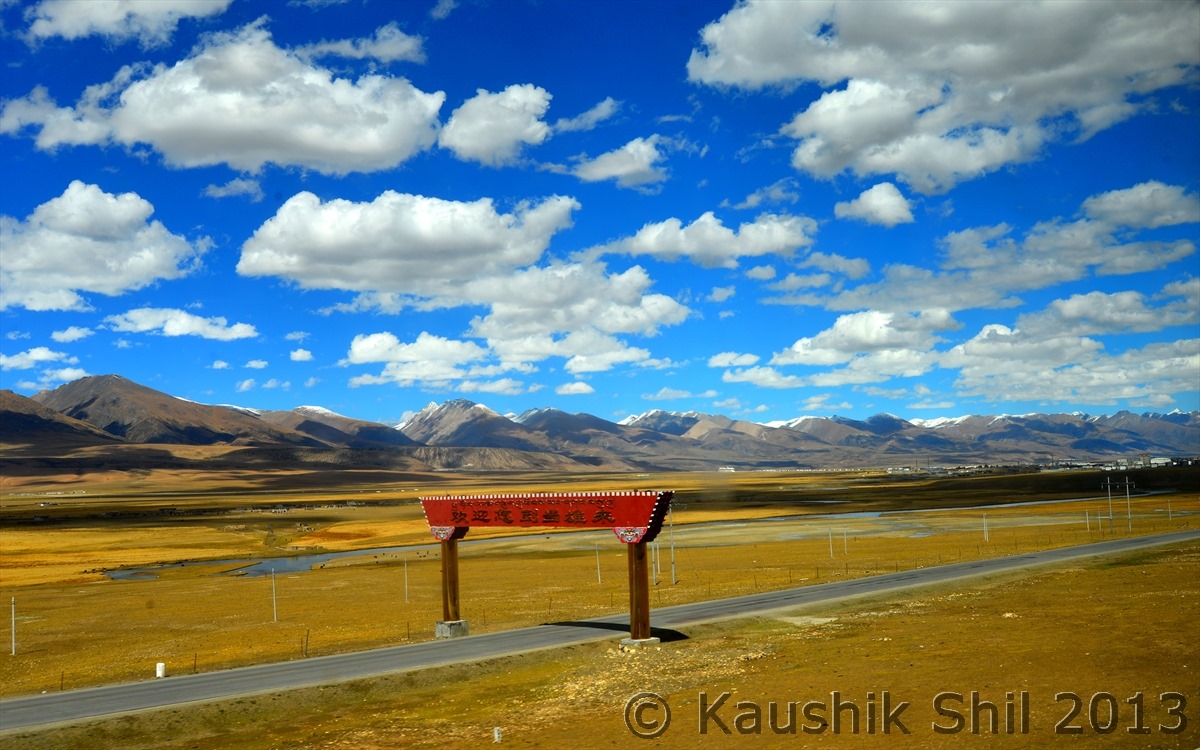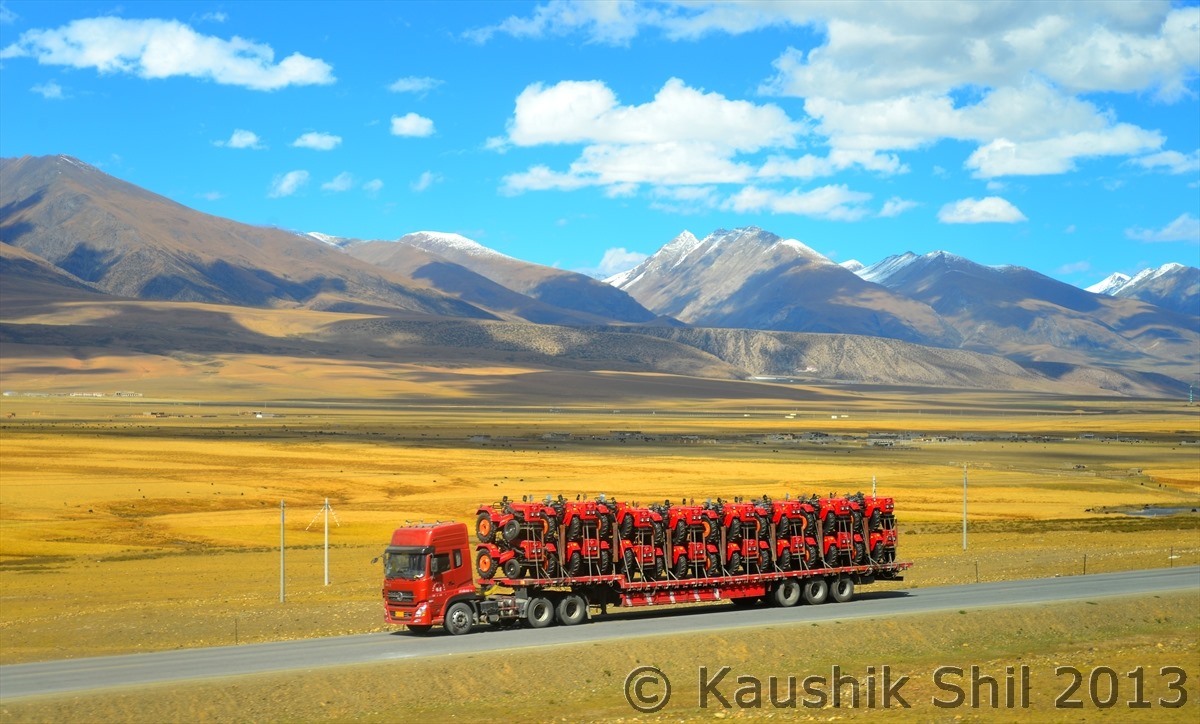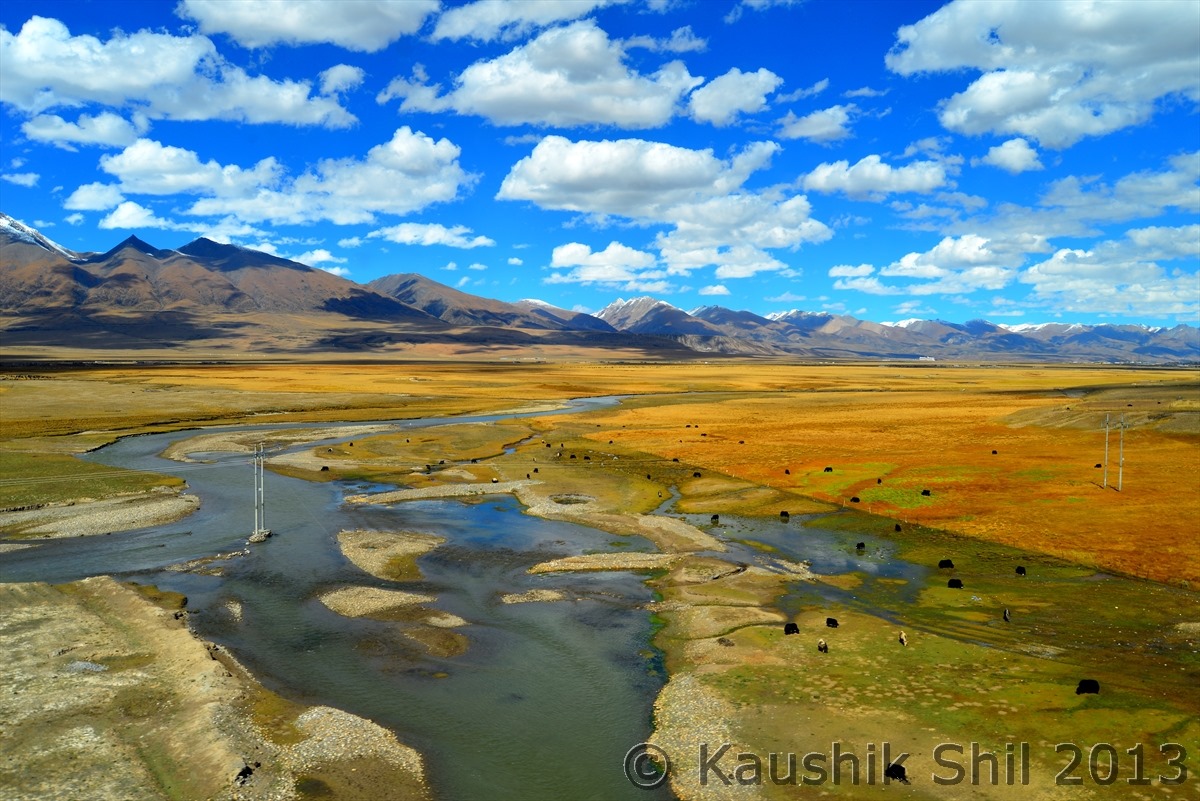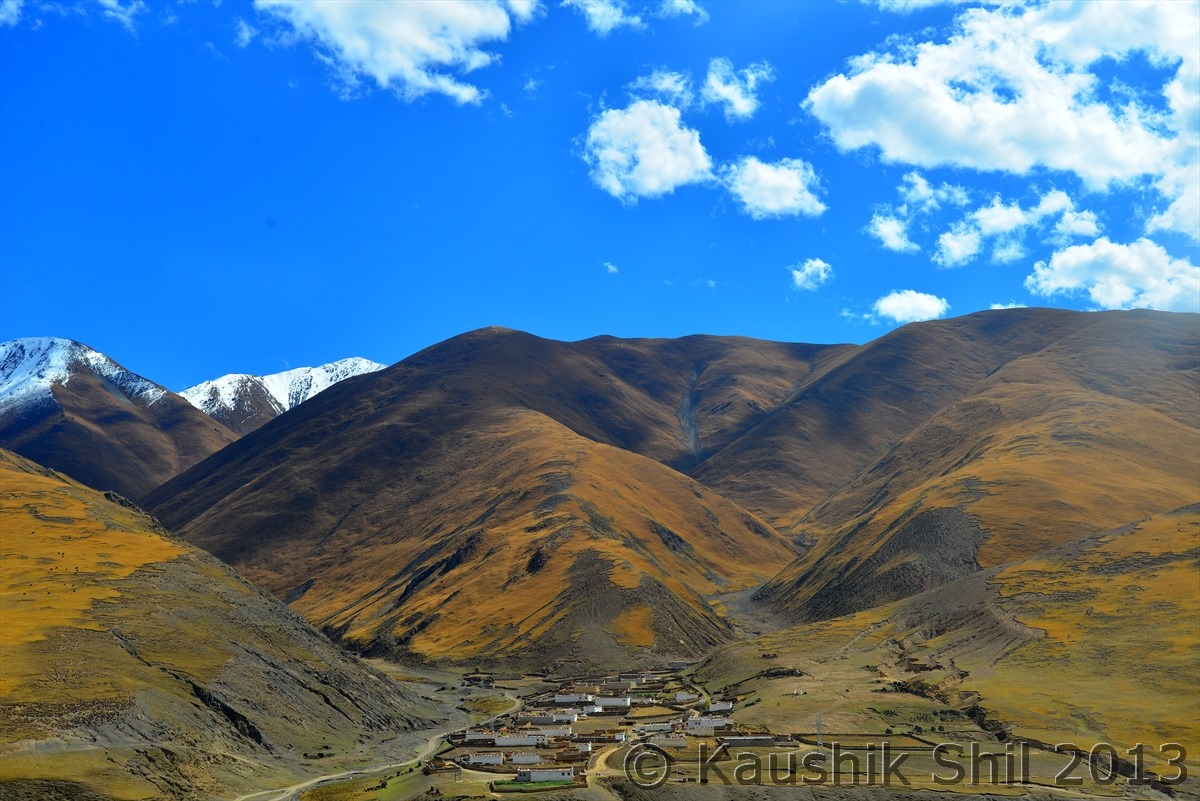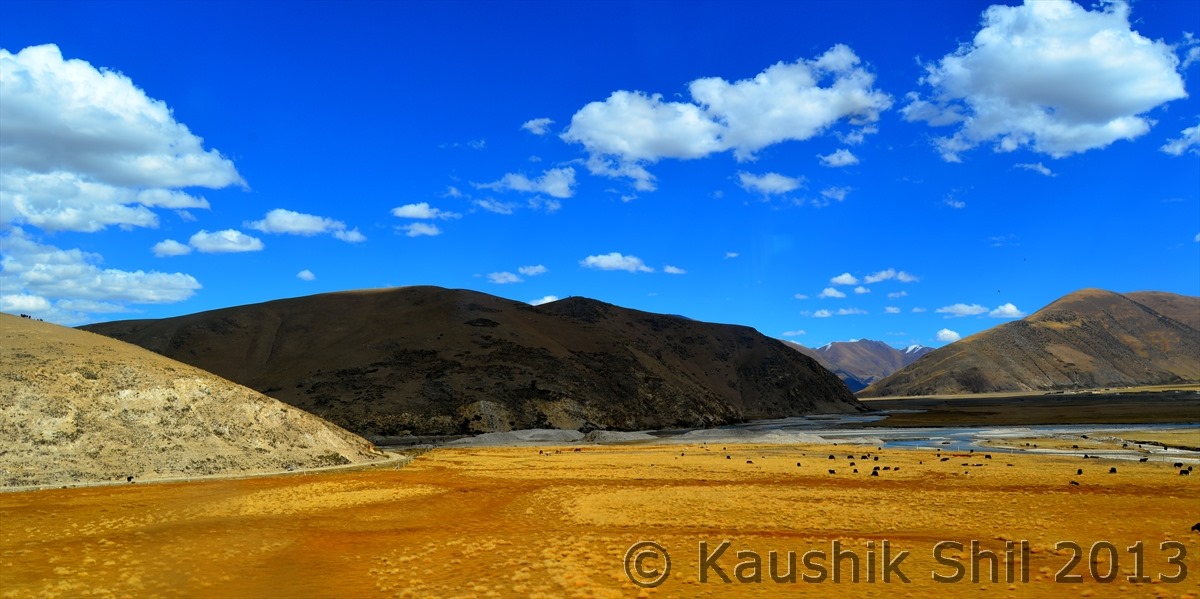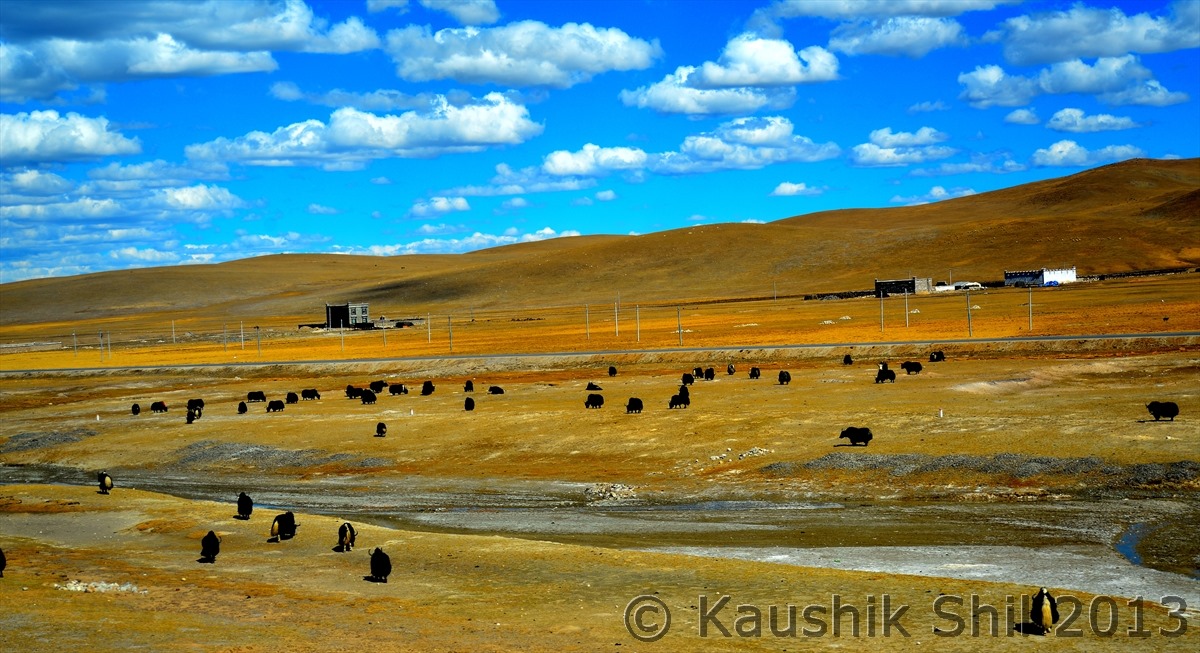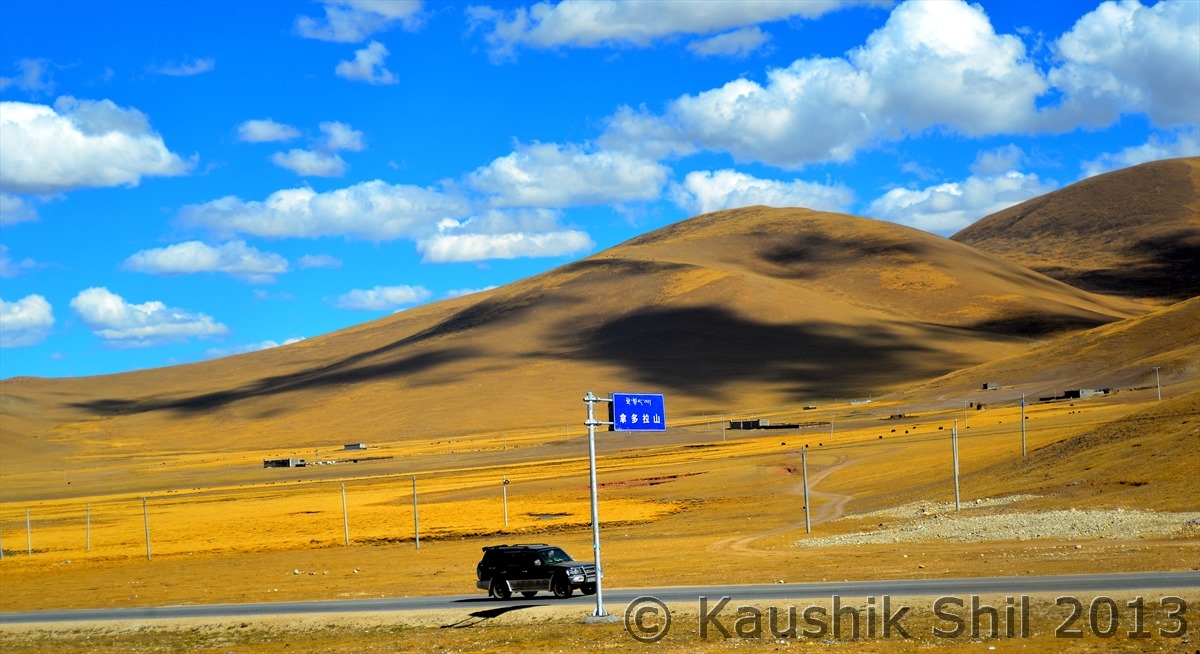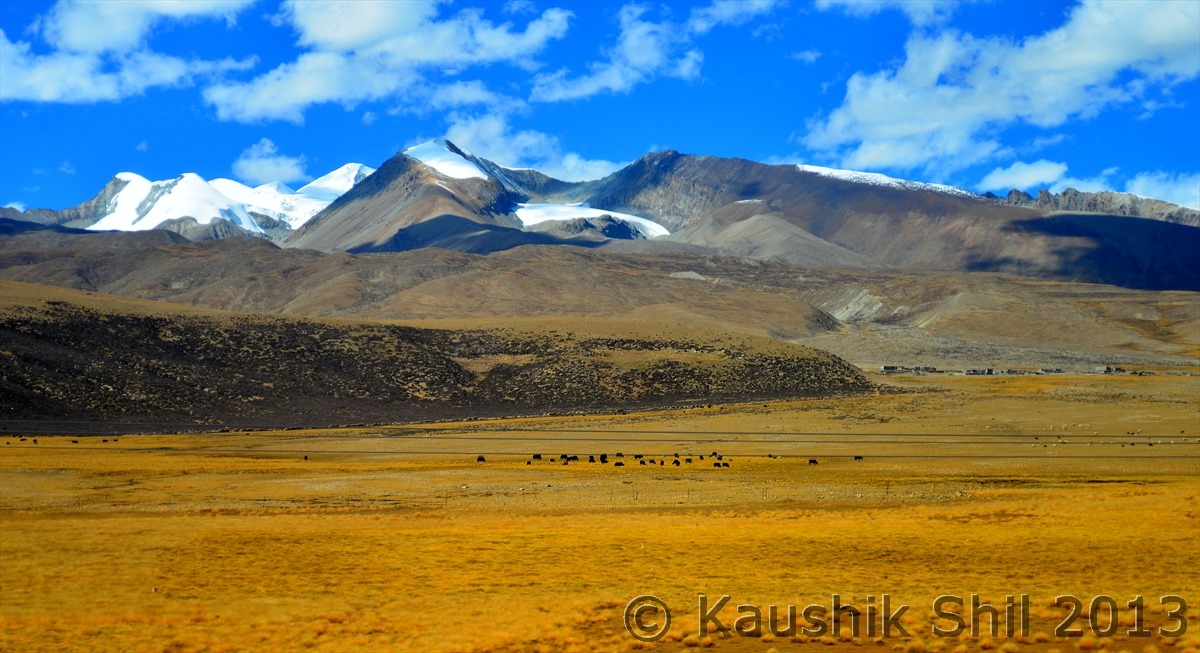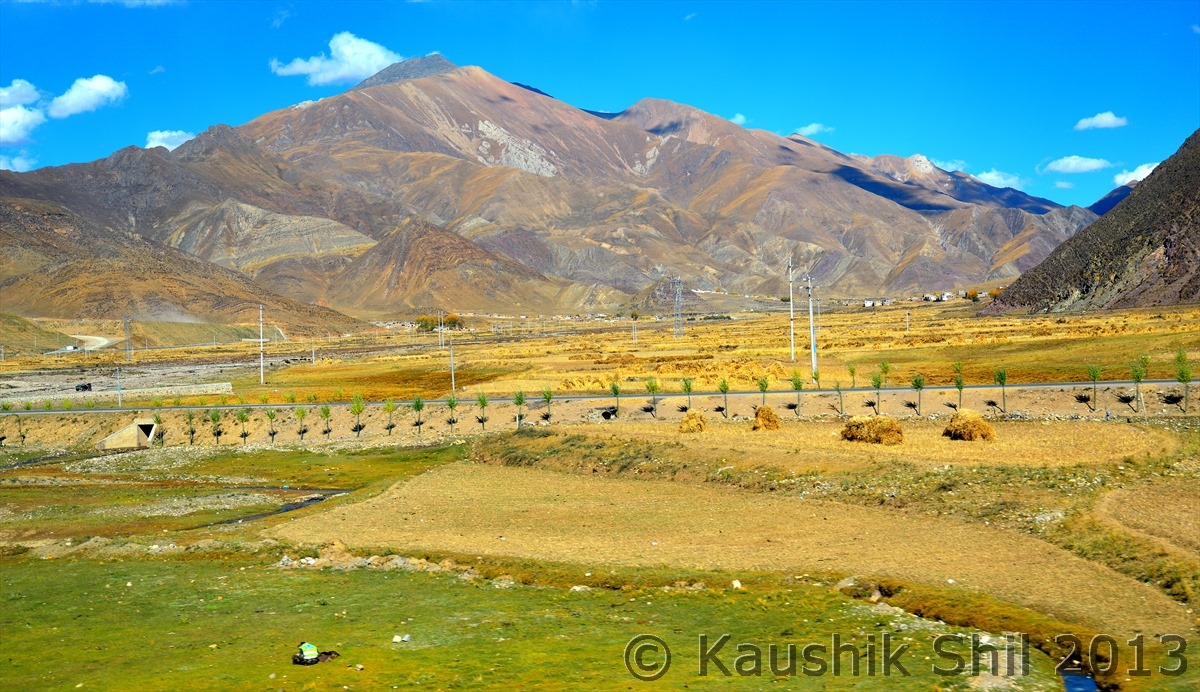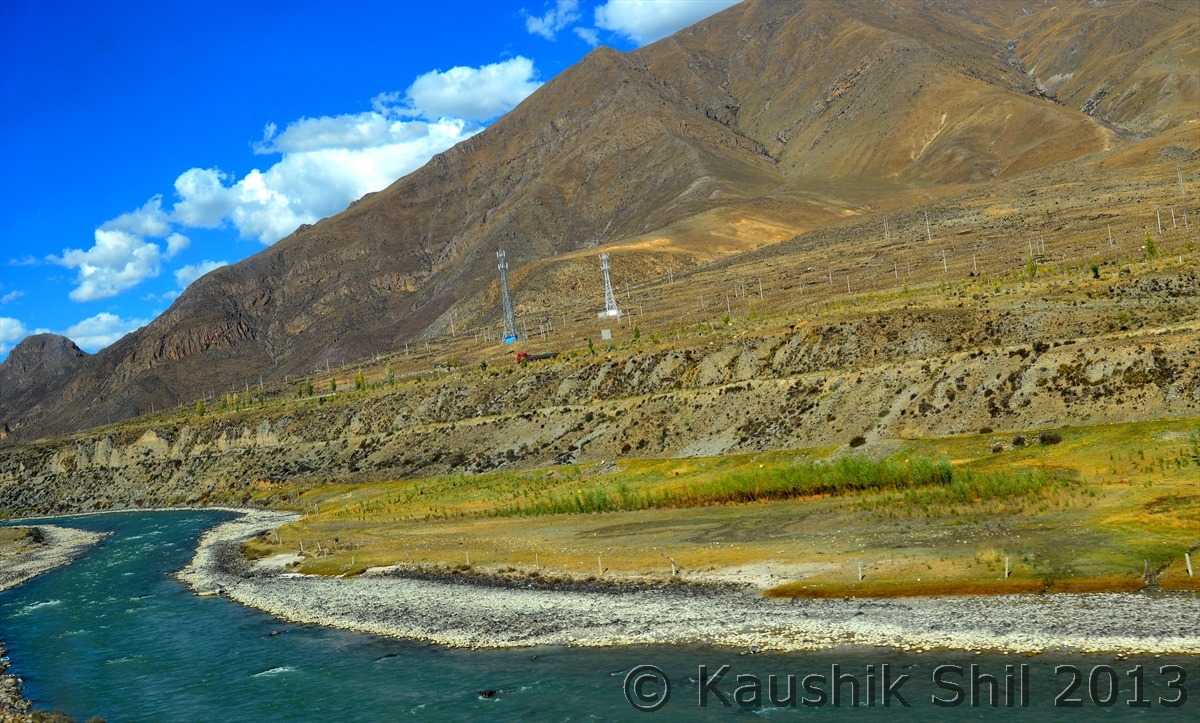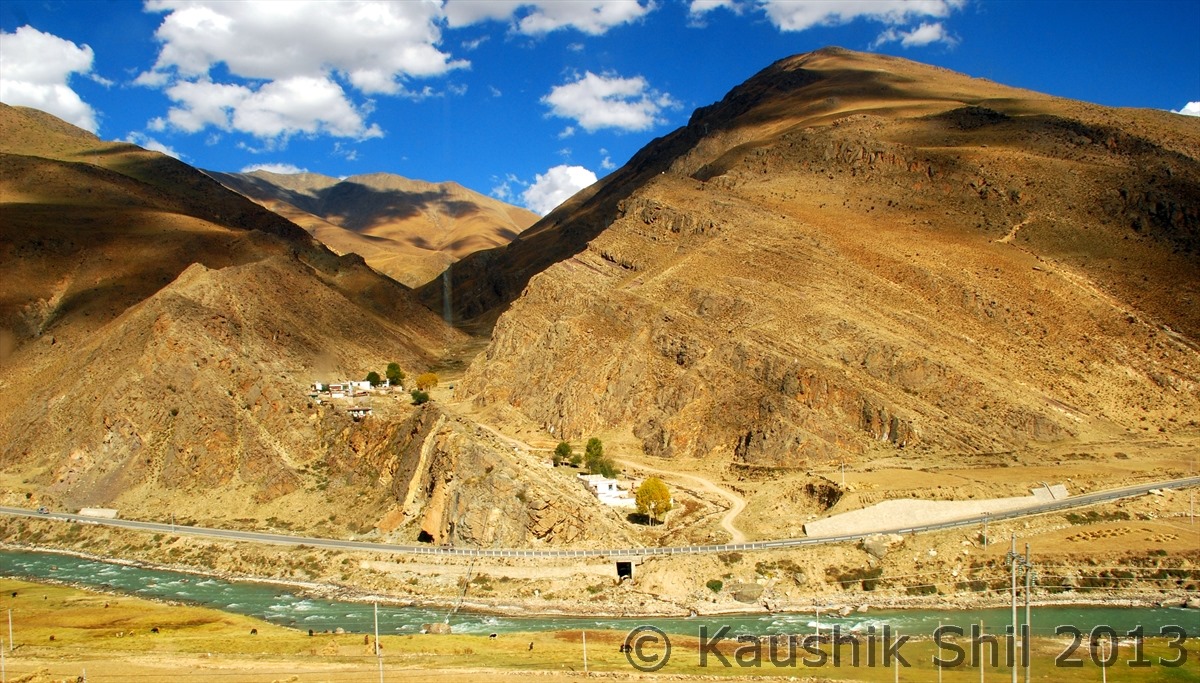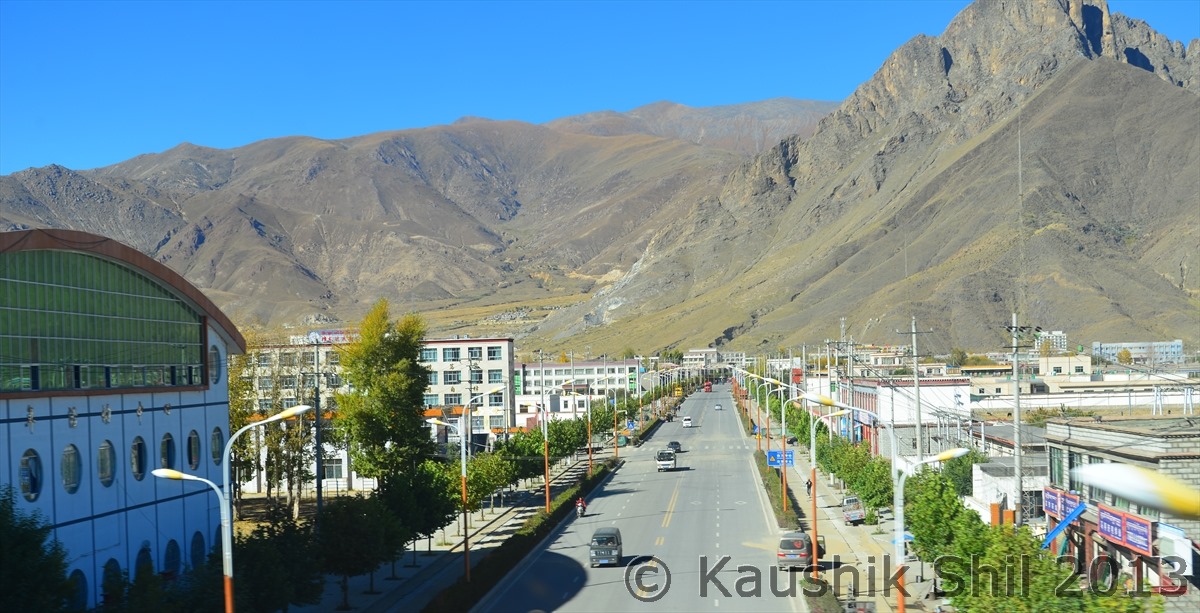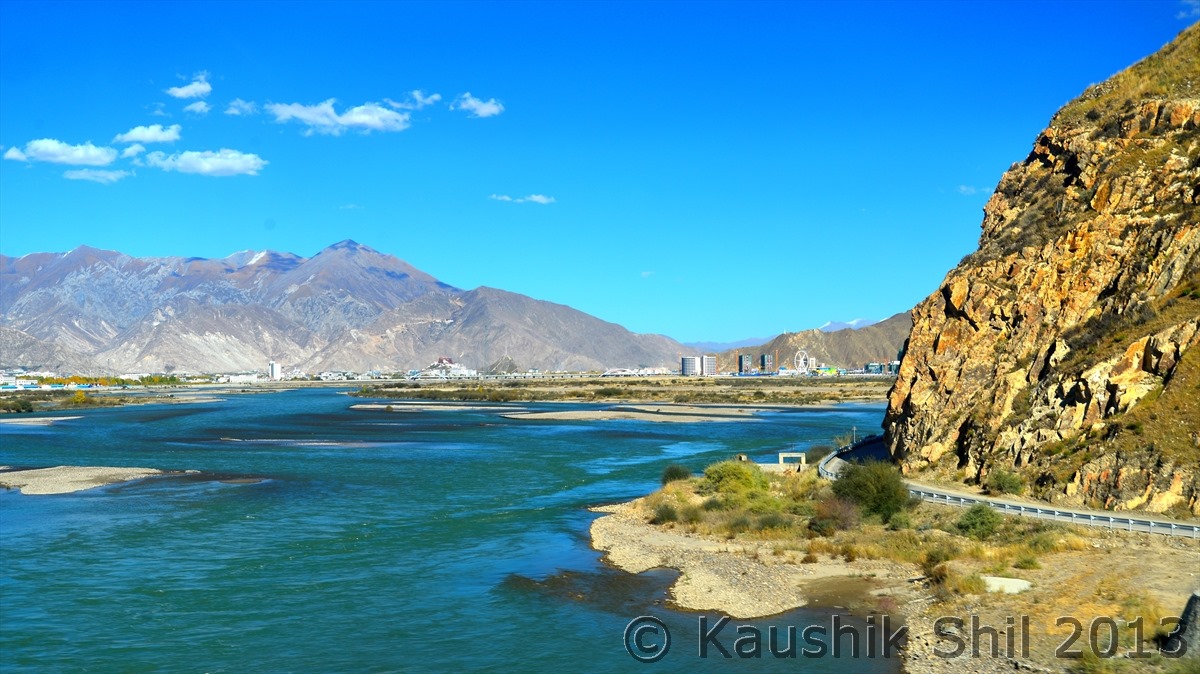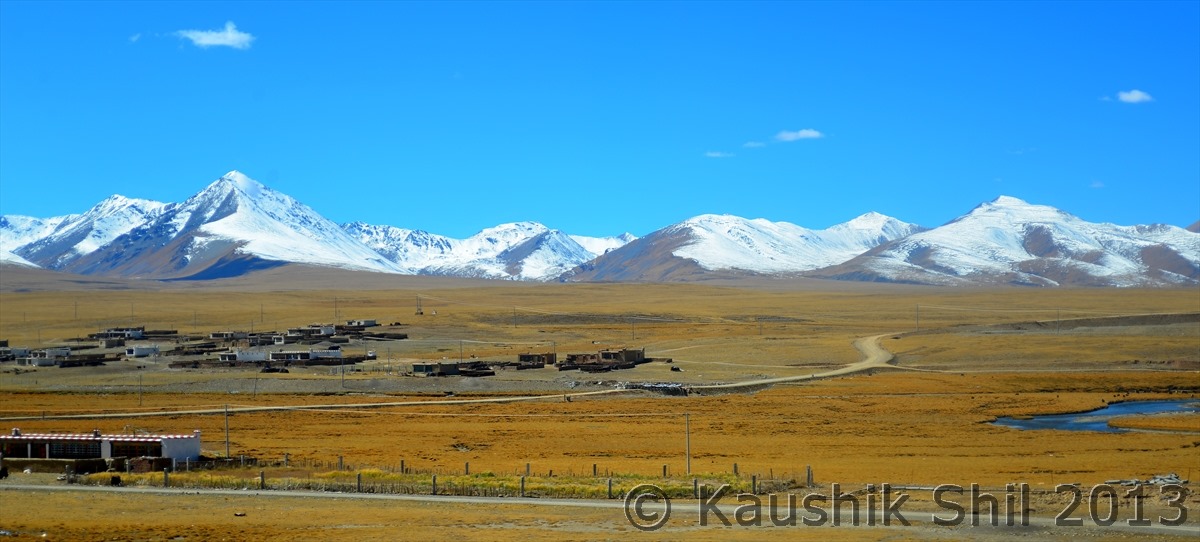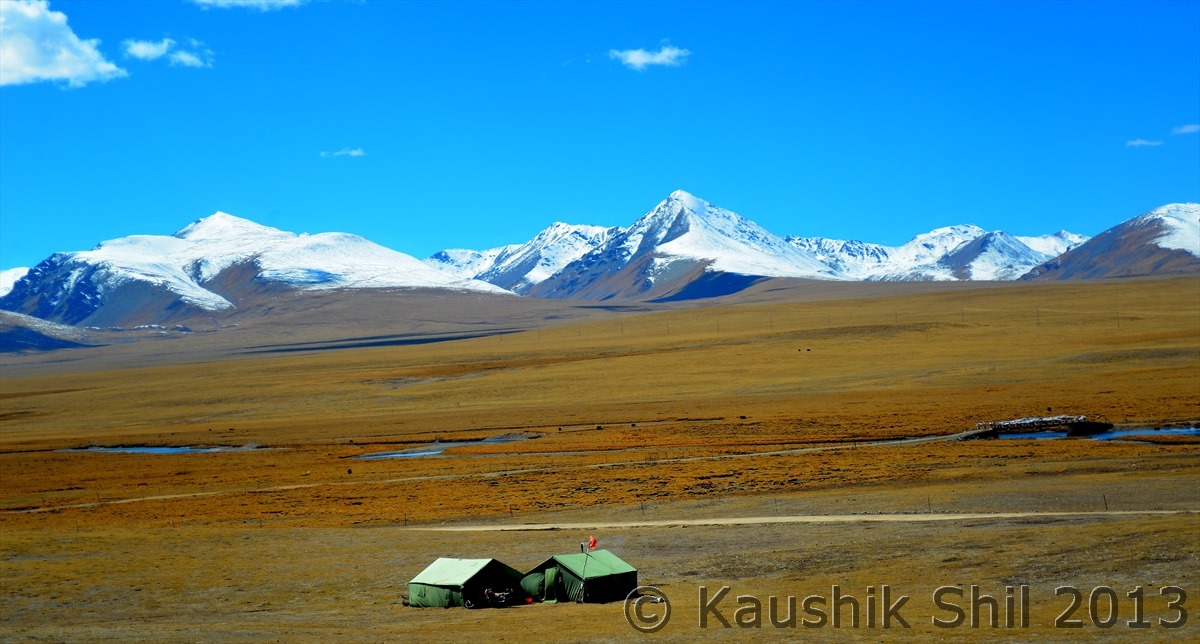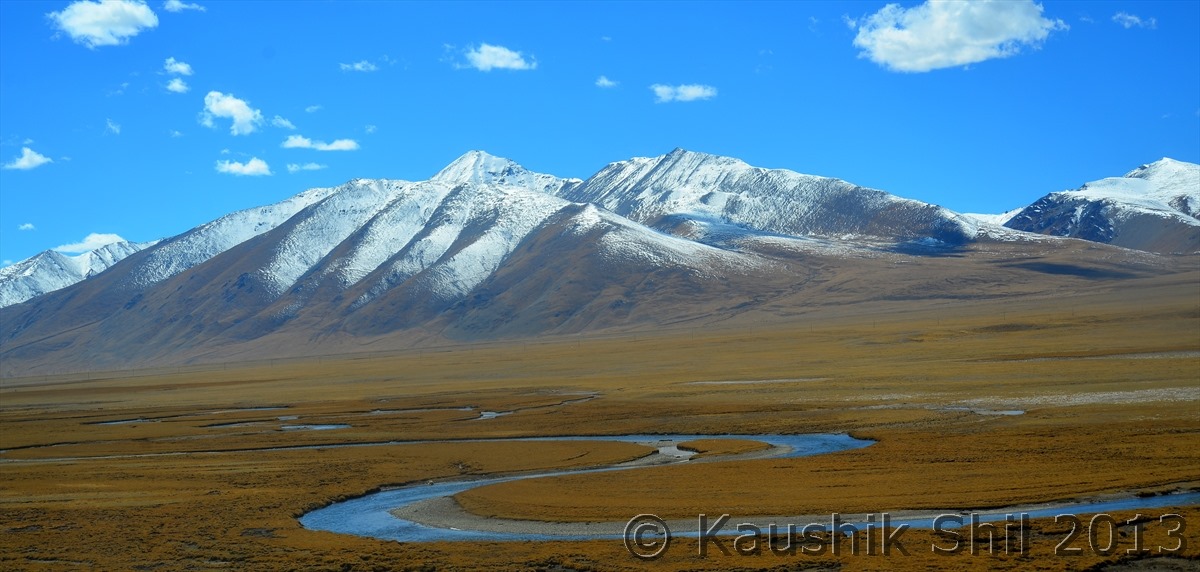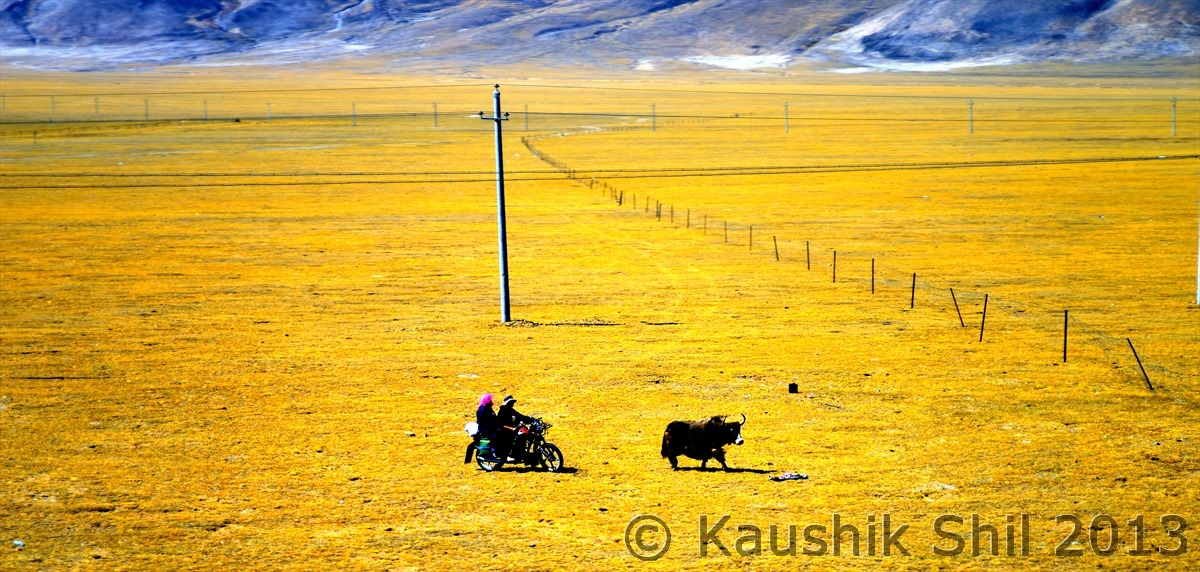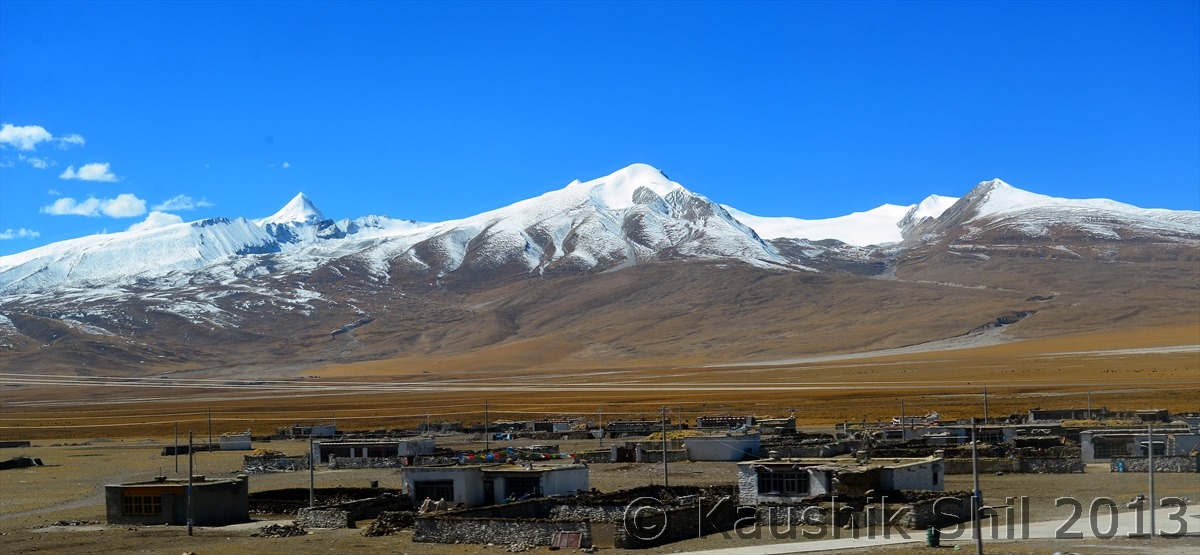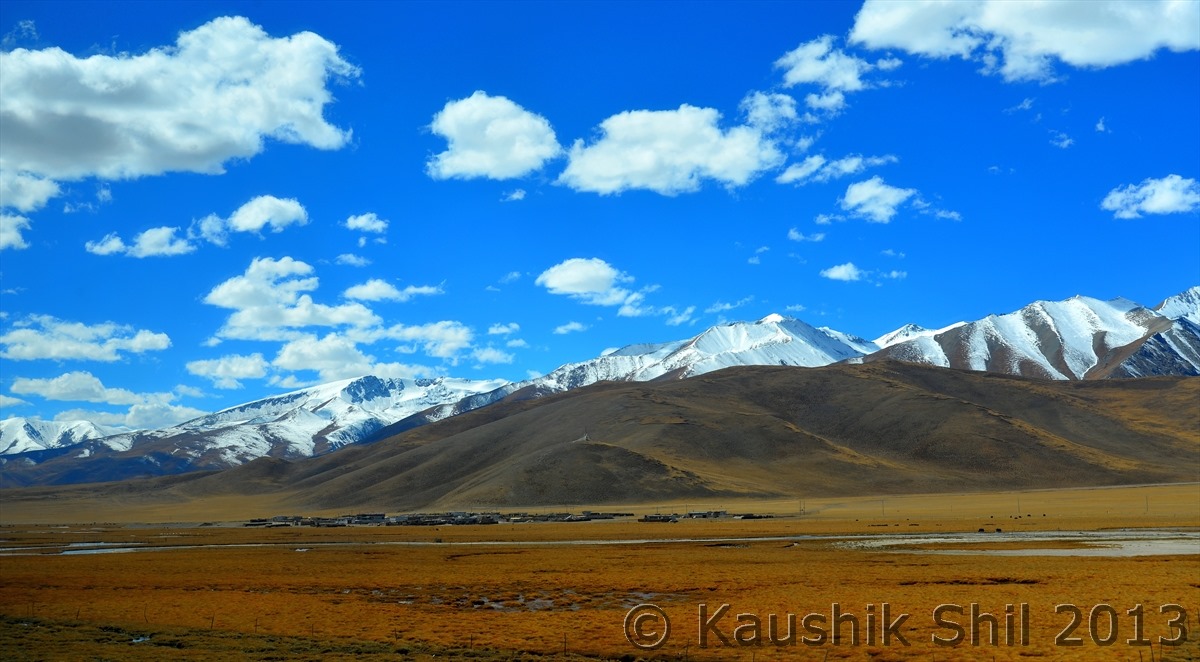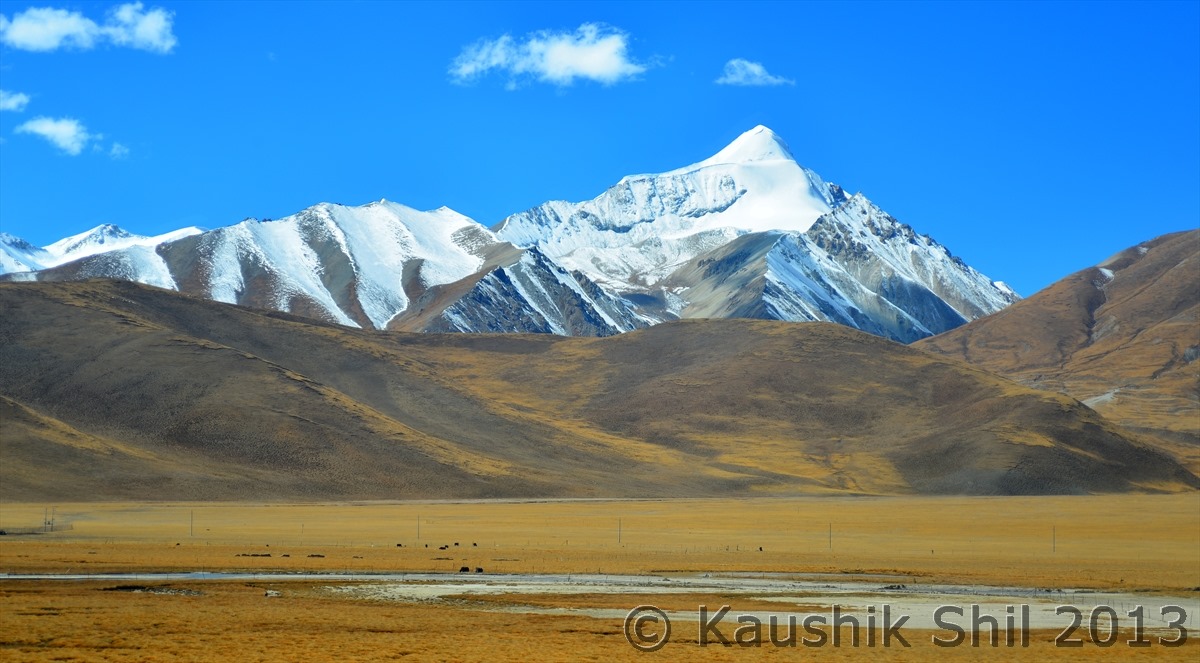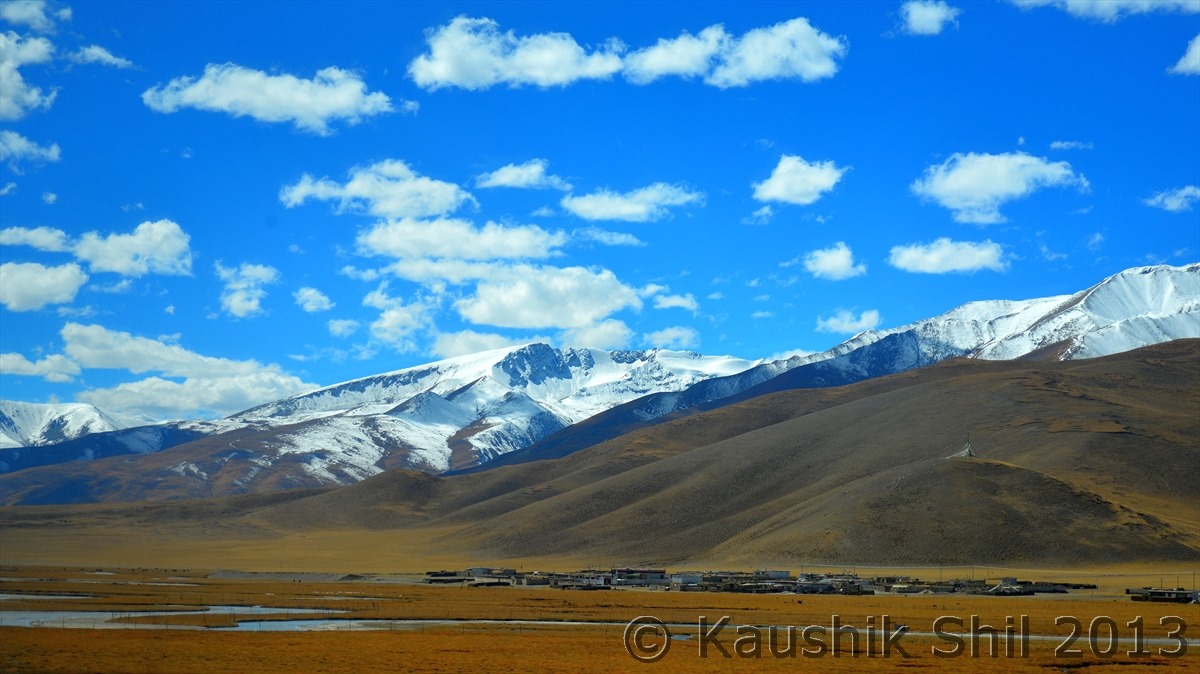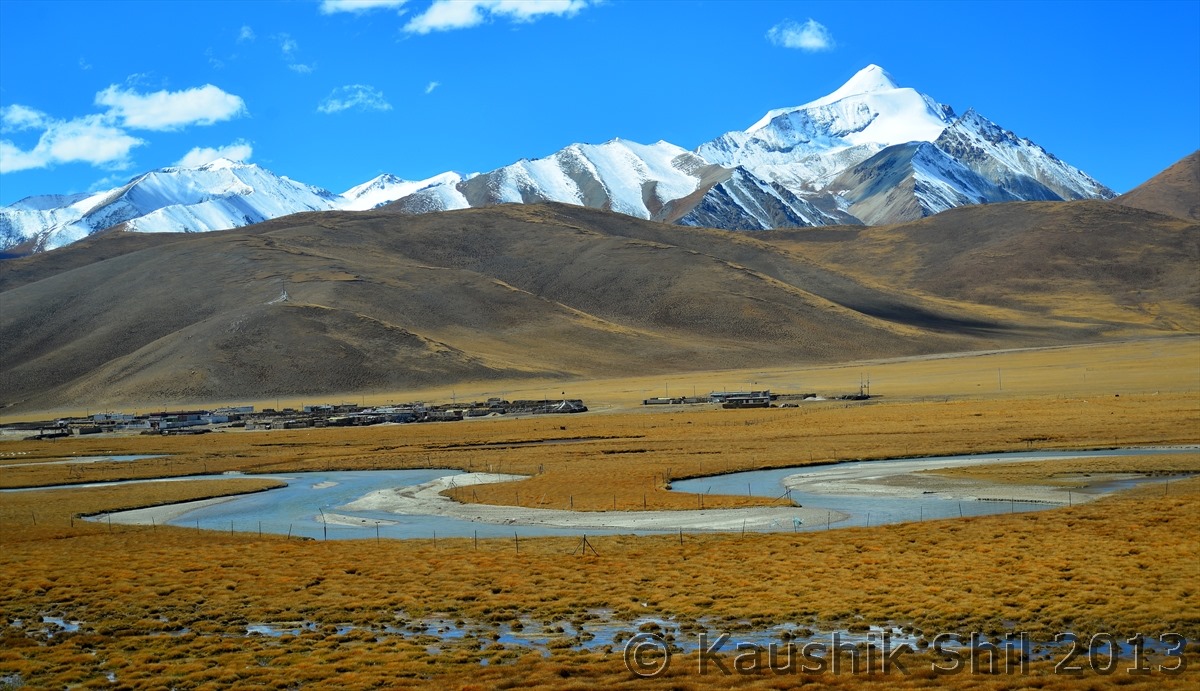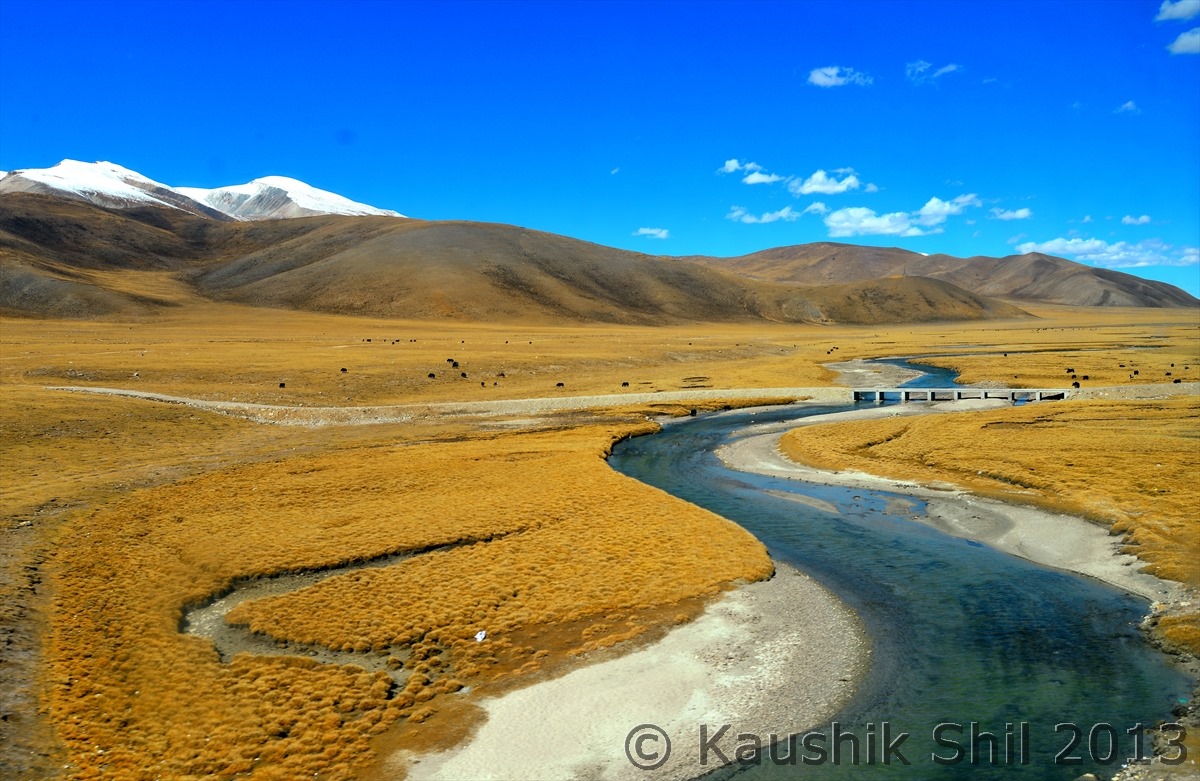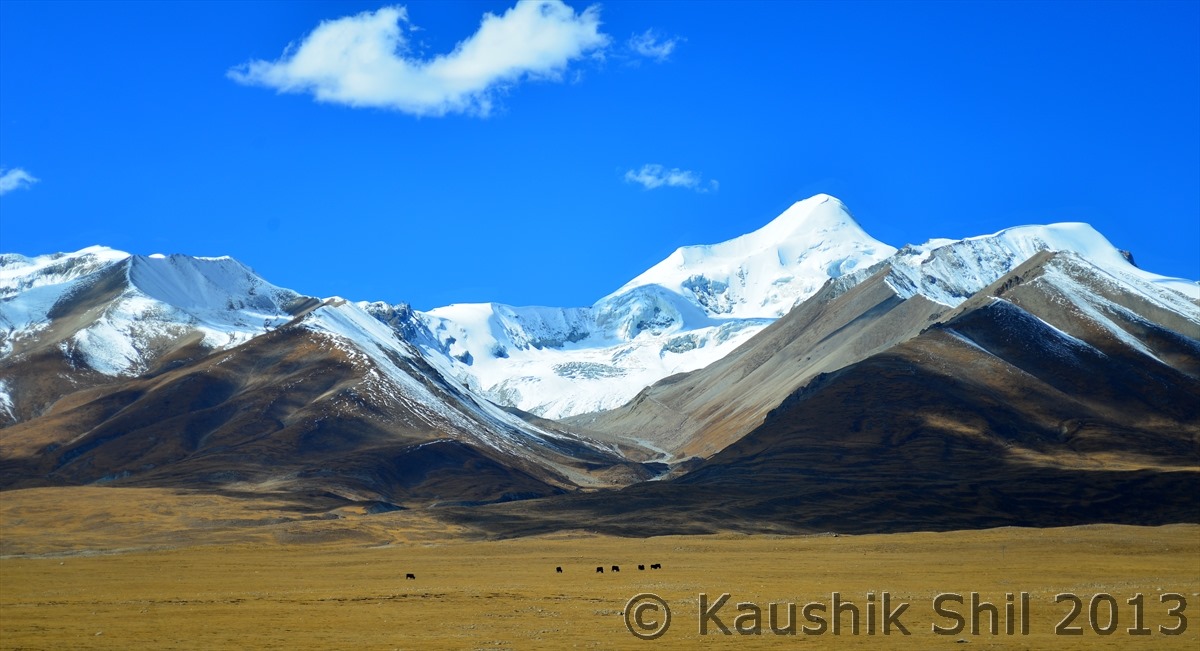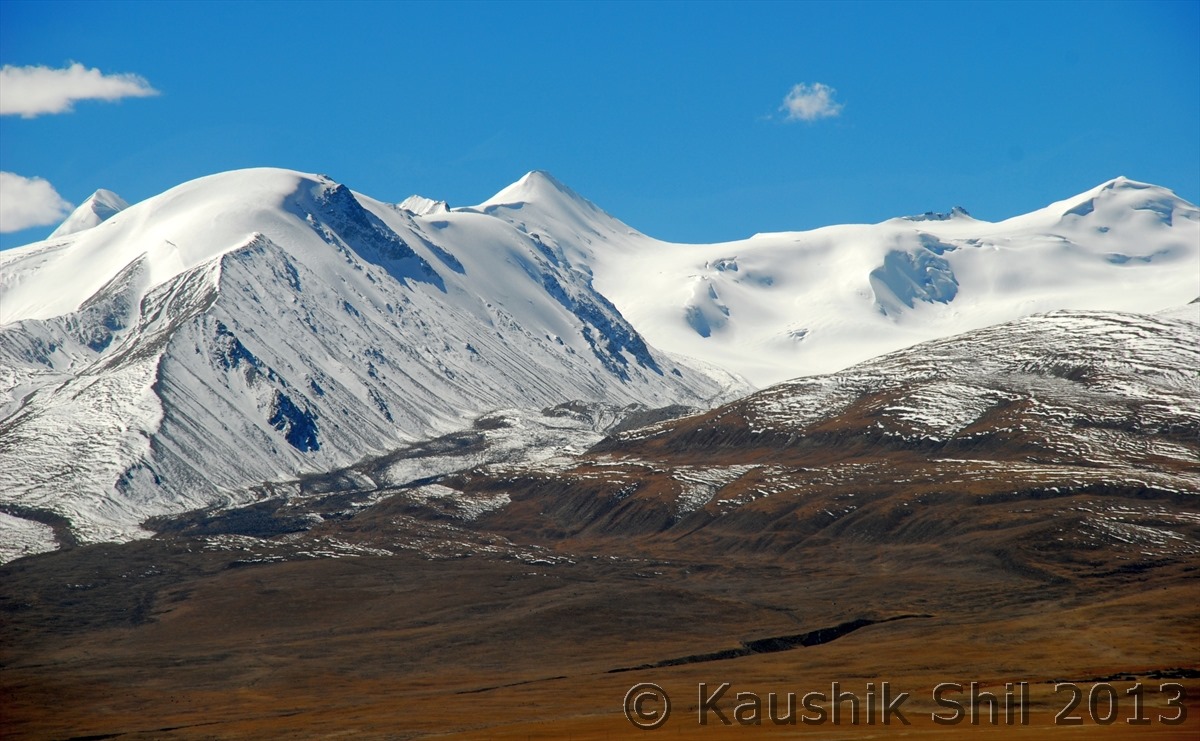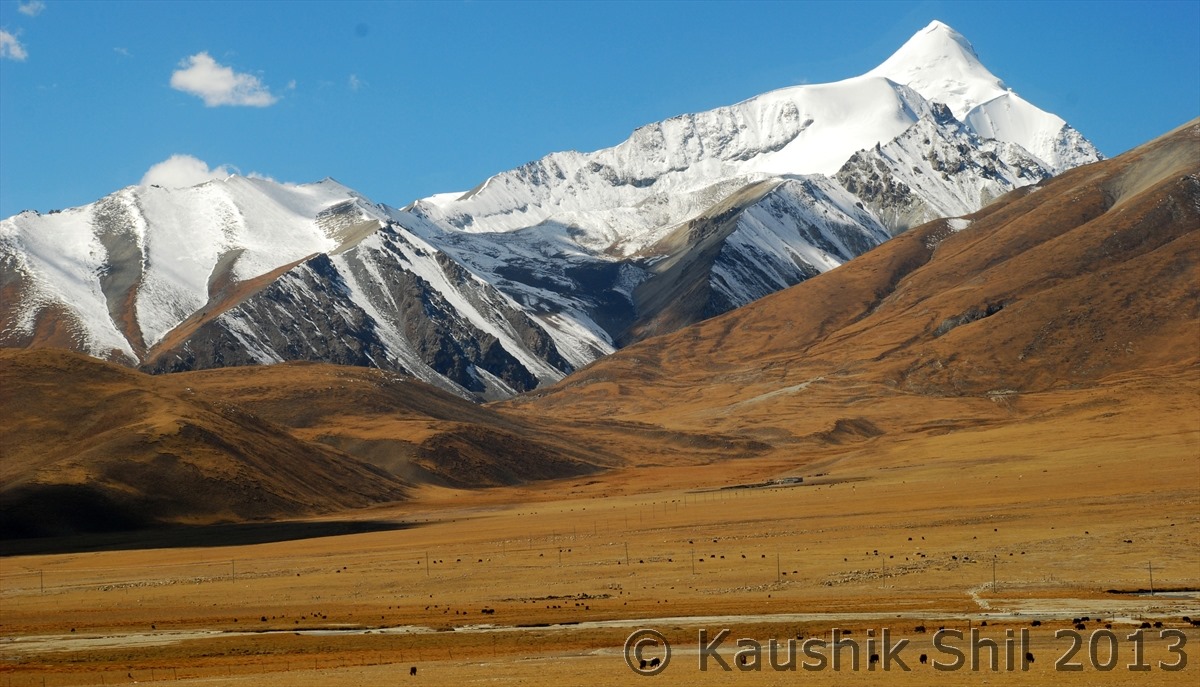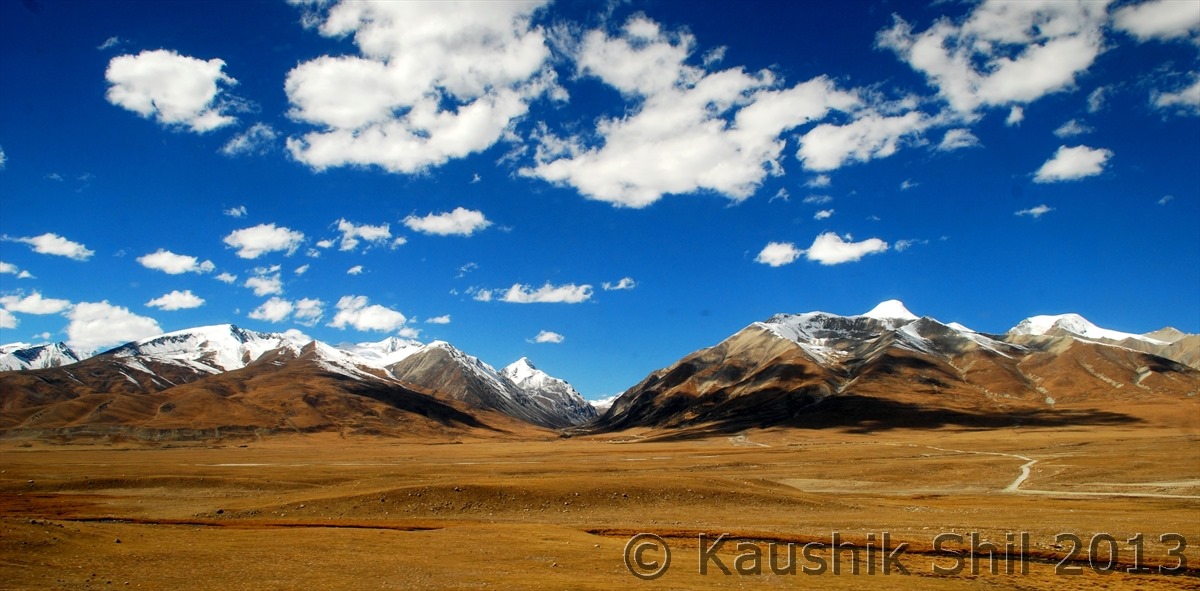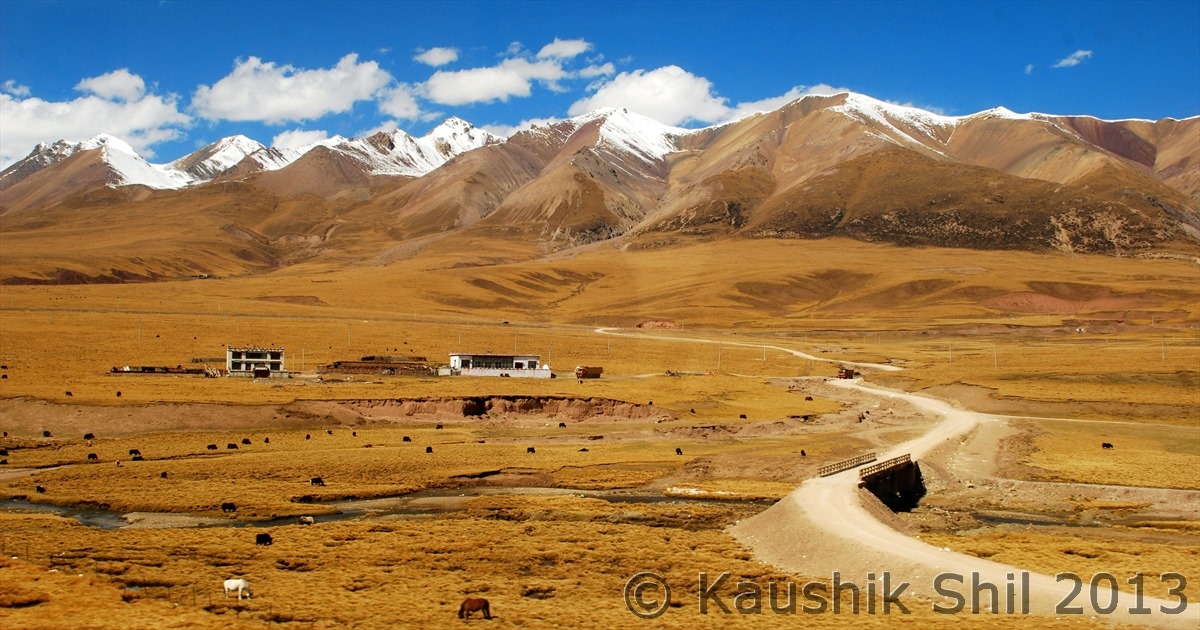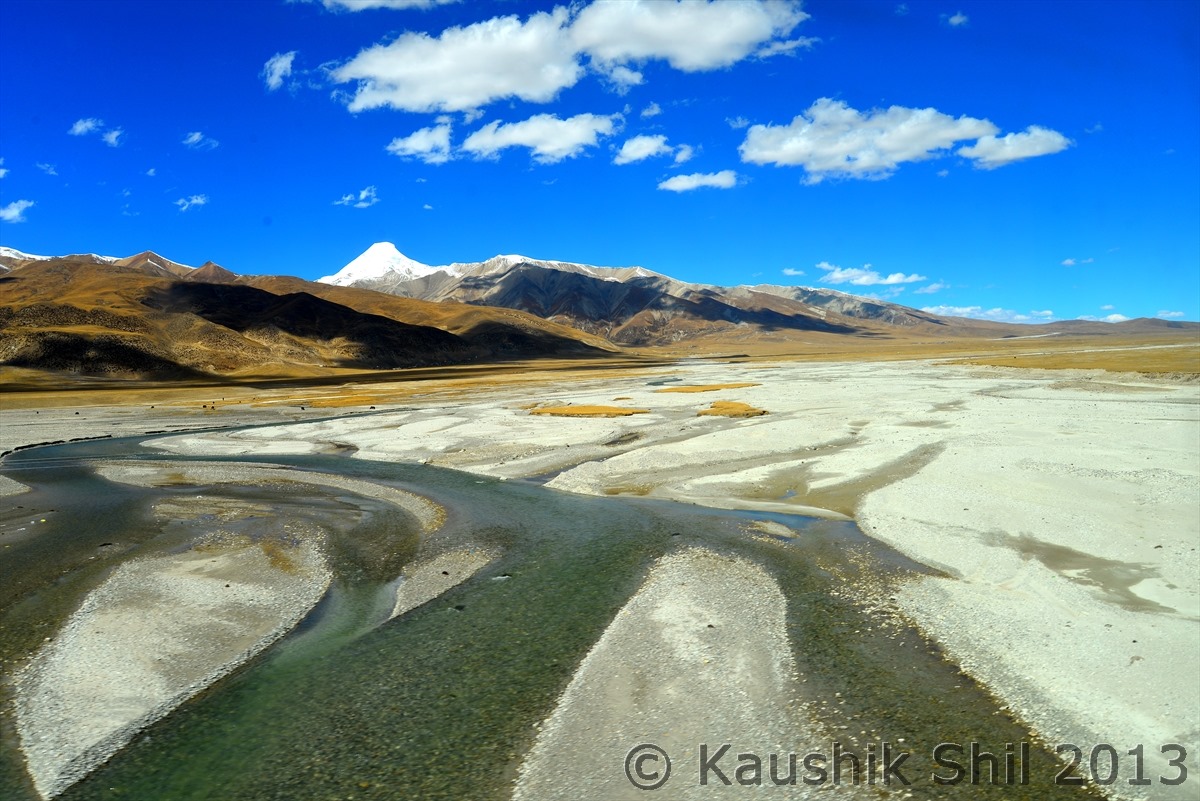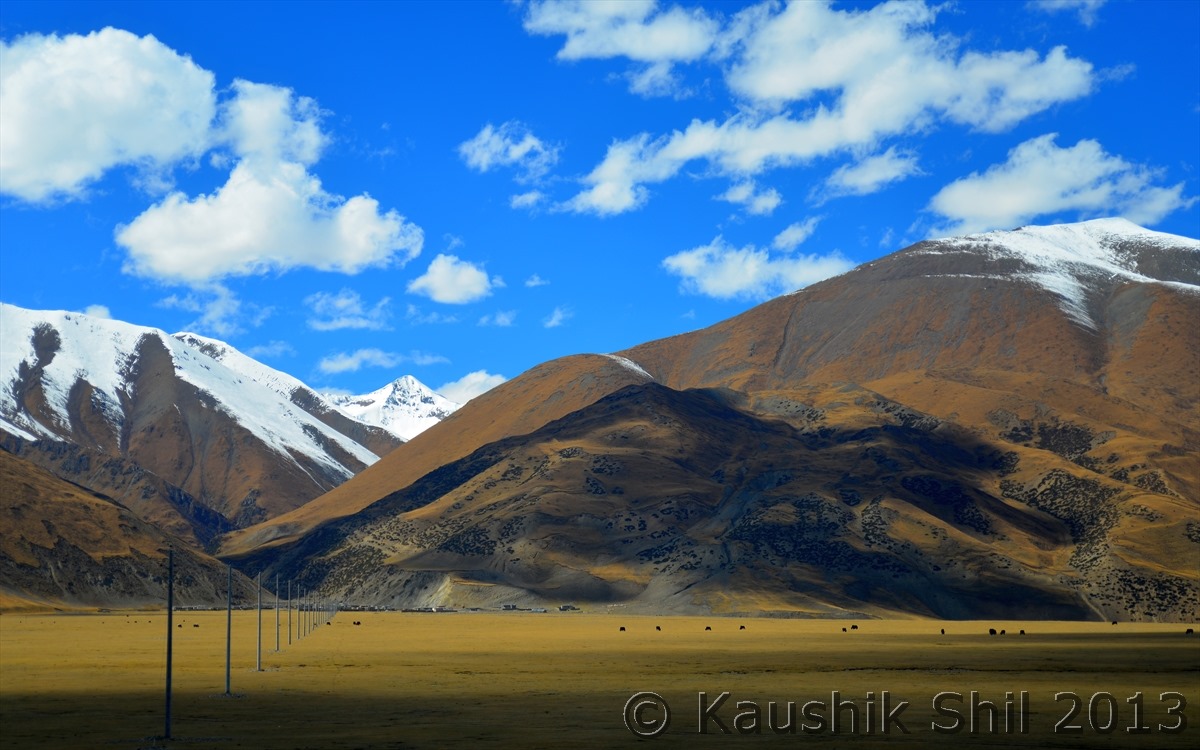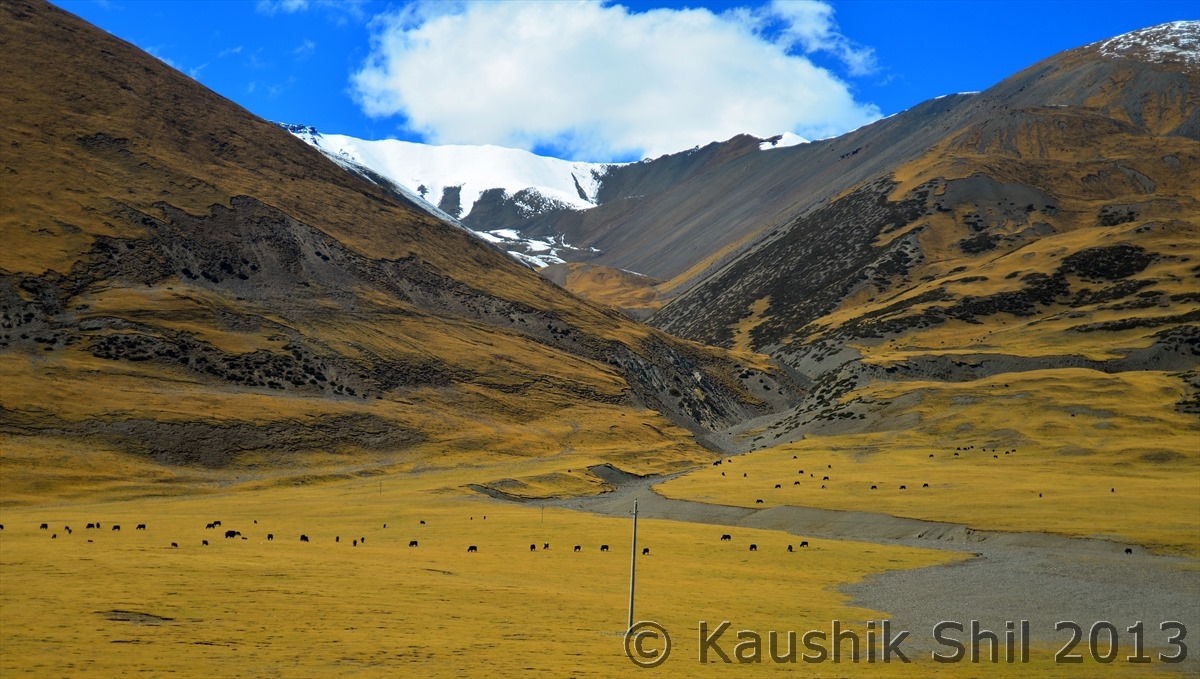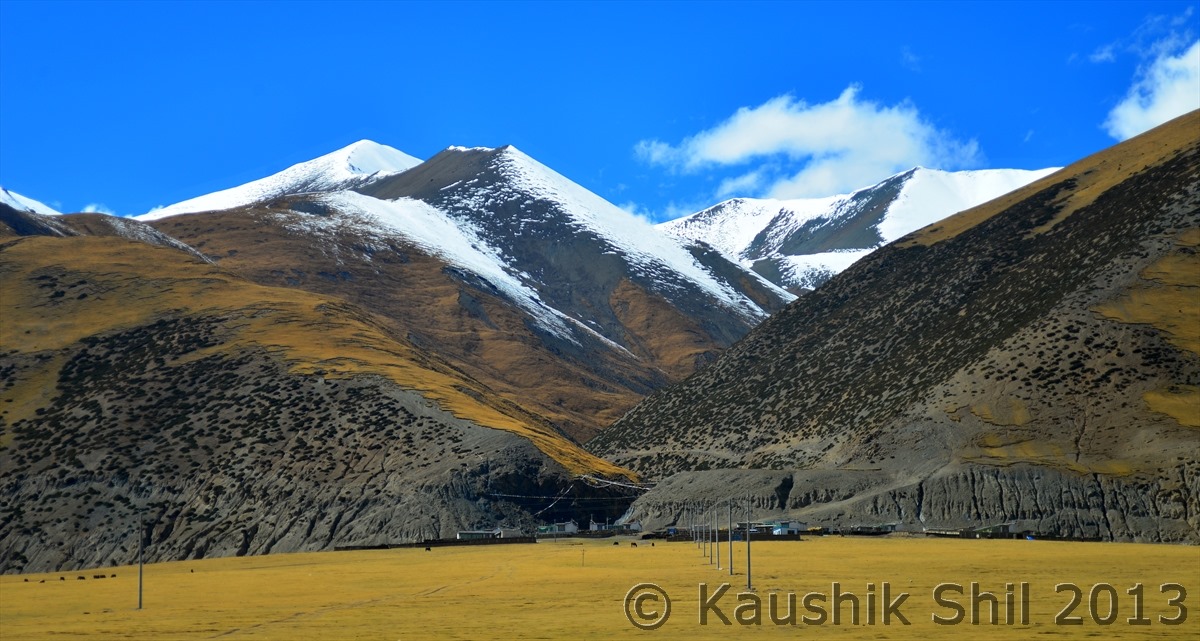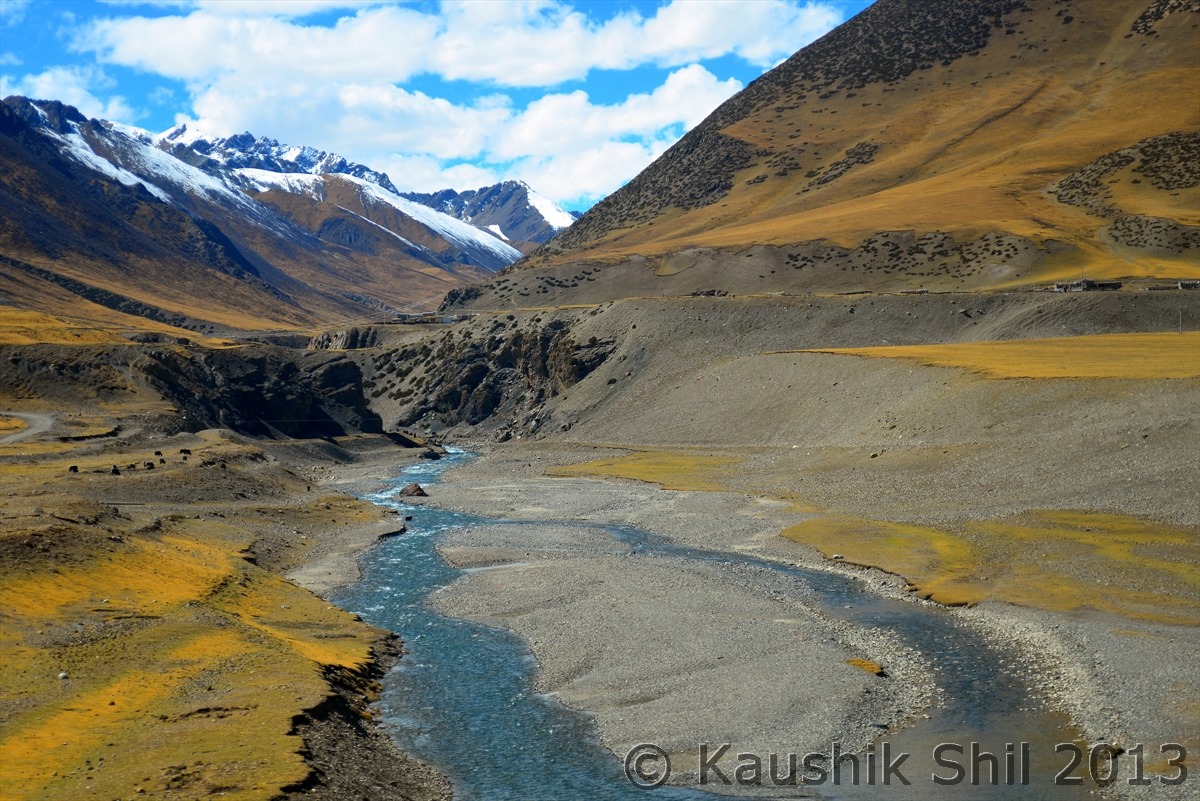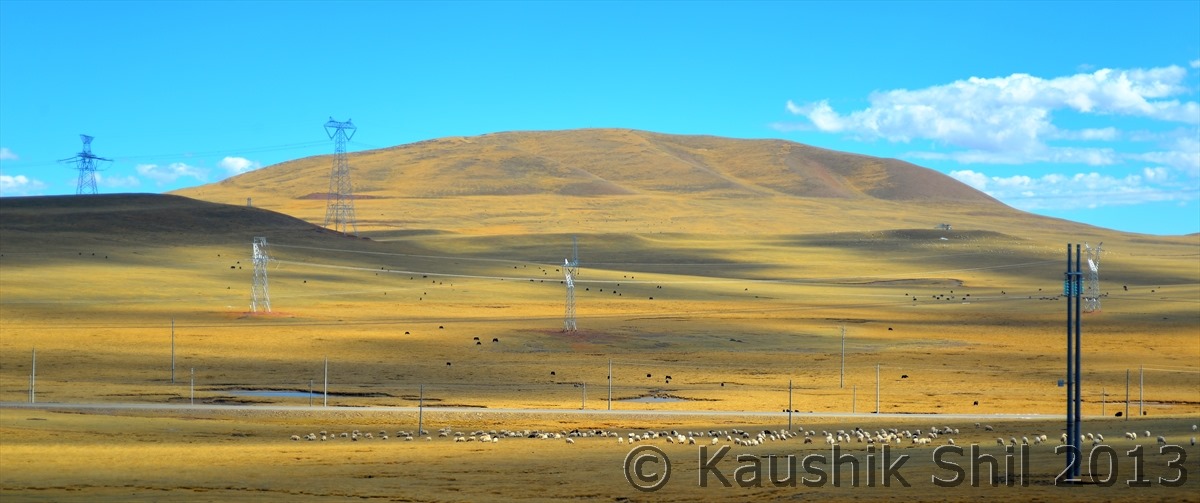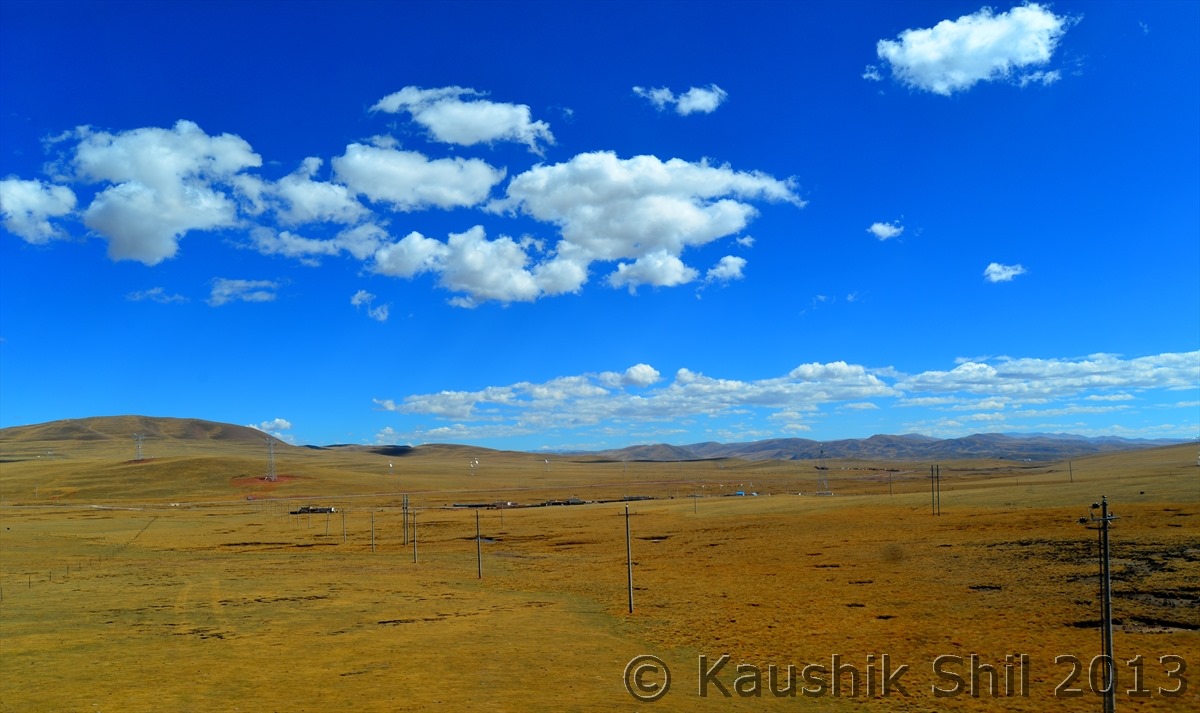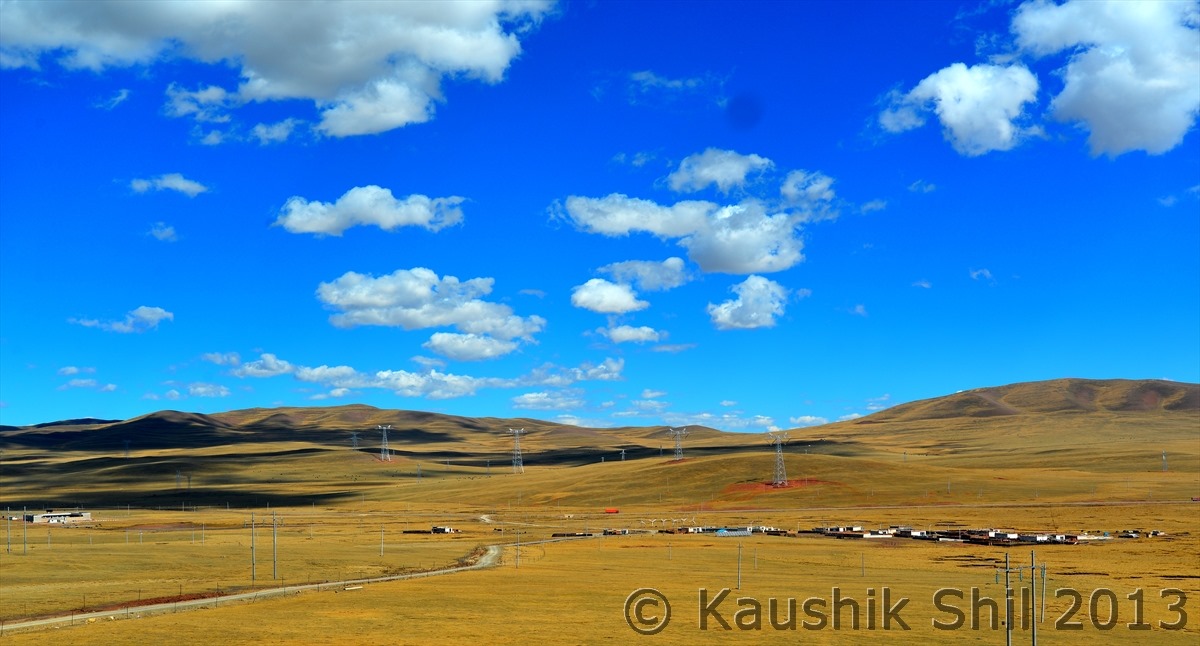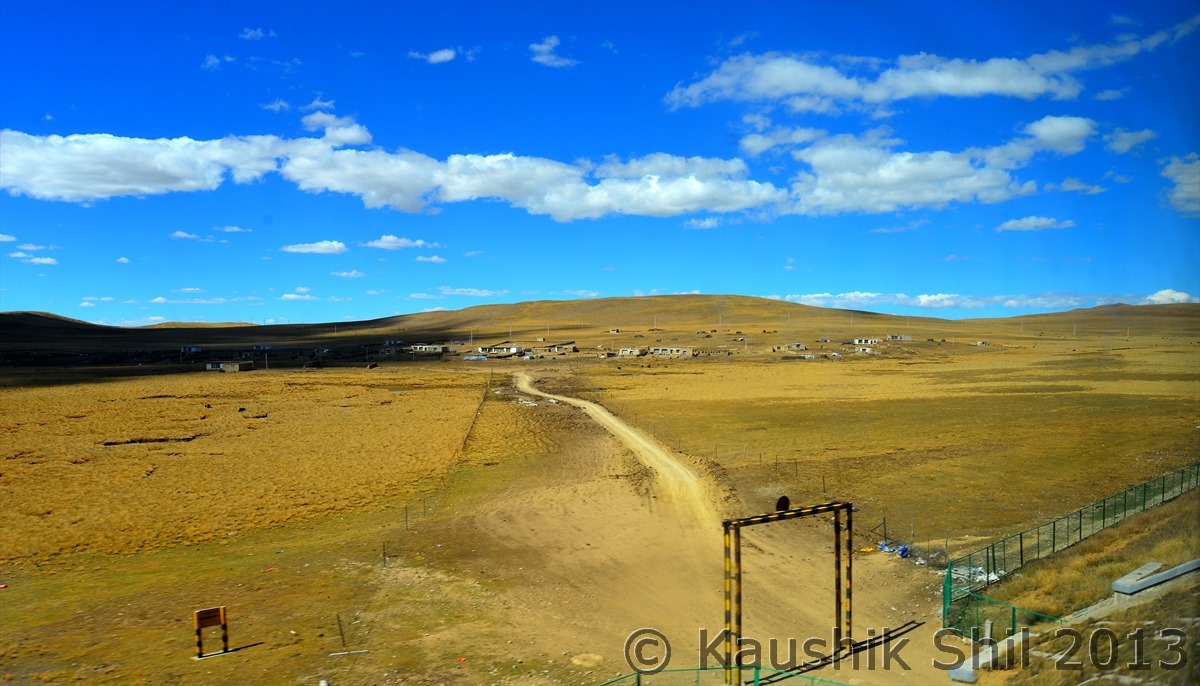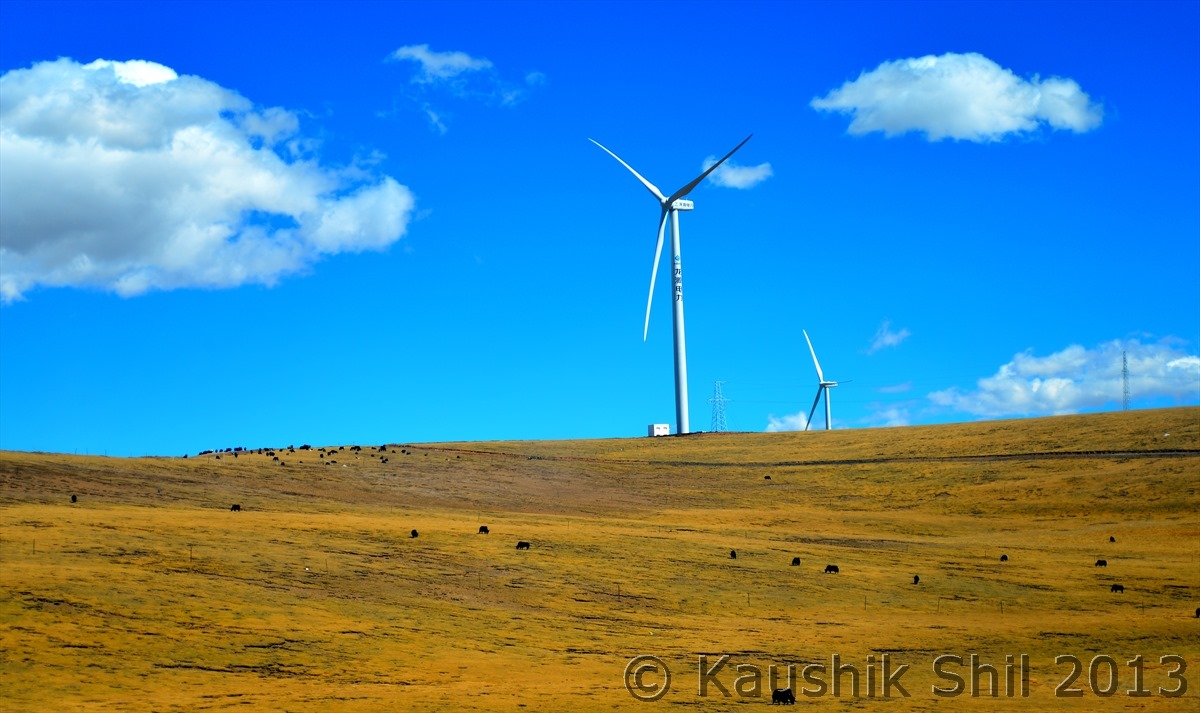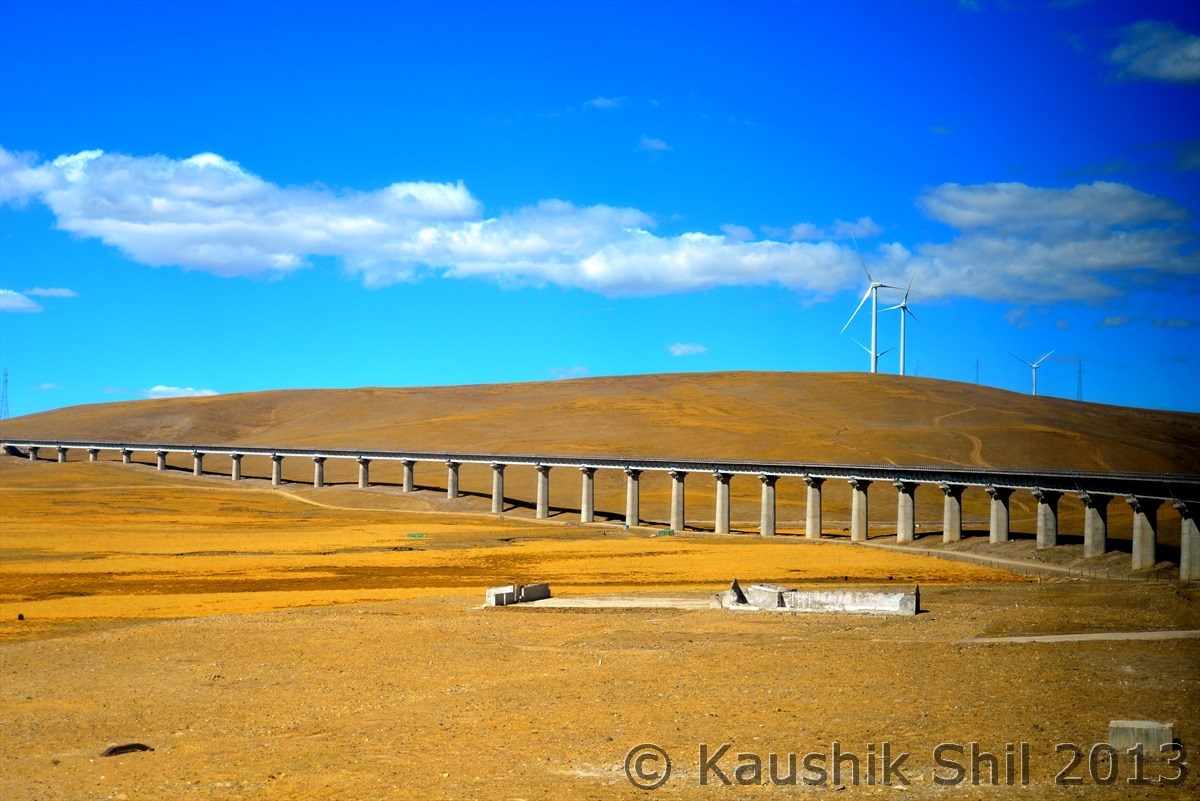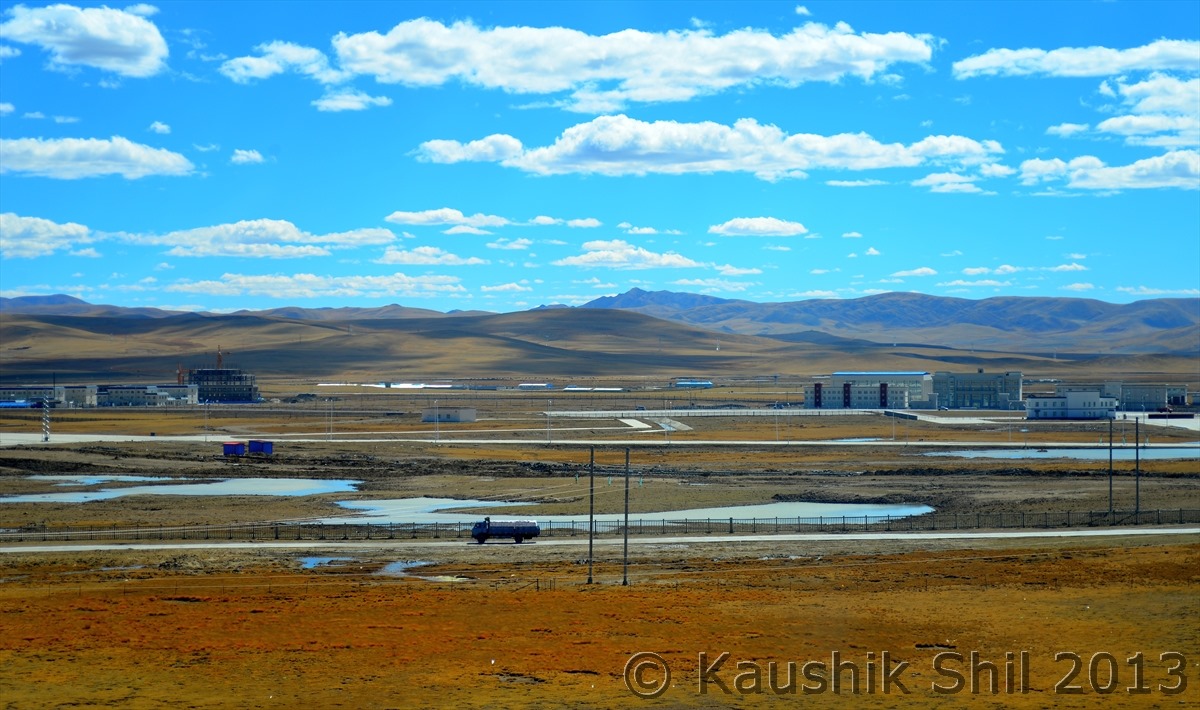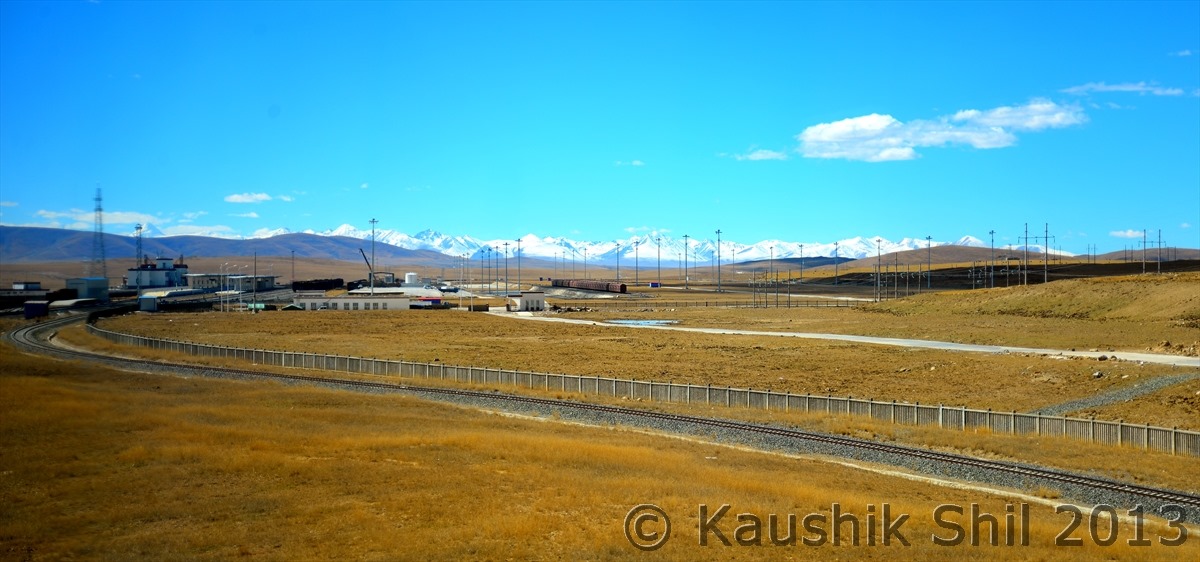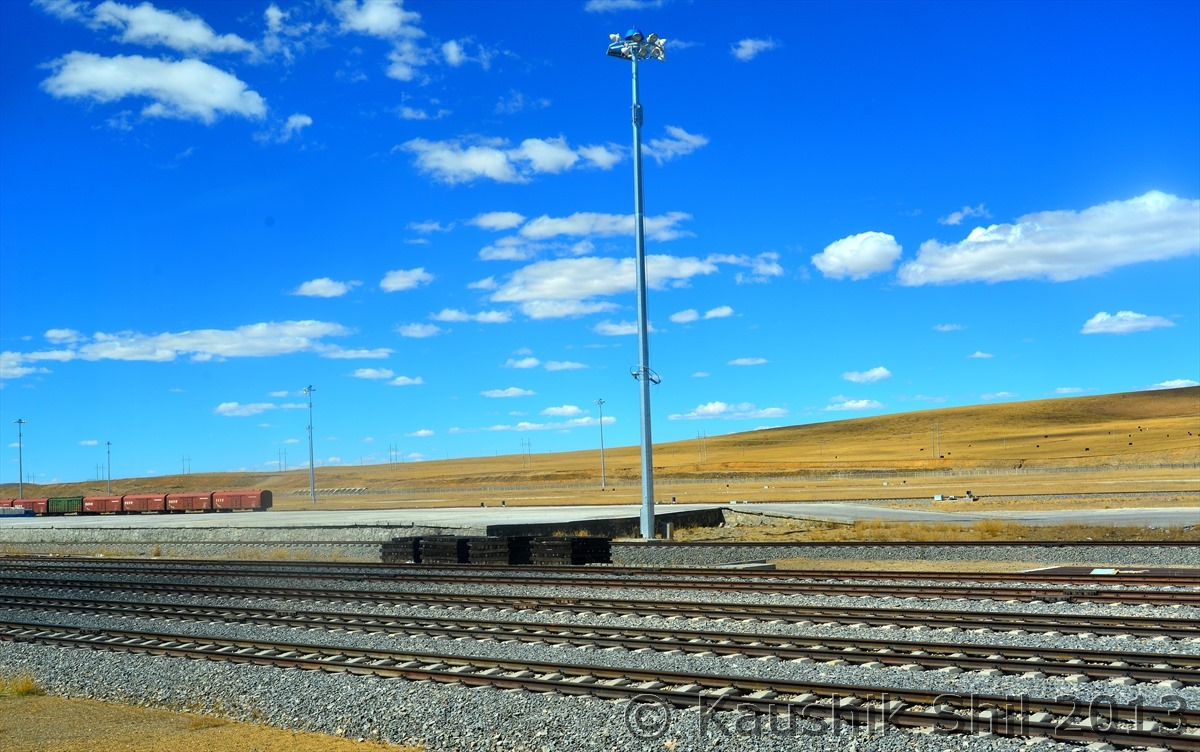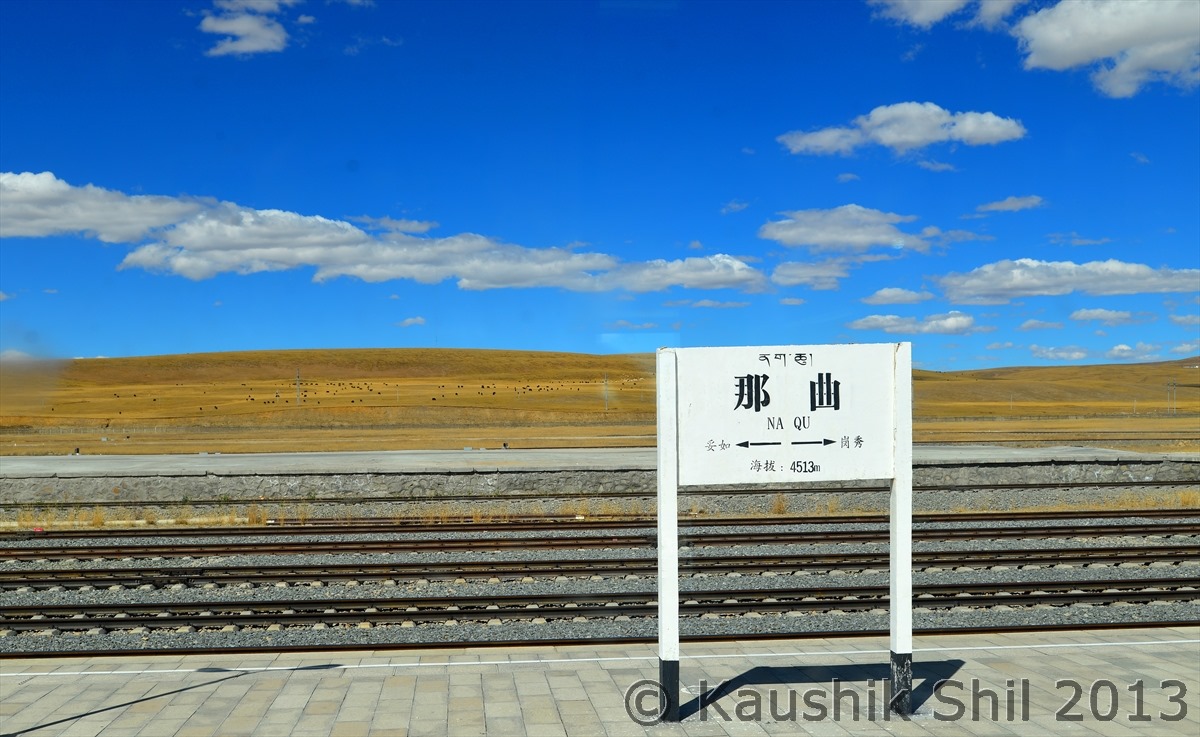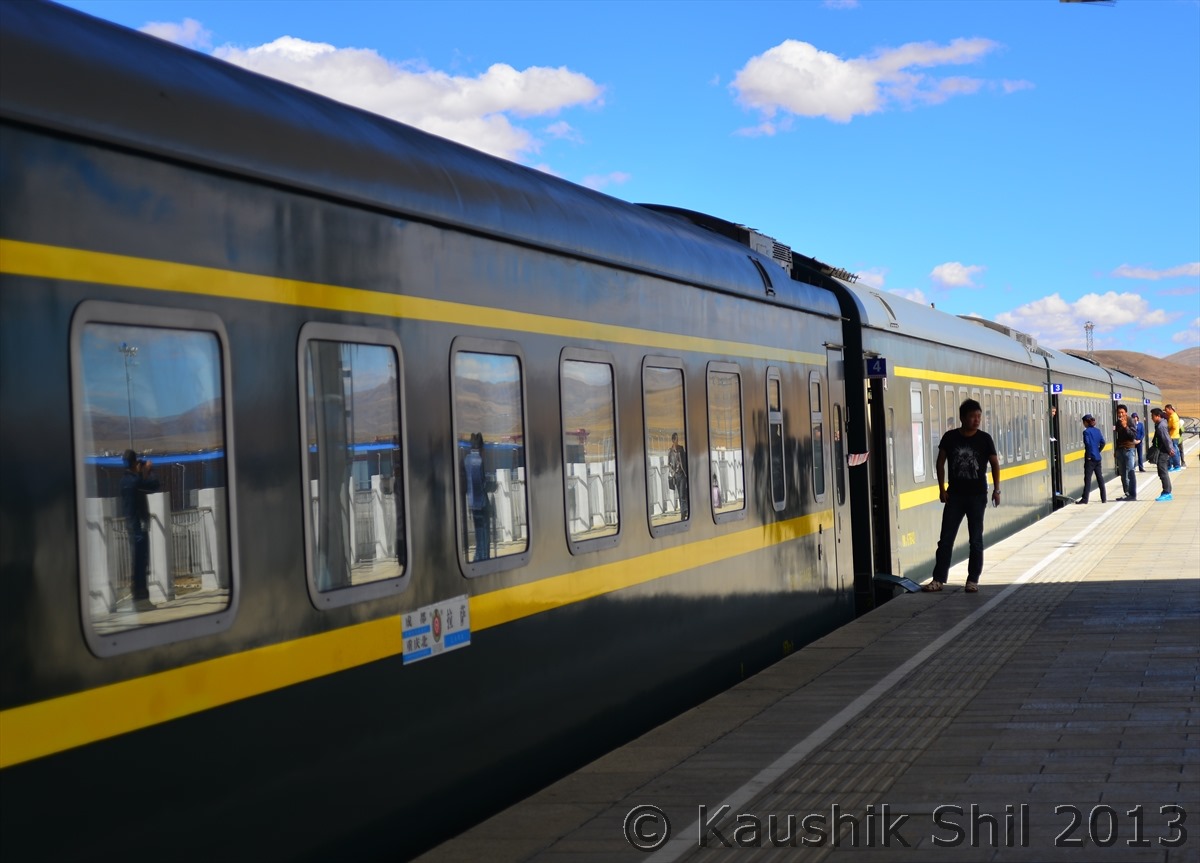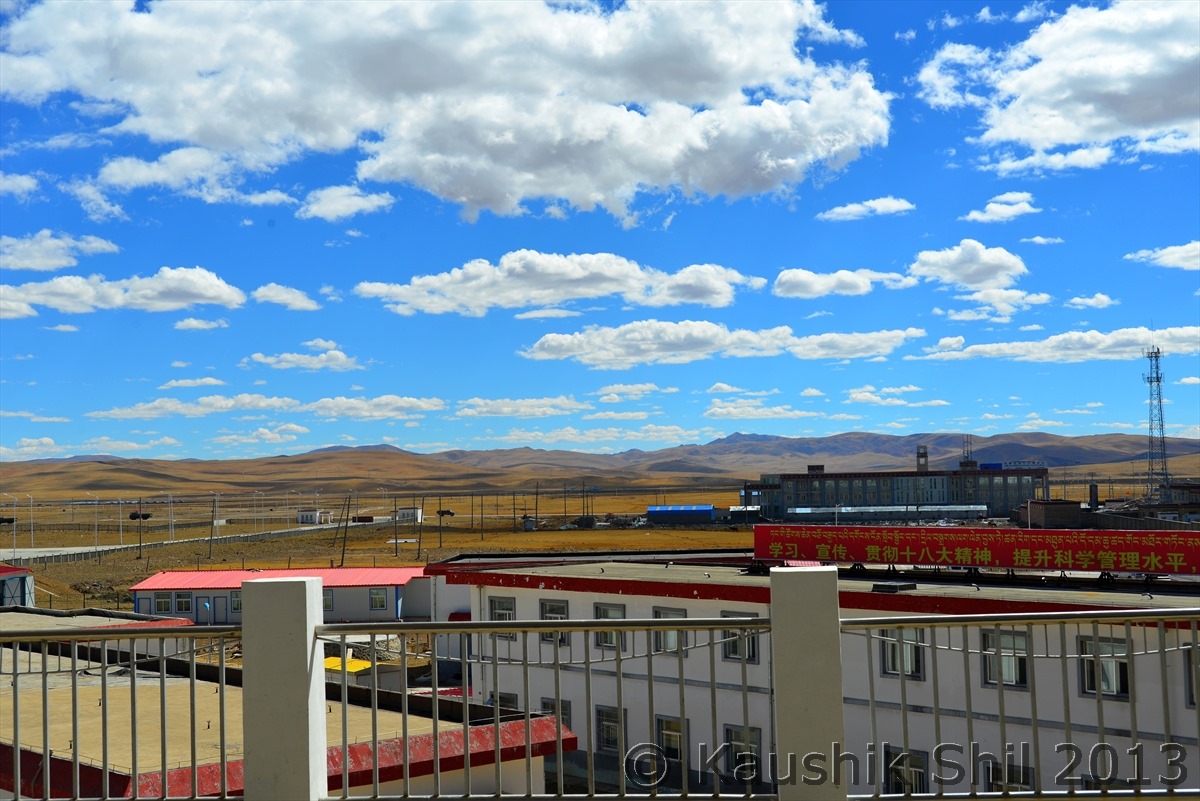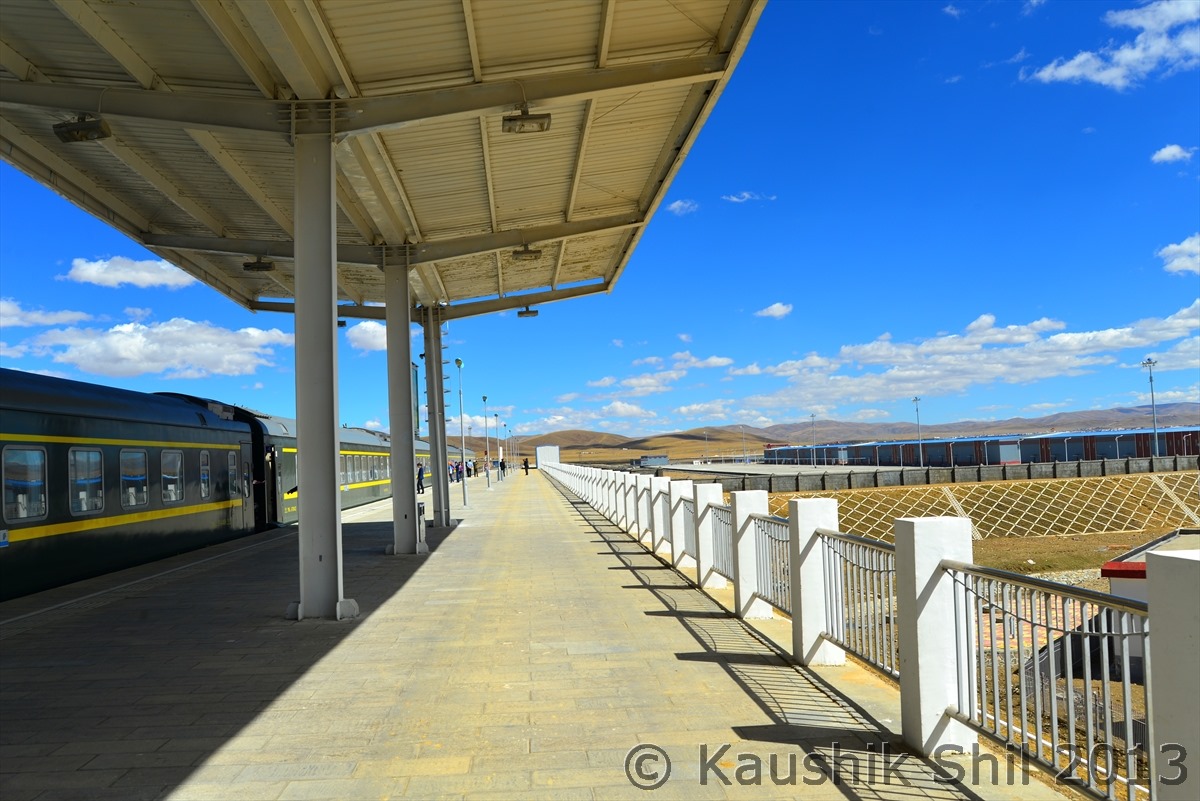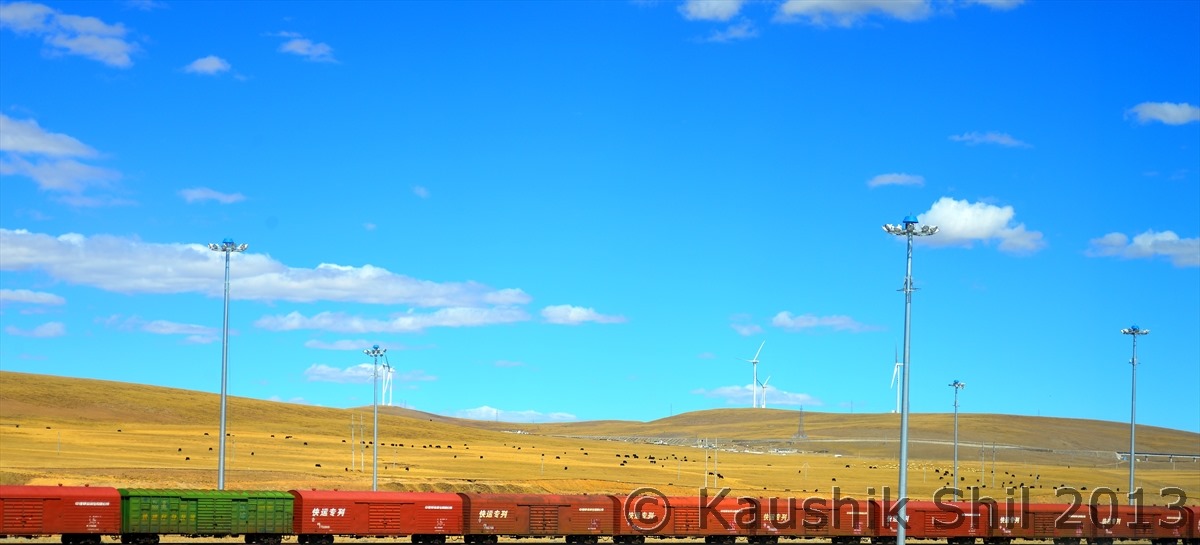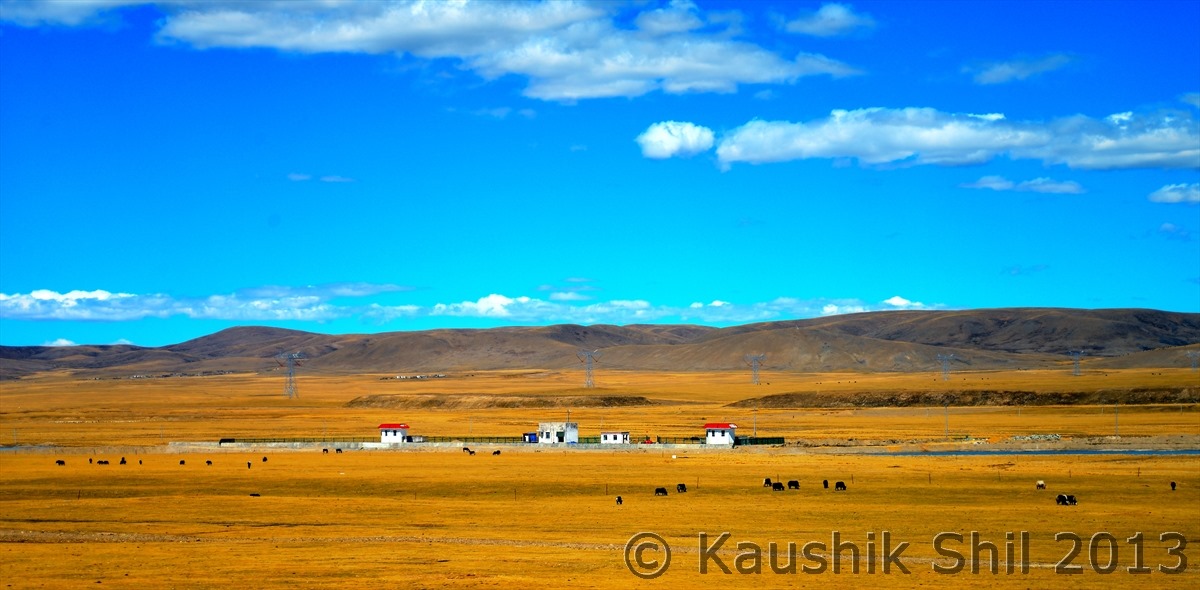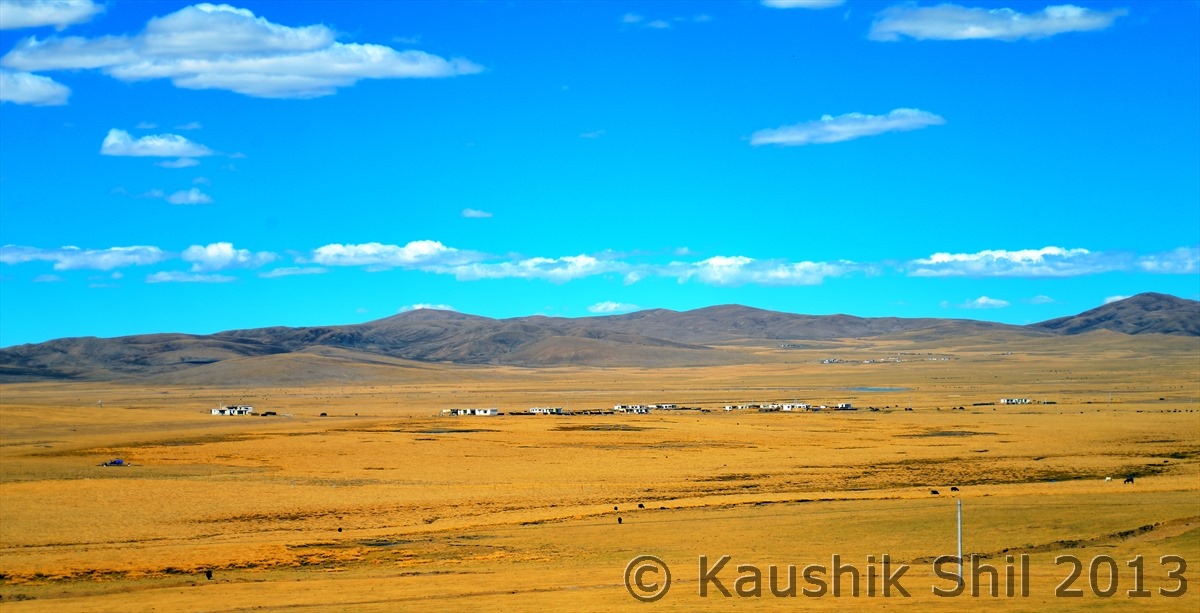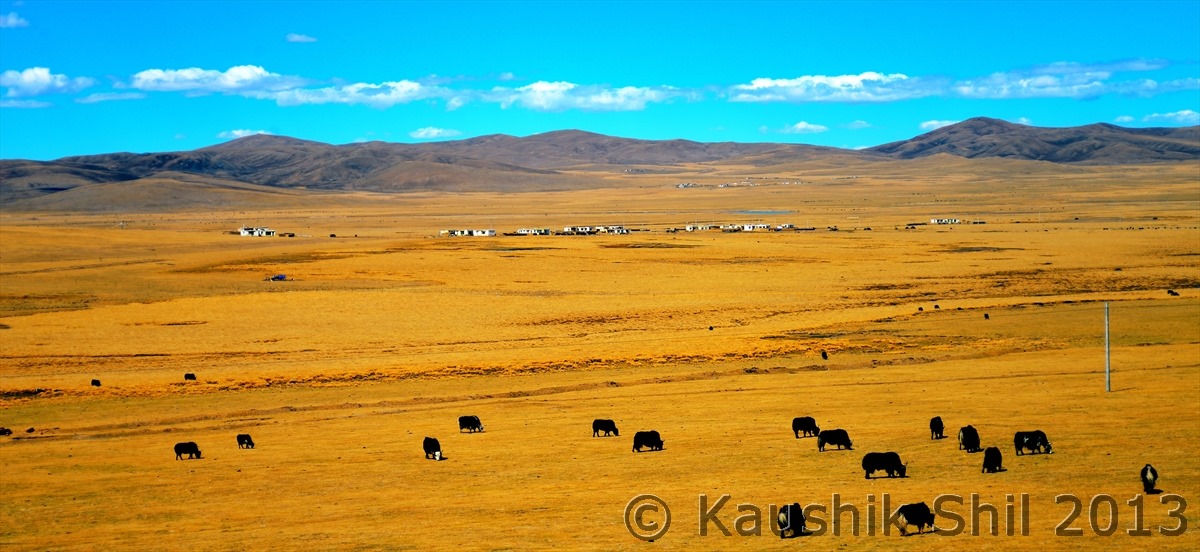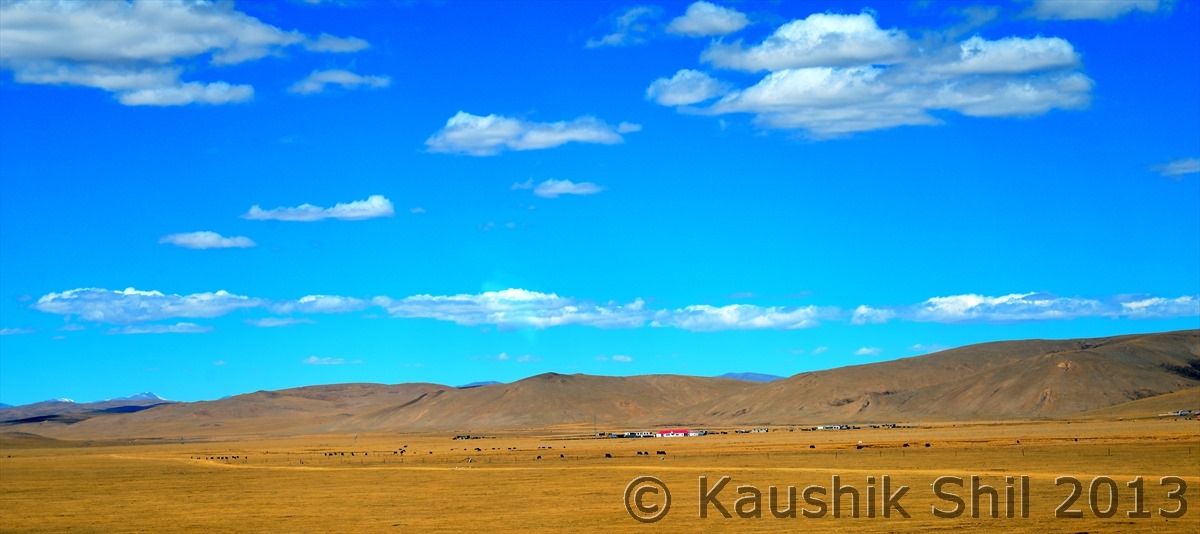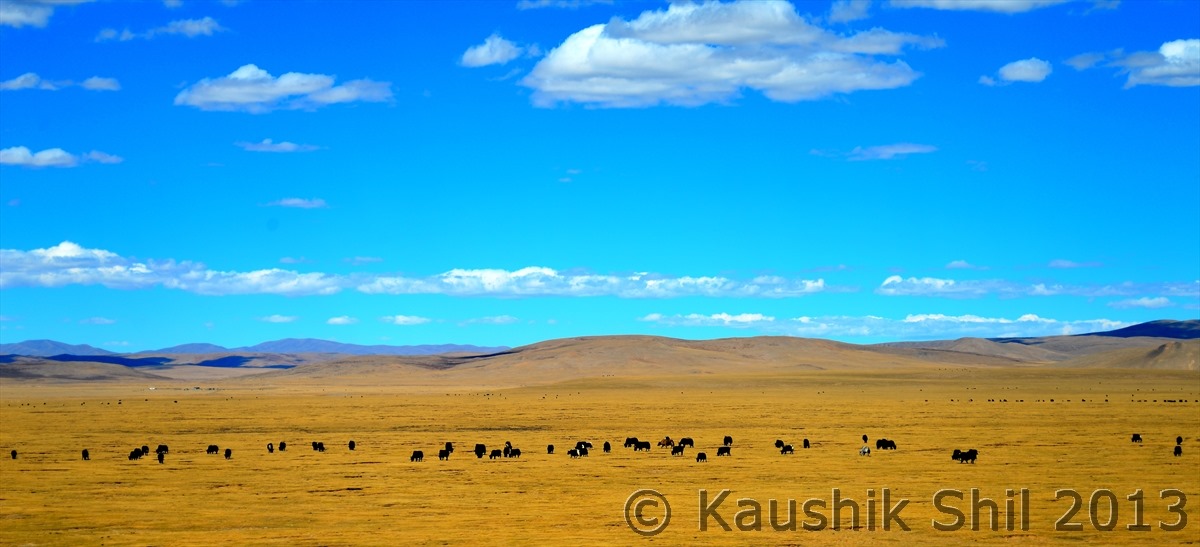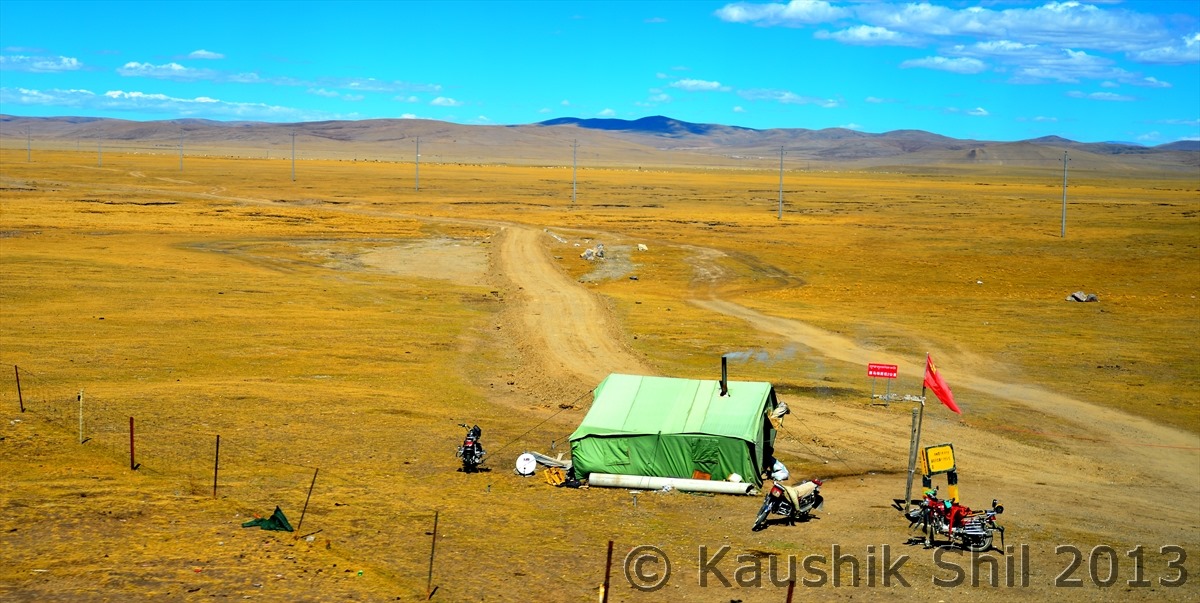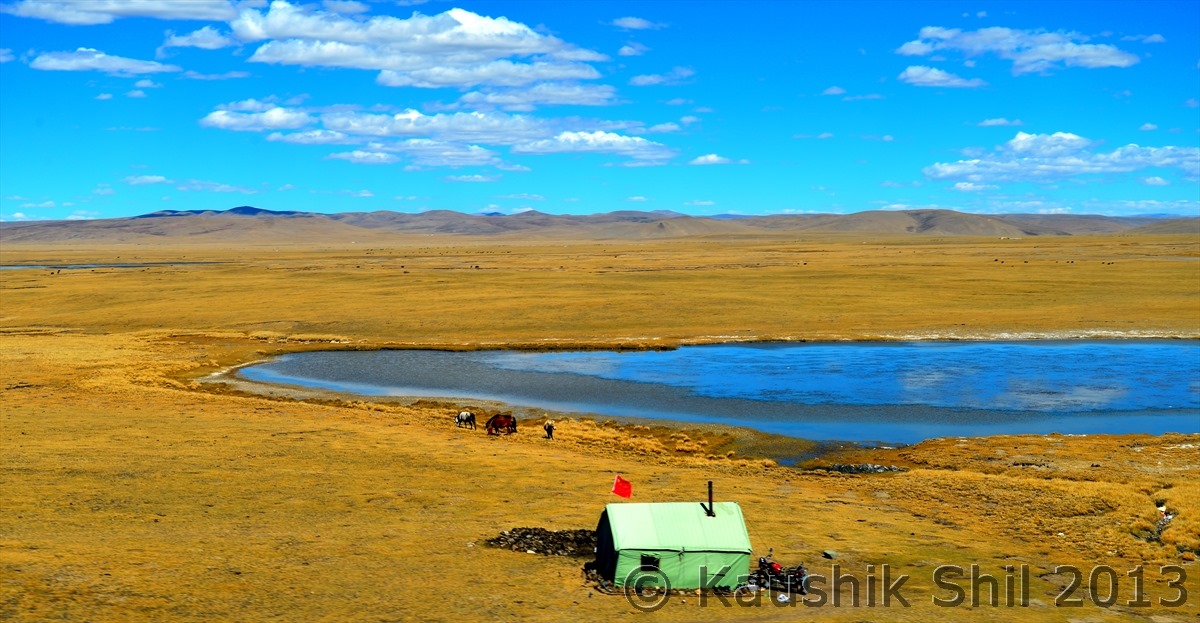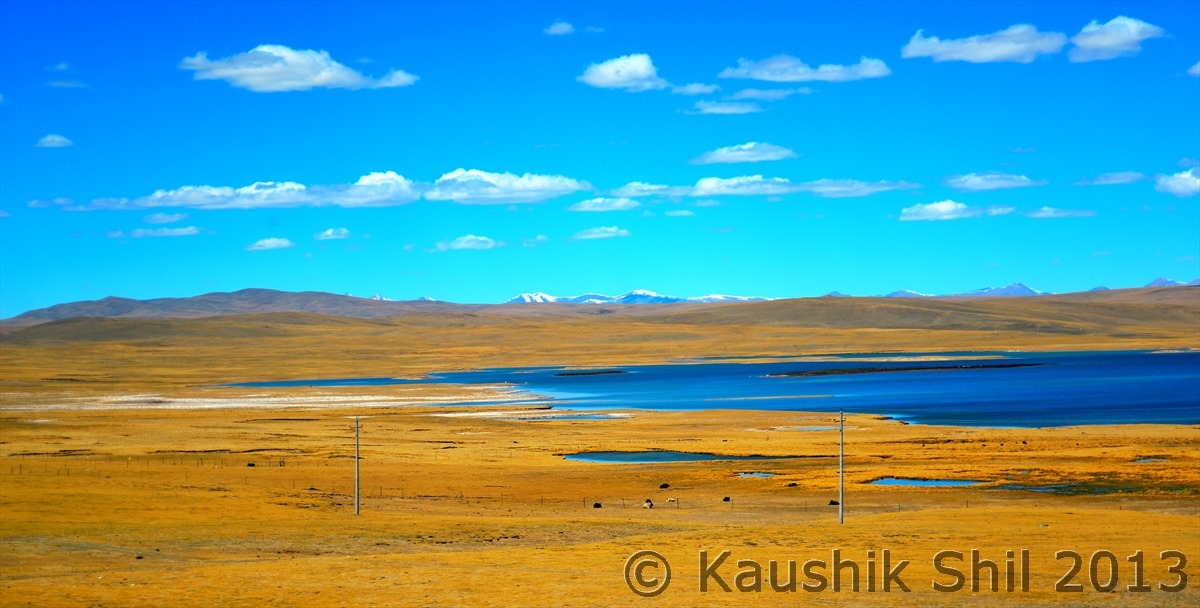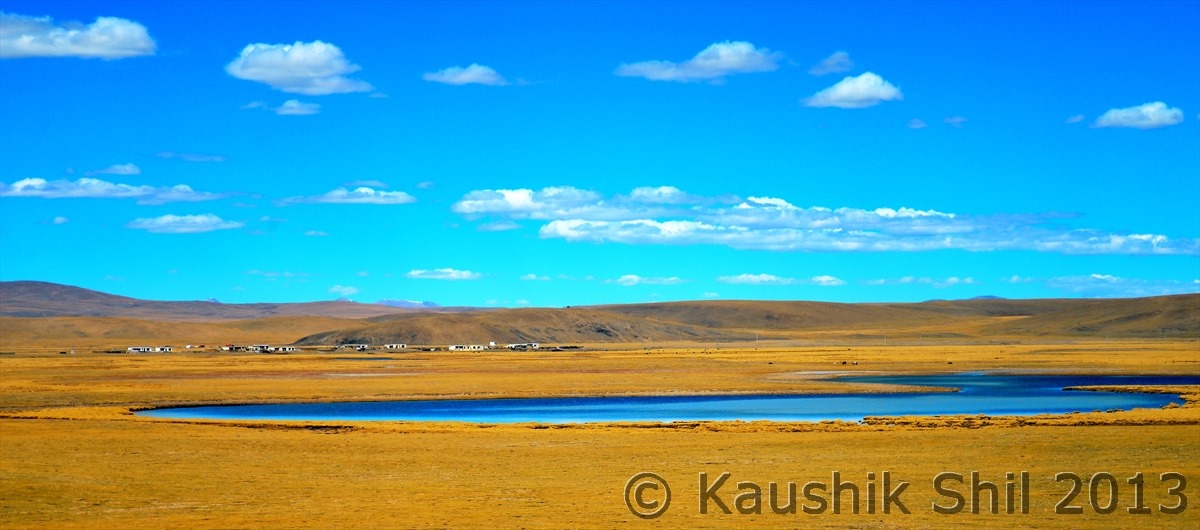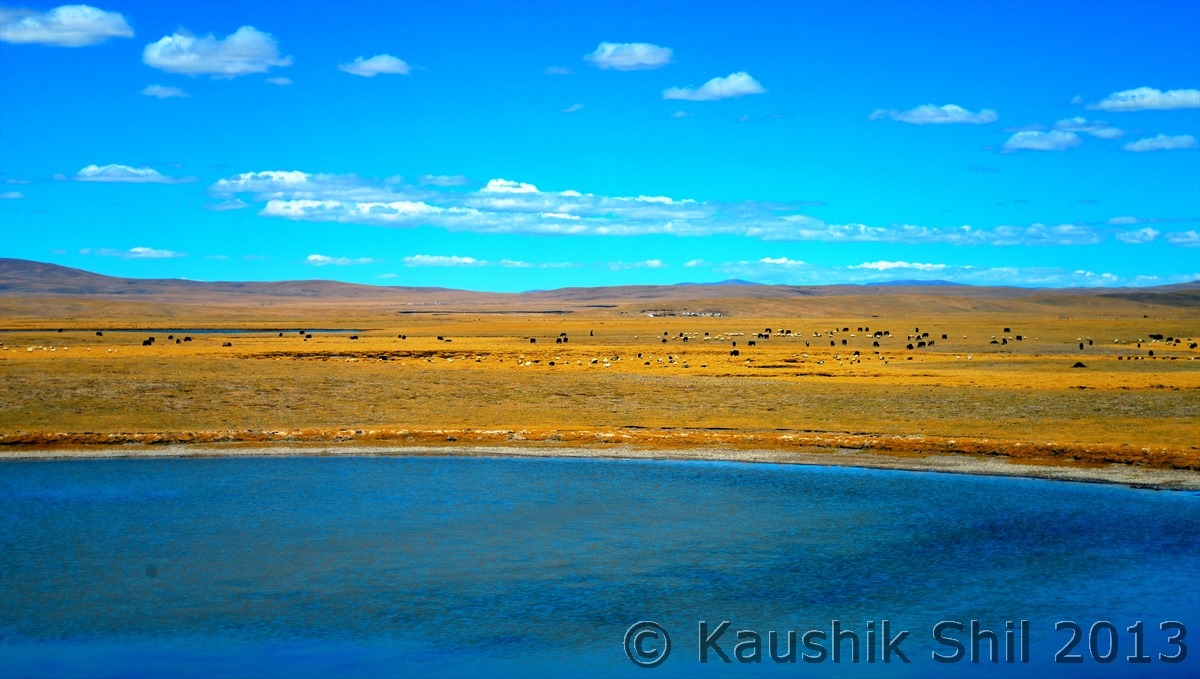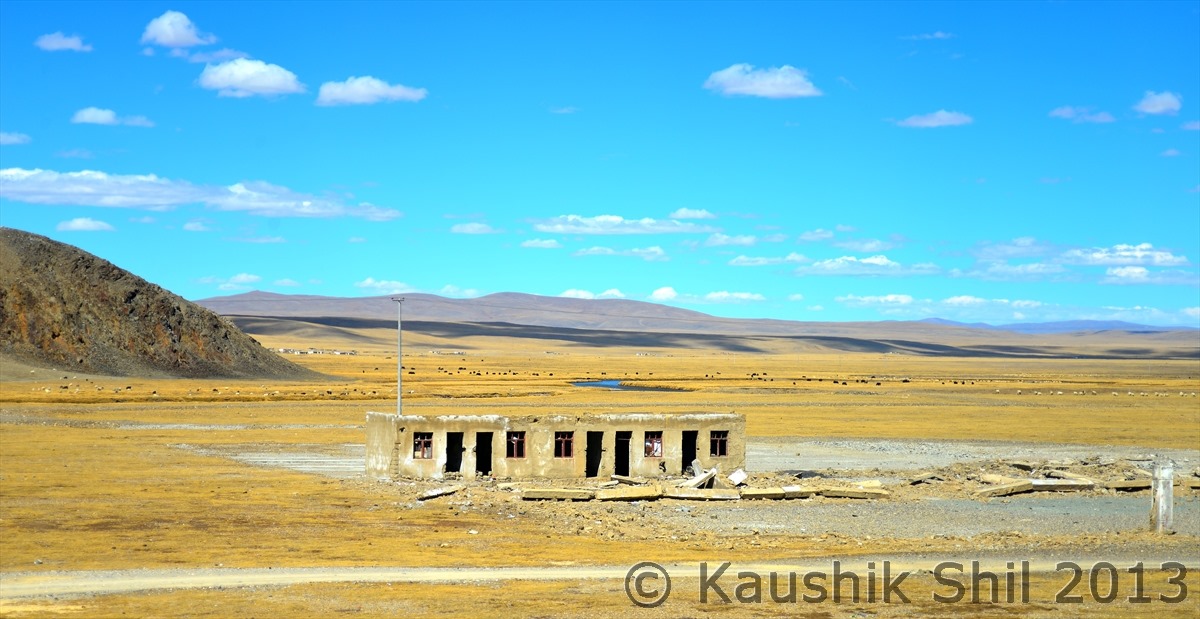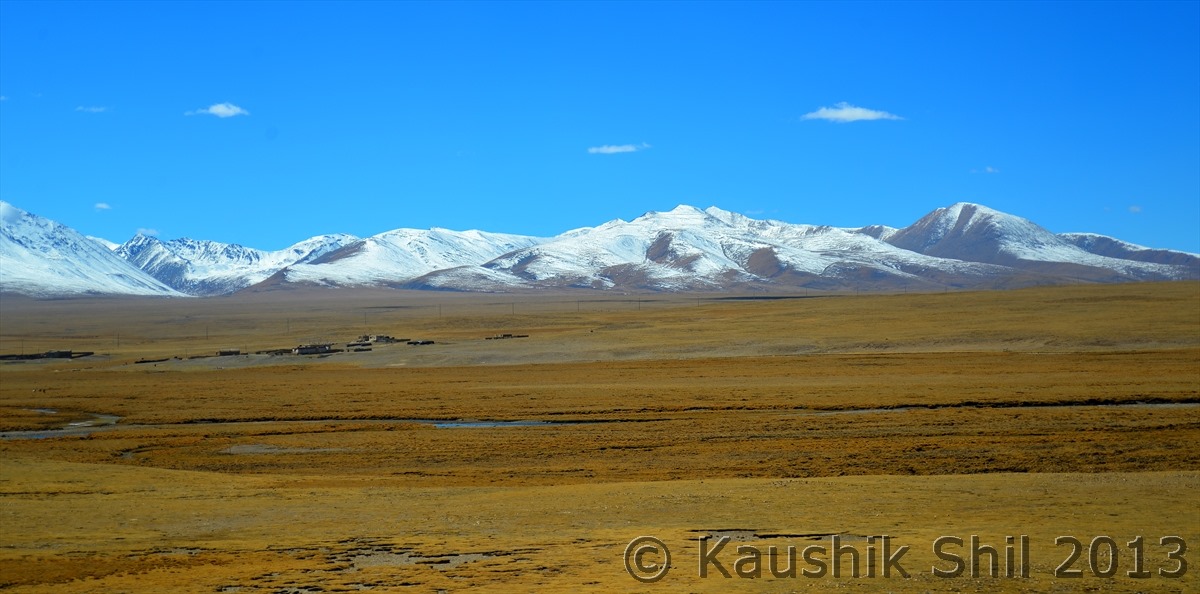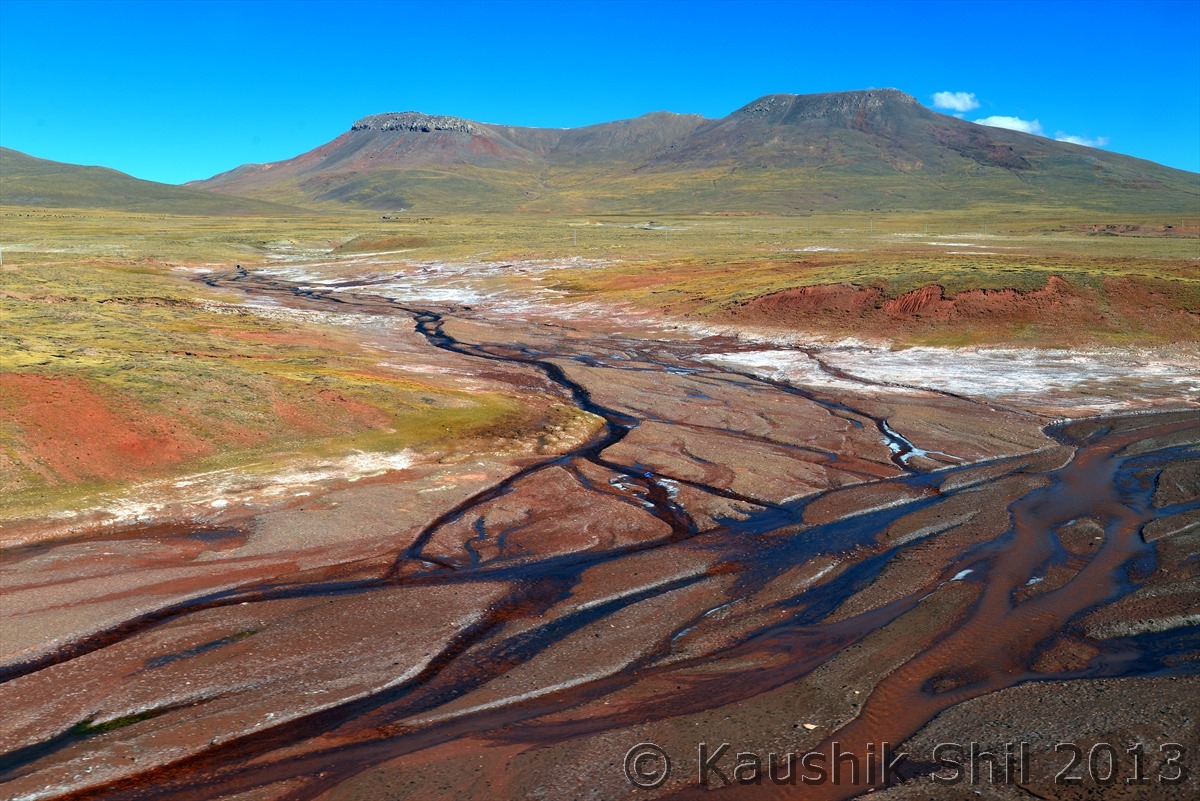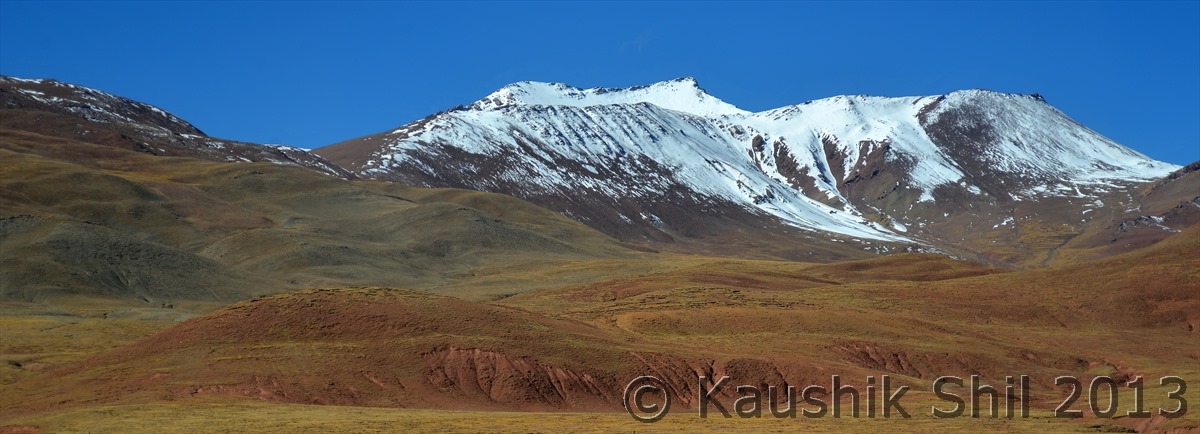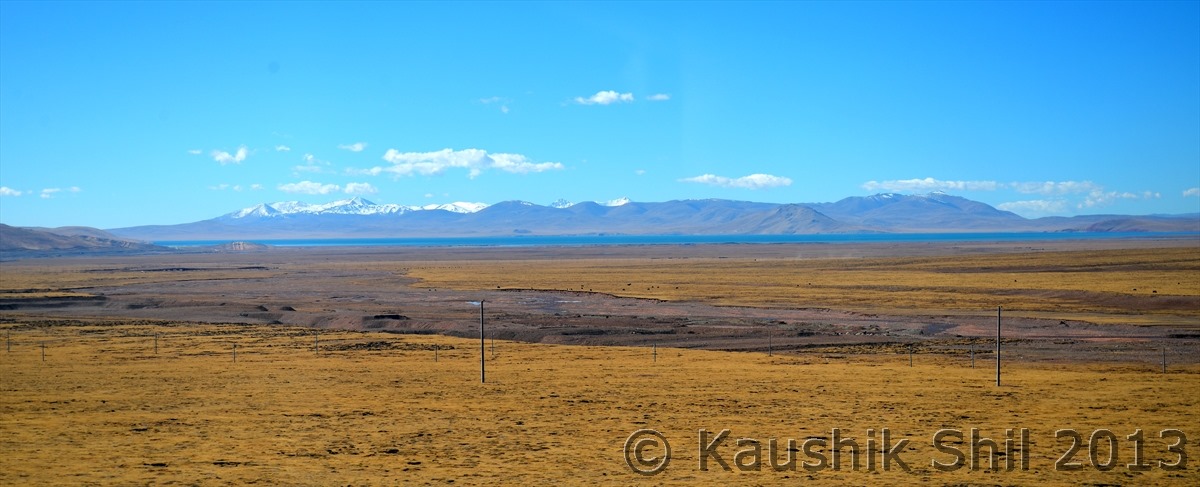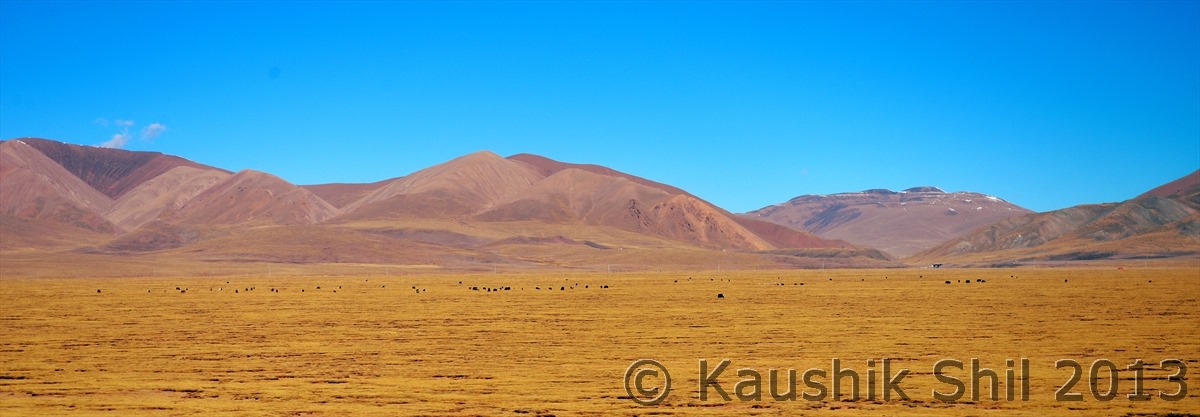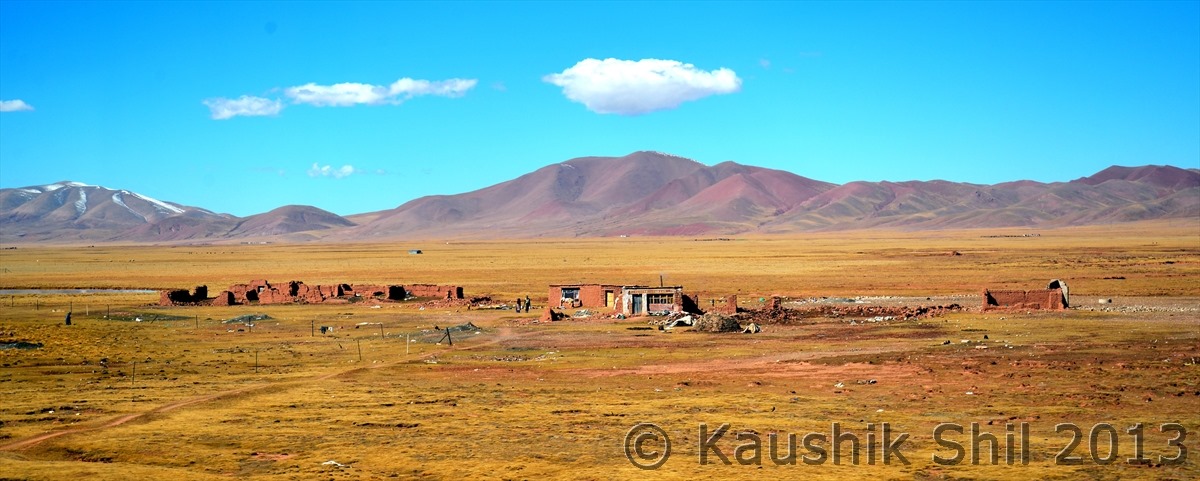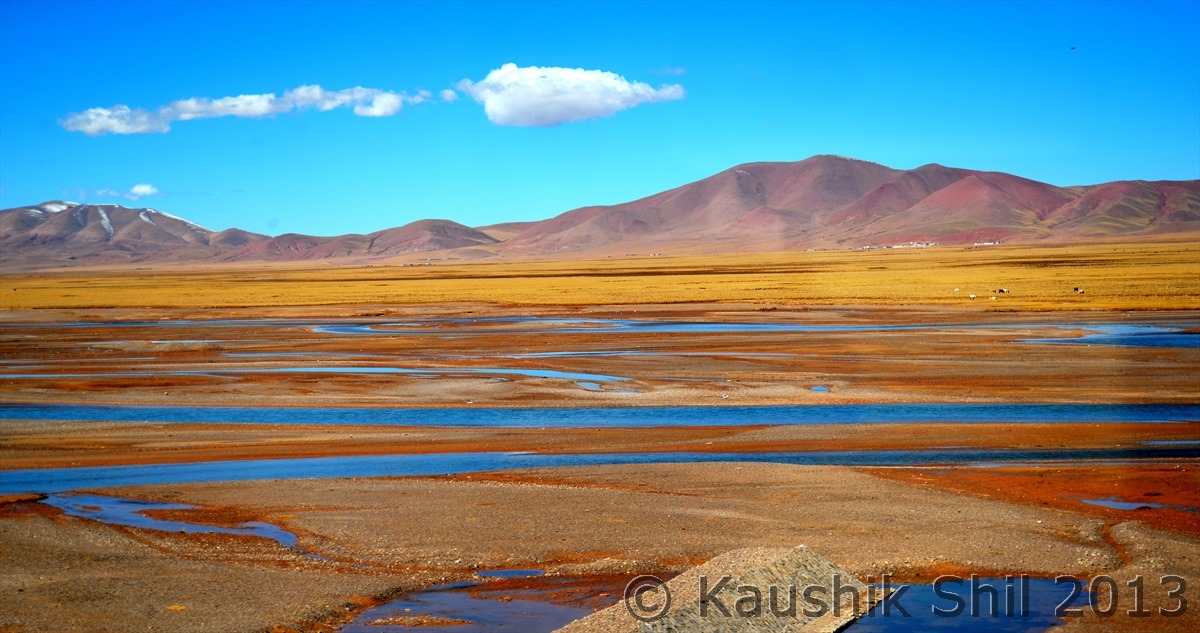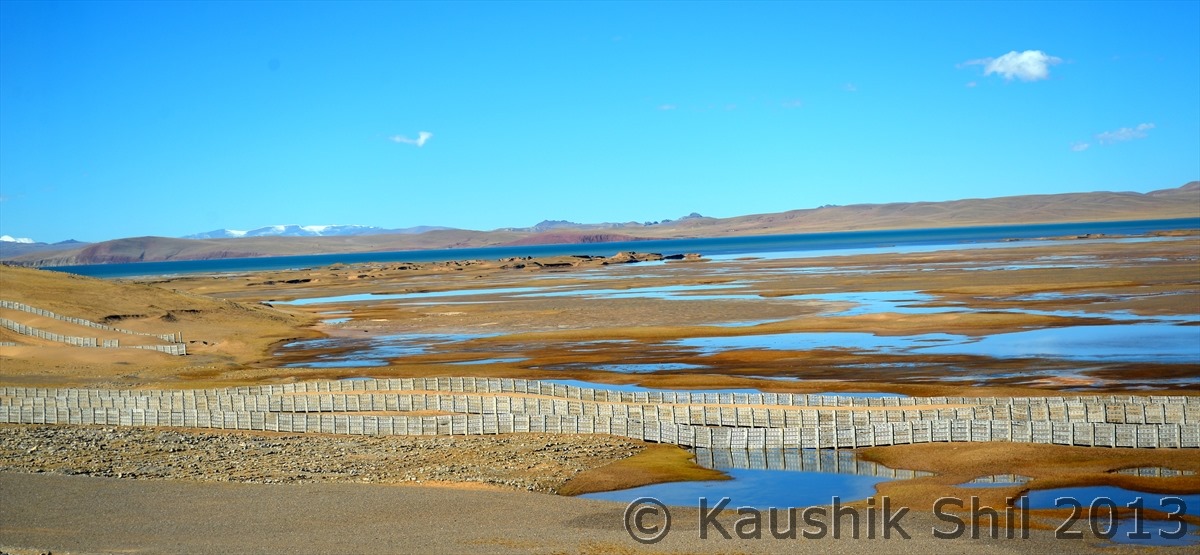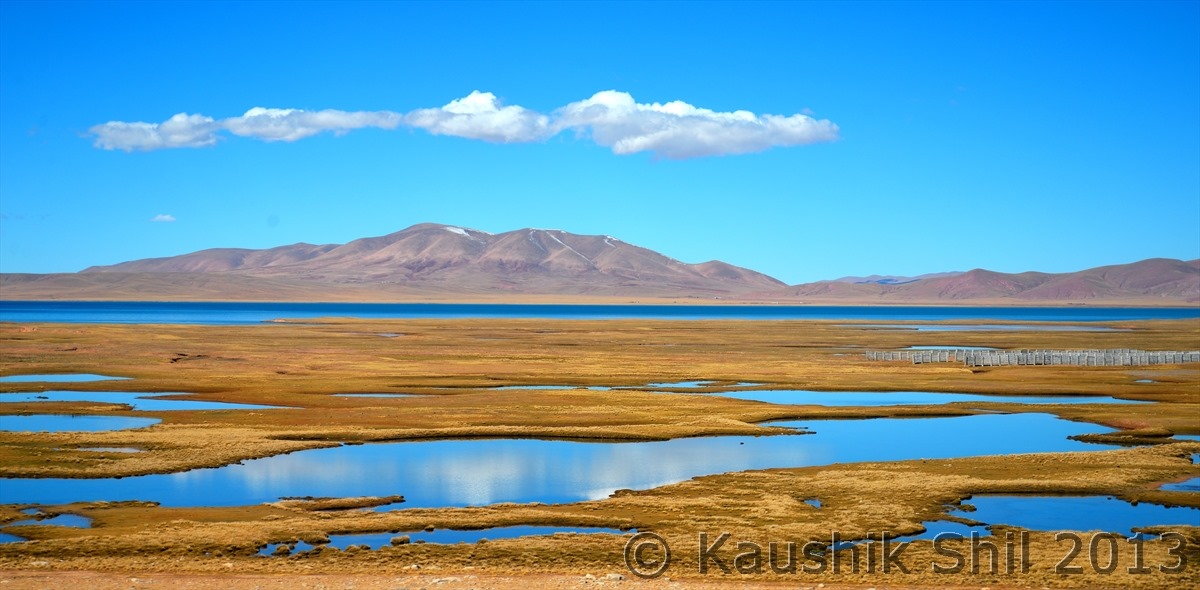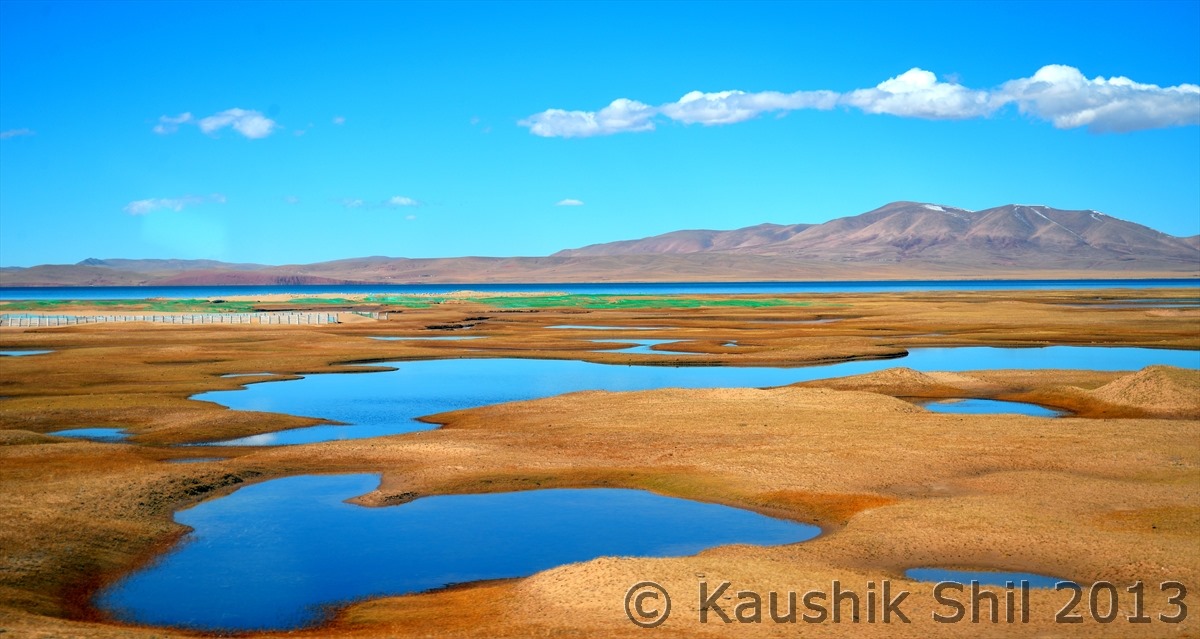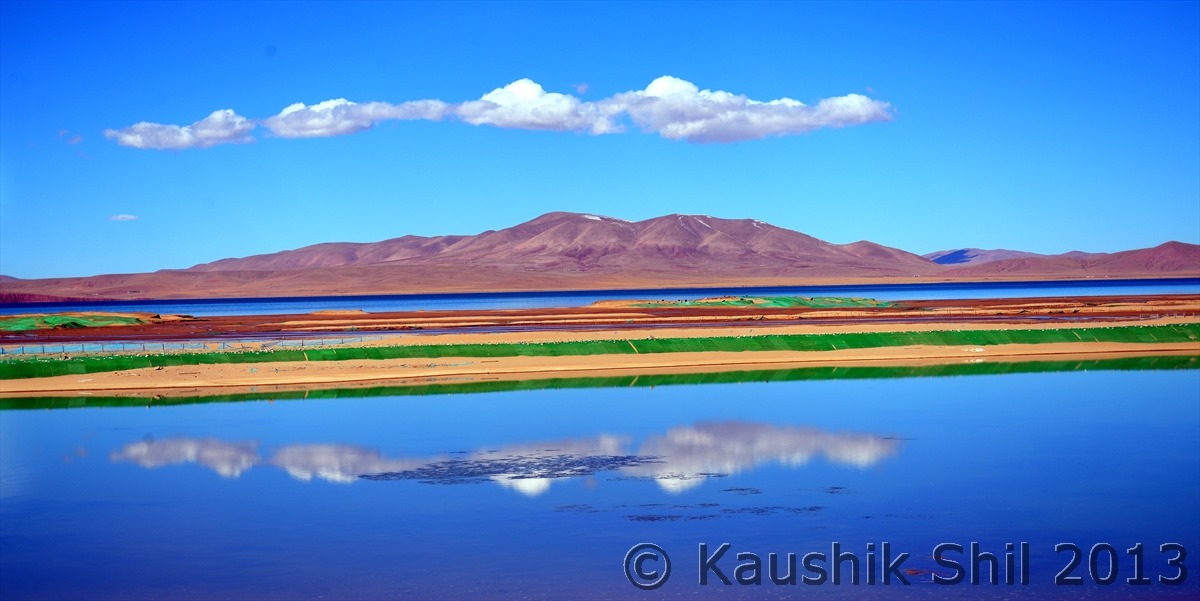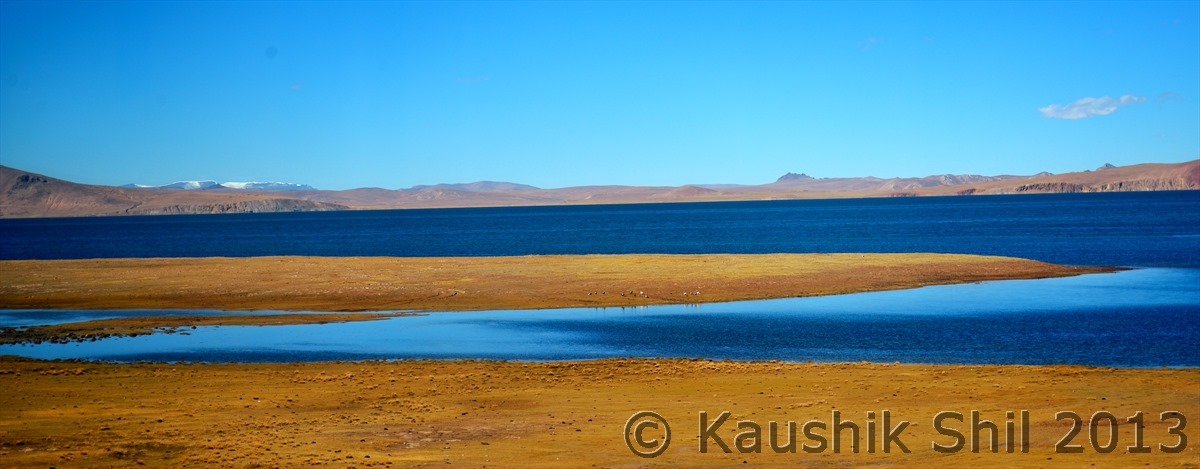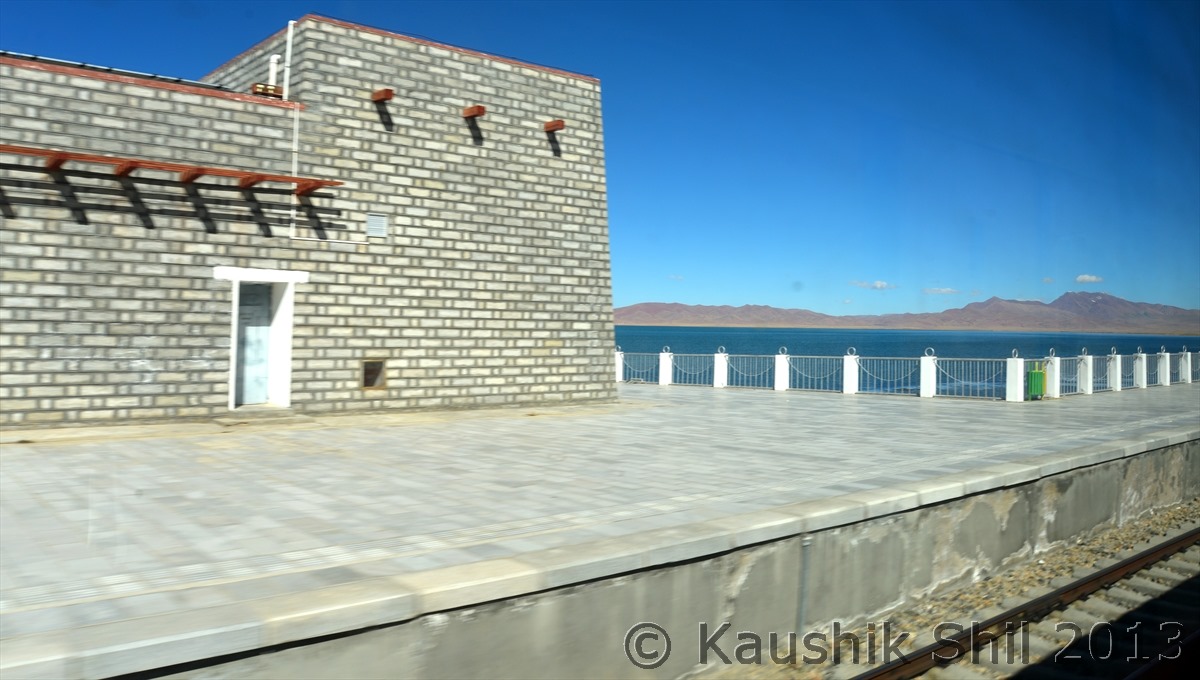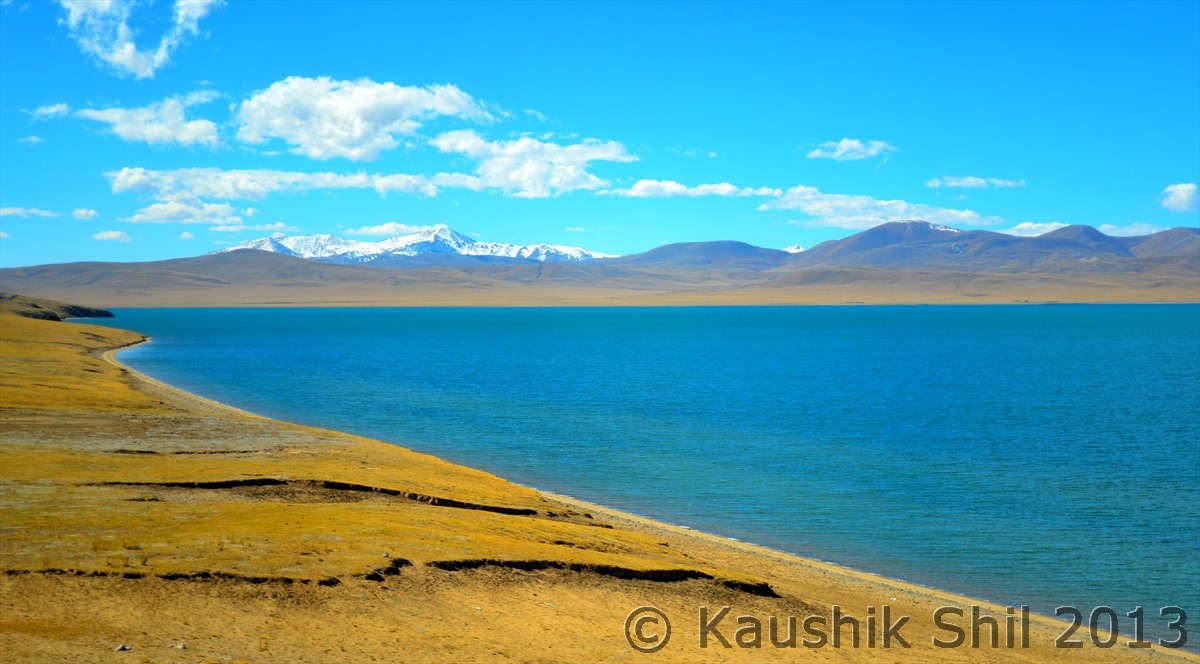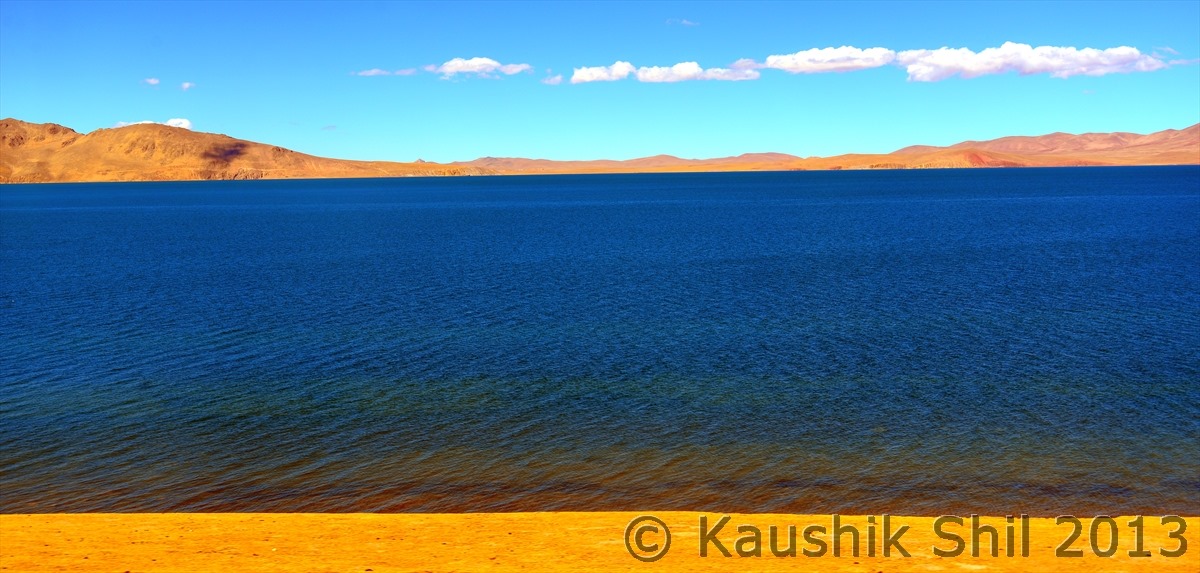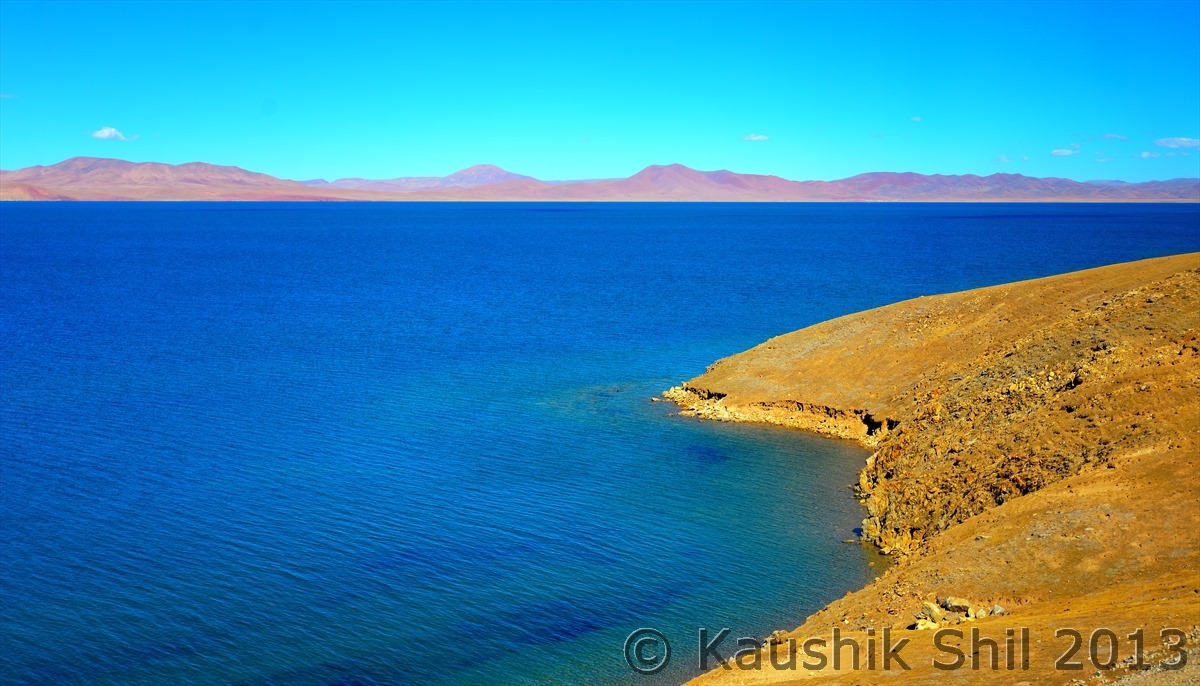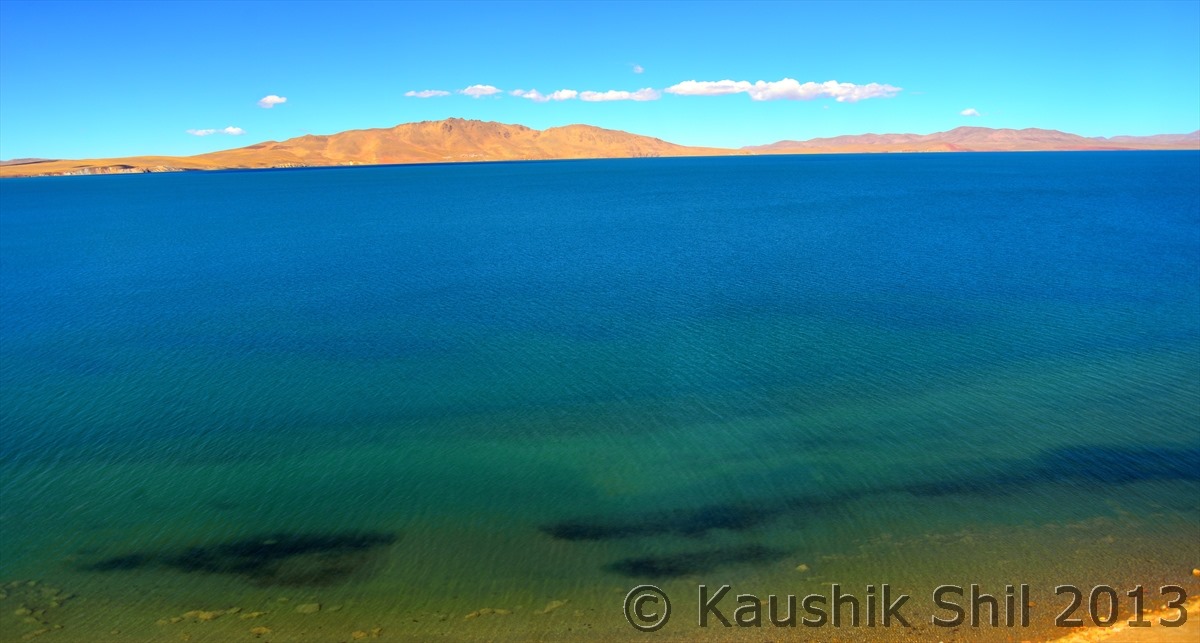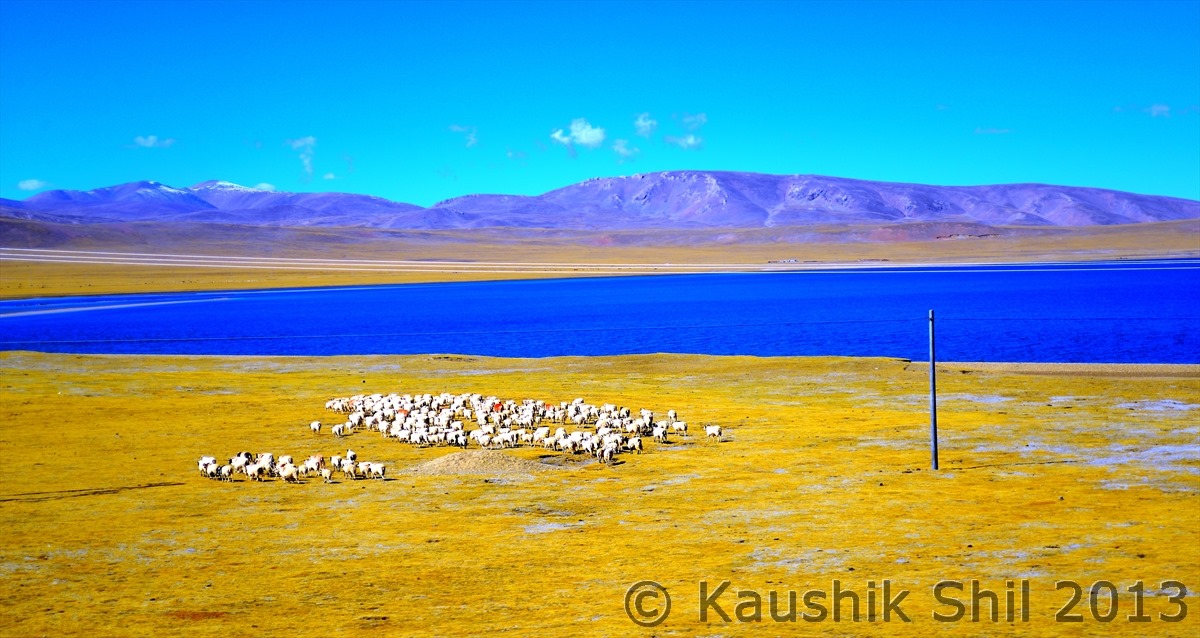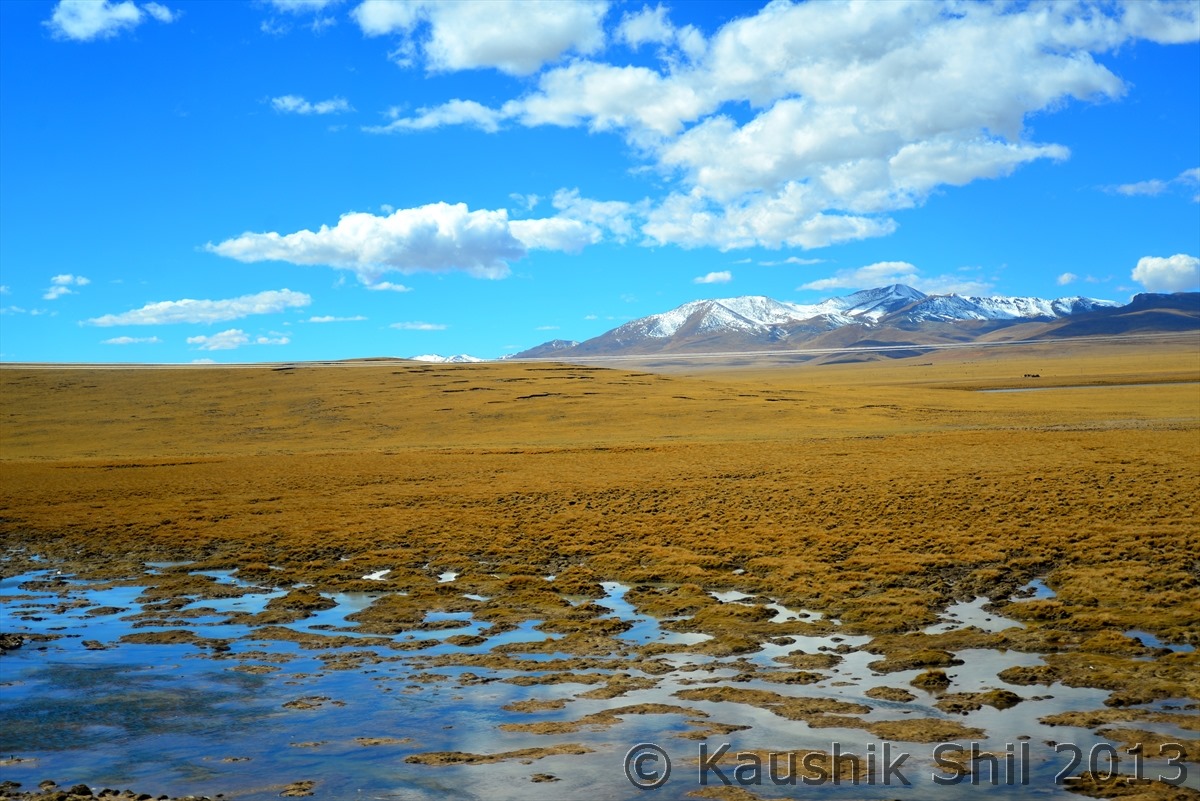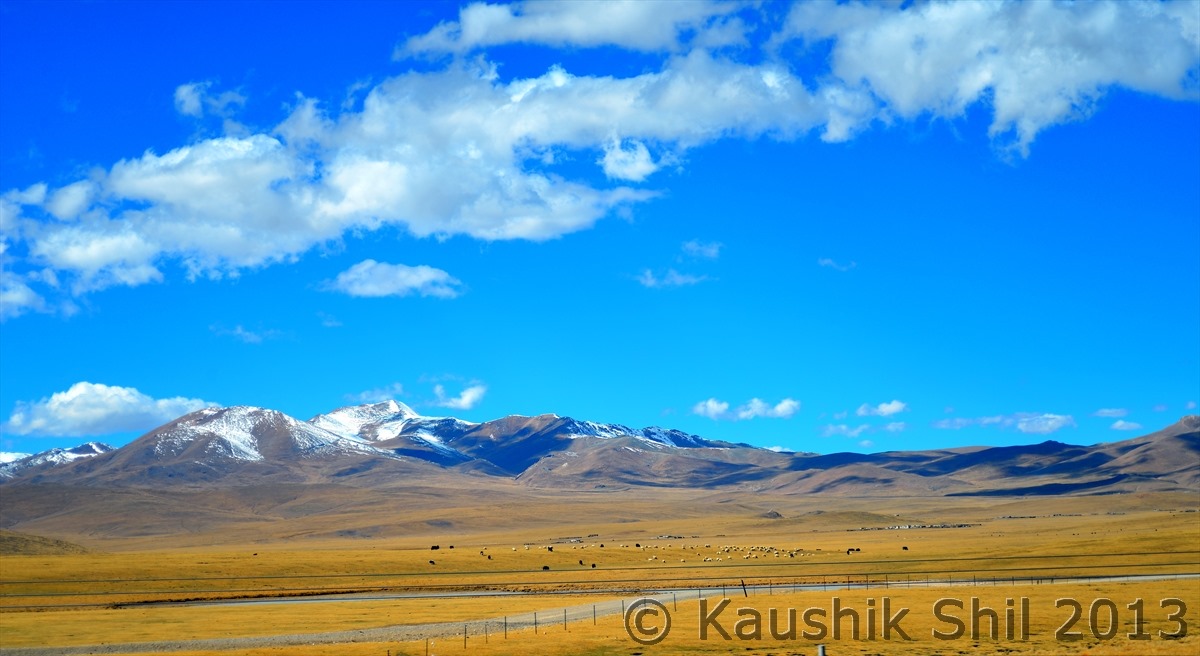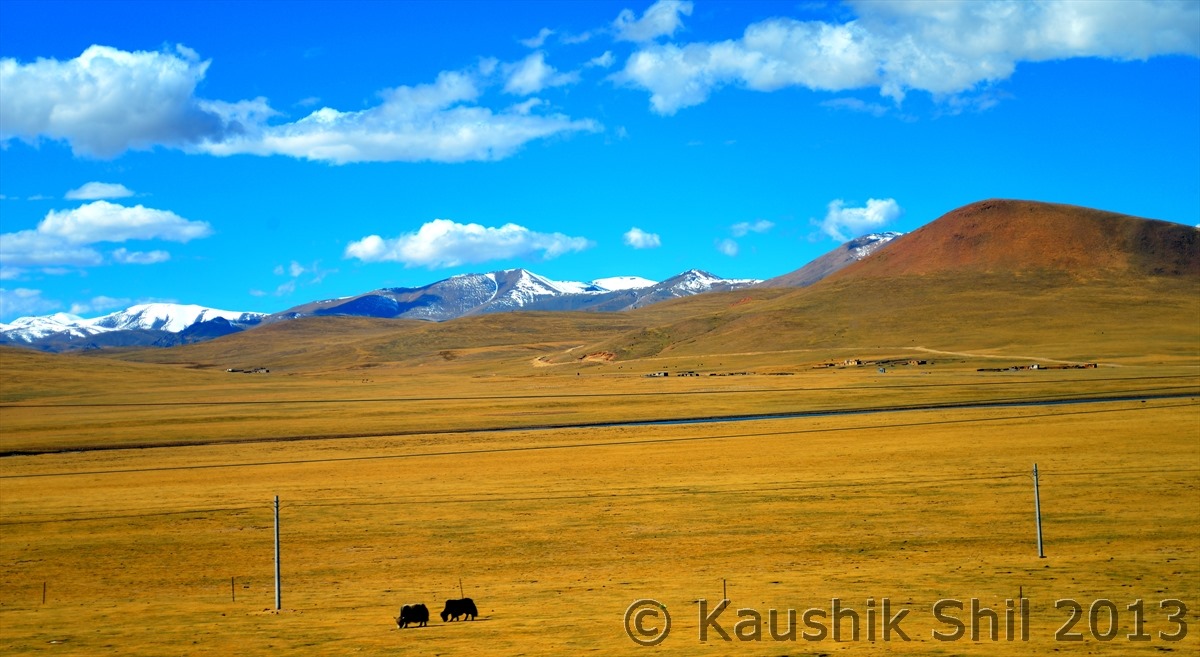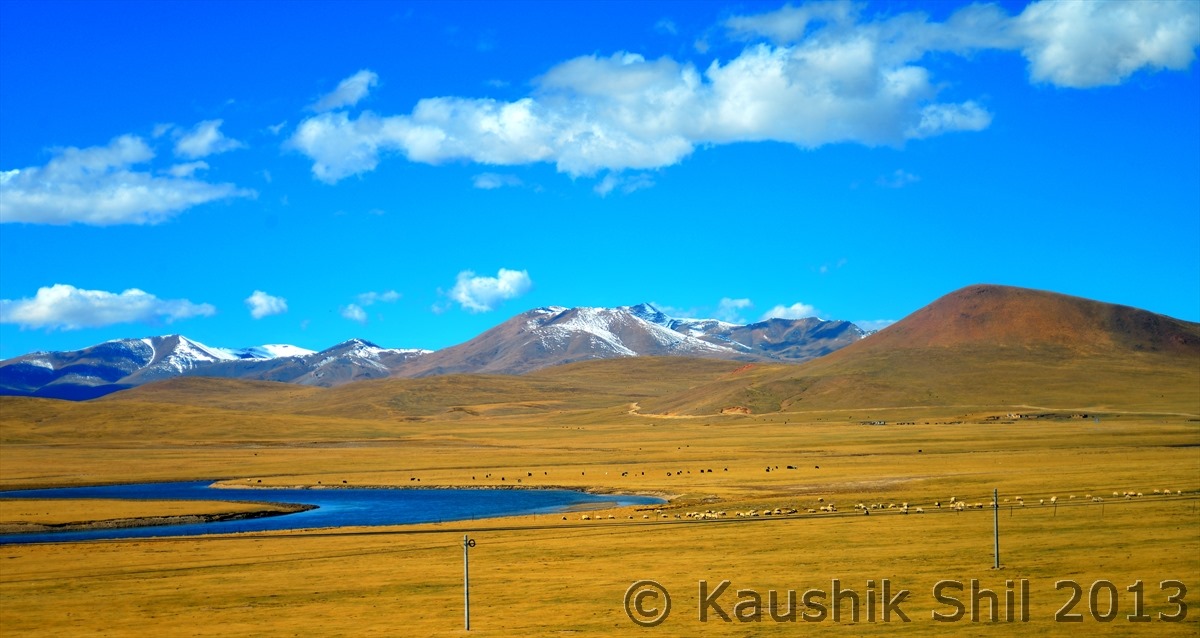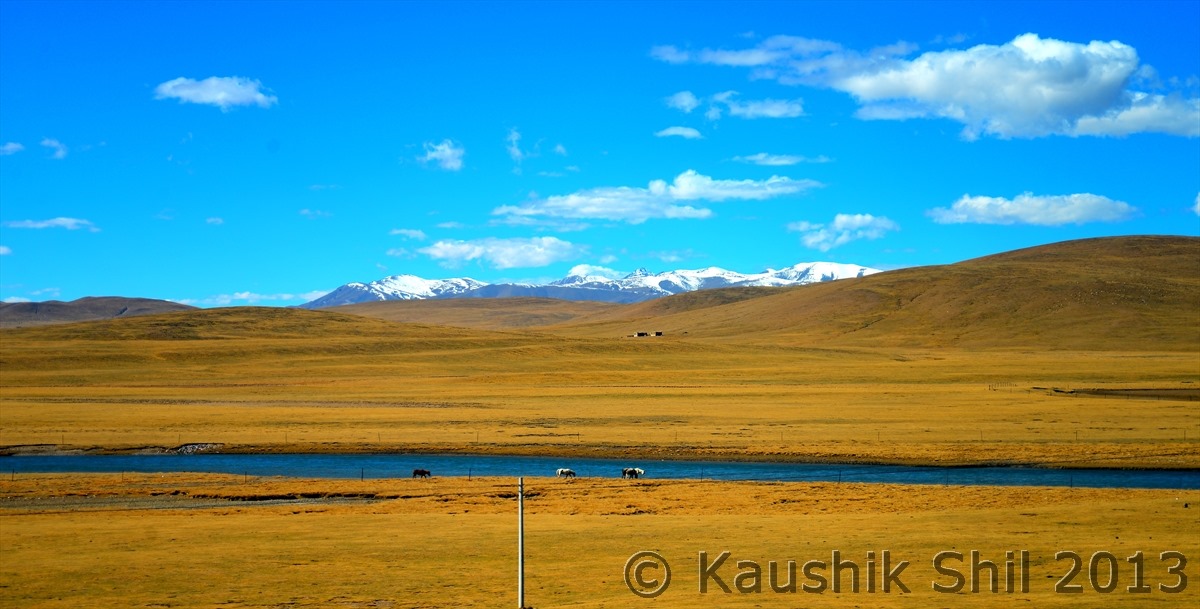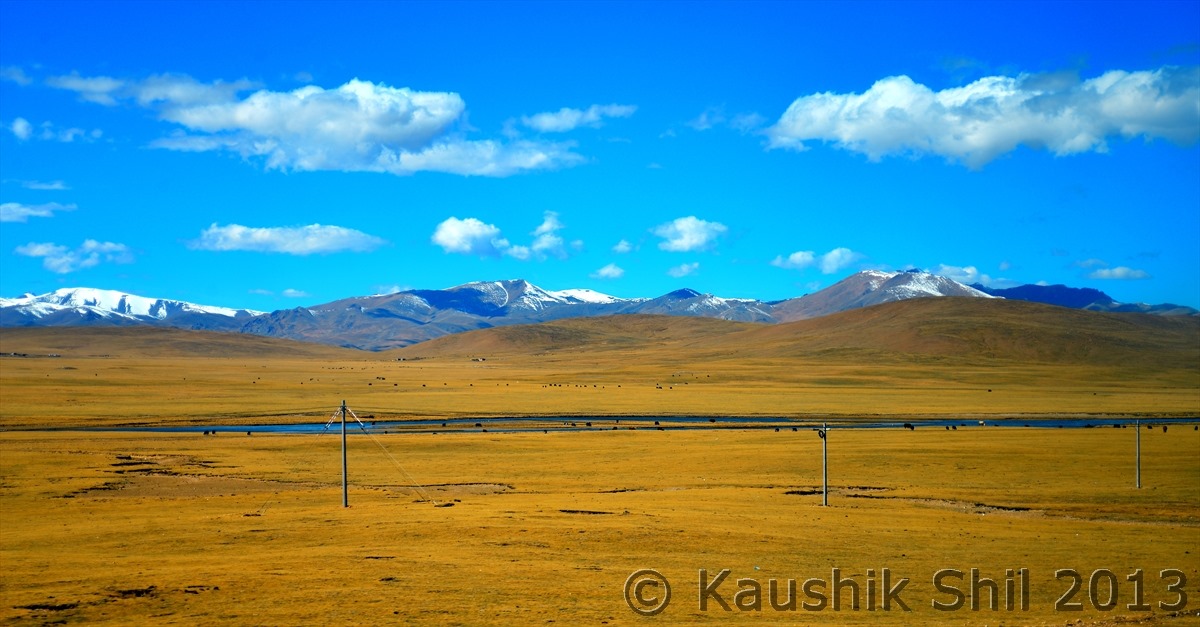Day 19:
We woke up early in the morning and realized catching a 9.30 flight actually means catching a 7.30 flight in Xinjiang (as whole China runs in Beijing time officially) and in autumn, in that latitude 7.30 morning local time means it still dark. We left 7.00 in morning which means again 5.00 as per local time and it was quite cold even in first week of October in Urumqi. We reached airport from hotel in 40 mins as traffic was thinner and this time we knew Chinese system, so quickly checked in our luggage and then at security I realized something gone wrong when the security desk personnel pointed me towards back and only thing I understood was he was mentioning the check in counter. Meanwhile my wife and kid had gone into security area, but I had nothing to do but to go back to check in counter, they looked at the computer and uttered only one meaningful word to me that was ‘luggage’, now I took 10 mins to understand that in China they gave boarding pass without scanning the check in luggage and luggage got scanned later and there was a designated luggage scanning center where you have to be present if there is something in your check in luggage which is objectionable as per Chinese rules. I ran to luggage scan center, they couldn’t speak English, so they took me to scanning monitor and pointed out something in my bag, I realized they were showing the camera battery which is not allowed in check in luggage. I quickly asked him in sign language to get me the bag, I took battery out, gone to security and she again pointed me towards check in counter, what a frustration!! I went back there understood they would stamp the boarding pass again and after that when I reached security desk again, I realized I have lost my passport, then the next 20 mins were the most tensed moment in my entire trip, family was inside the security, I couldn’t communicate with them, neither I could tell any airport staff that my passport is lost as no one as usual understand any English, even the key word like “Passport”. I was keep running to security –> Check in –> Luggage Scan center in different orders and finally got it under someone else bag in luggage scan center. I think somehow in hurry I put the passport when getting the batteries out and then it gone out of my mind completely. Lessons learnt was you need lot of time if you want to catch a domestic flight in China, profusely sweating I reached inside security where my family was anxiously waiting and next 10 mins I just sat and thought what happened to me for last 30 mins, surprisingly the Terminal 3 of Urumqi Airport has no smoking room, I badly need to smoke at that time to calm down my nerves. Anyway the flight departed on time. I booked my hotel in Xining through ctrip, it was a four star hotel and supposed to be only hotel in Xining where people understand some English. I arranged for a car to pick me up from Airport and drop me to Railway station next day and it was a Chinese woman who came to pick me up. Xining Airport is 45 km from city, so we spent 45 mins total with her without a single conversation, another frustrating moment of trip, just the language couldn’t help me to talk with someone who was driving me for 45 mins, helping me with luggage. Xining is a very nice looking town with lots of touch of Buddhism and I started finding Lamas with traditional attires there, felt like coming home. The Hotel Sanwant stay was quite good and it’s a highly recommended hotel in Xining though it’s costly, double room with breakfast was almost 500 CNY in off season. Now tomorrow would be another big day for us as we would board Qinghai Tibet Train, the world’s highest rail road travelling on average height of 5000 meters for 1000km between Golmud and Lhasa.
Day 20:
The High Altitude Qinghai – Tibet railway starts from Xining actually and the most scenic part of the route crossing Kunlun range and the Tibet Plateau starts after Golmud and continue till Lhasa. So it’s advisable to cross the Golmud – Lhasa (Almost 1000km) as much as possible during day light so you can enjoy the nature at it best. Now to do that, you need to catch train from Xining as late as possible. Presently there are 5 trains runs regularly between Xining and Lhasa though most of them originates from Eastern Part of Mainland China but all route finally meets at Xining and from Xining onwards it takes the same route. This year time table was as follows:
I have arranged the train as per their departure time sequence from Xining except for K9811 which is a seasonal train.

Few Thumb rules of getting Tibet Train Tickets:
1. Its always advisable you take help of a good agent to get these tickets rather than trying to buy your own as most likely you won’t get it in high season.
2. Try to get tickets in train which departs Xining later so you get best part of the route in day light.
3. Getting tickets easier from origin station of train than in between station. So if you take the train from Xining, your chance is highest with K9801 or K9811. Chances are very difficult for trains started from far yet popular cities like Beijing, Guangzhou, Shanghai.
4. It’s always easier to get tickets of train in reverse directions originating from Lhasa.
5. There are 3 classes, Soft Sleeper (4 berth like AC-2 tier), Hard Sleeper (6 Berths like AC-3 tier) and Hard Seat (Equivalent to AC Chair Car) and ticket price is costliest in Soft Sleeper and cheapest in hard seat.
6. Price varies between Berths, lower berth is costliest and upper is cheapest.
Boarding a train is kind of boarding a flight except the fact that you can carry all your luggage with you but most important is you need to wait in your designated boarding area after identifying the correct waiting room as the approach to platform is possible from that specific waiting room and travelers are allowed to platform only after train arrives and you hardly have 5/10 mins to go to platform and board the train.
Boarding Area (Waiting Area 3) for our Train 223:
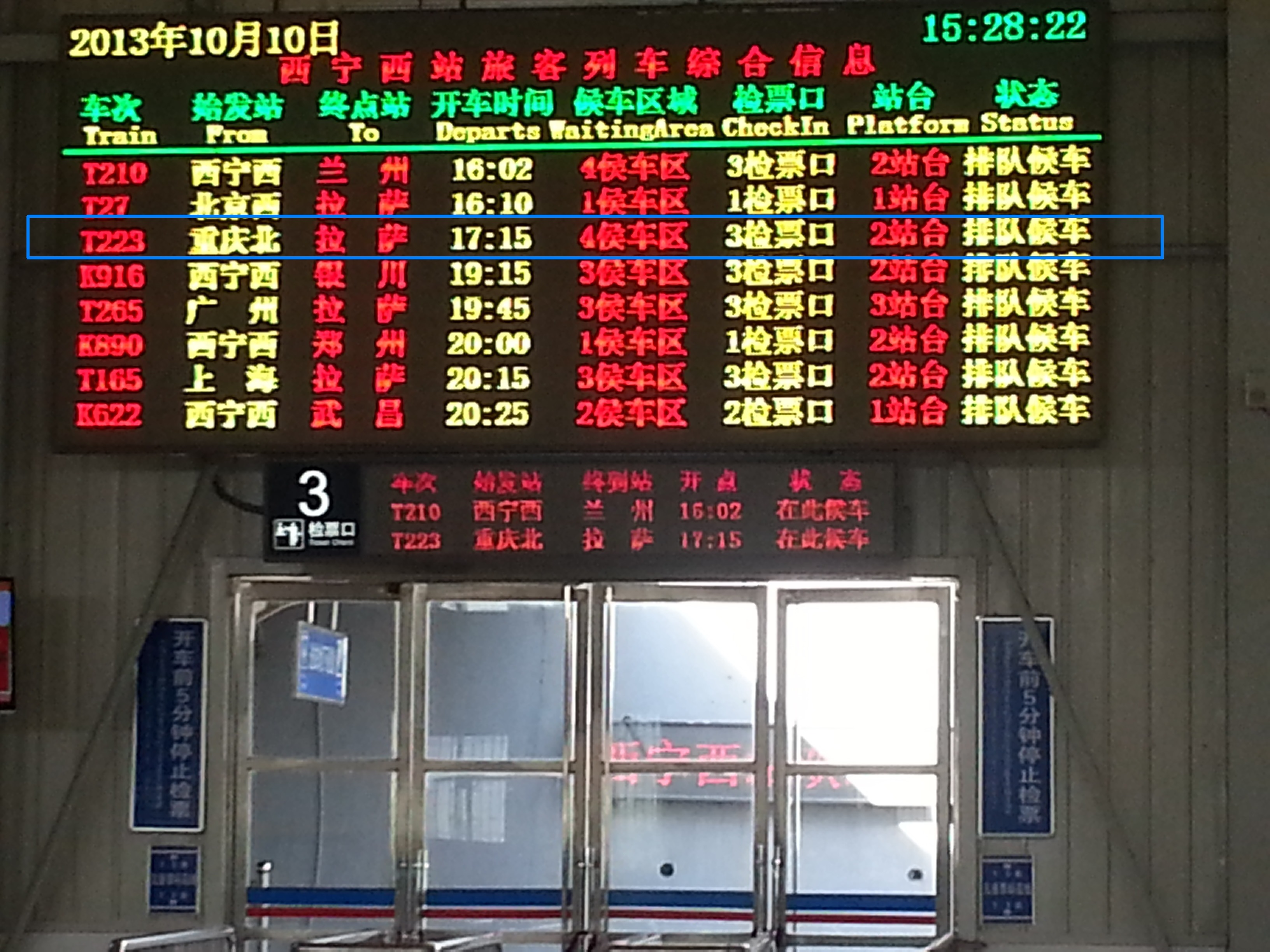
It’s also advisable to get 4 copies of your Tibet Permit as you have to give one copy to enter the station with a Lhasa bound train ticket and other copy is collected at the waiting room check in gate to platform and another copy is collected by ticket checker at platform before you board the train. You need one copy with you as that will be asked for when you get down from Train in Lhasa and will be required until you are handed over to your guide by police. Once you get into the train, your tickets are taken away by Ticket collector and instead you would be handed over by plastic cards which you would carry till the remaining journey. You would get your original tickets back just 10 mins before arrival to your final station. This is good as you would get a reminder (even if you sleep) that your destination is approaching but I think another reason is to monitor your movement, you simply can’t get down in between any station you wish as you don’t have your original ticket with you and you would be caught in platform itself.
Xining City:
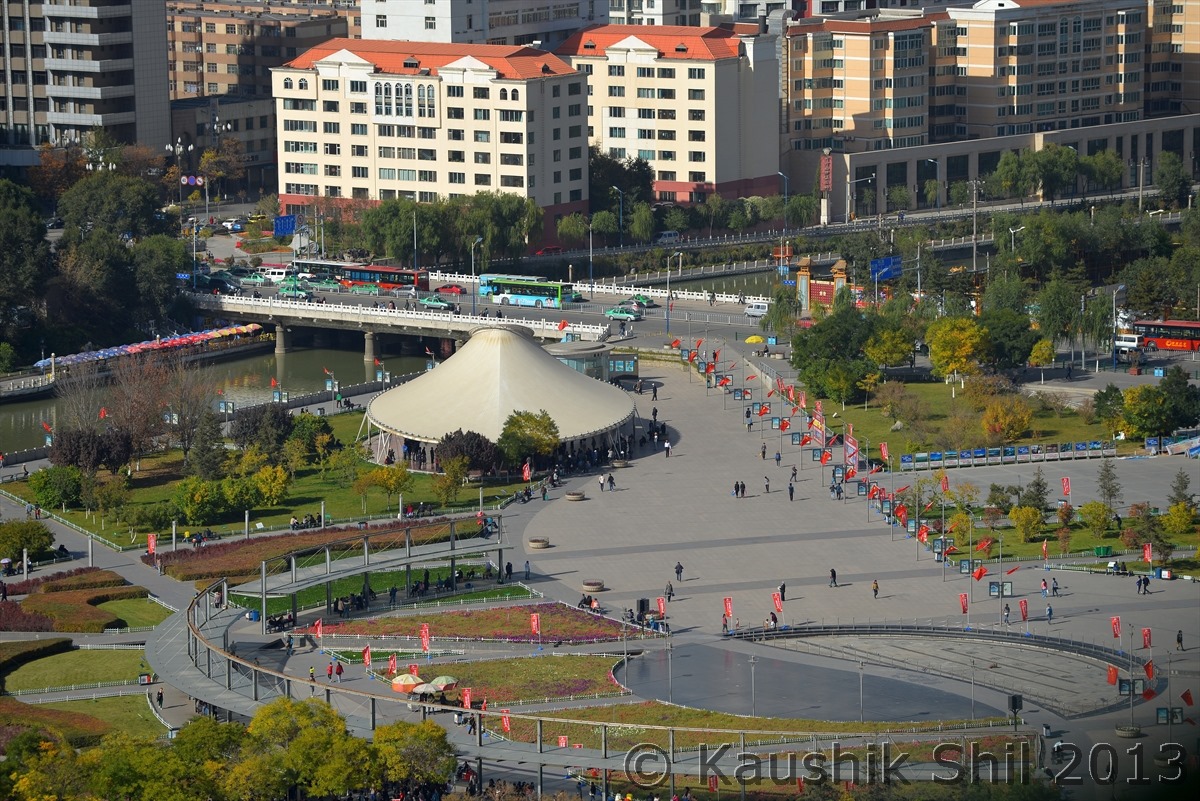
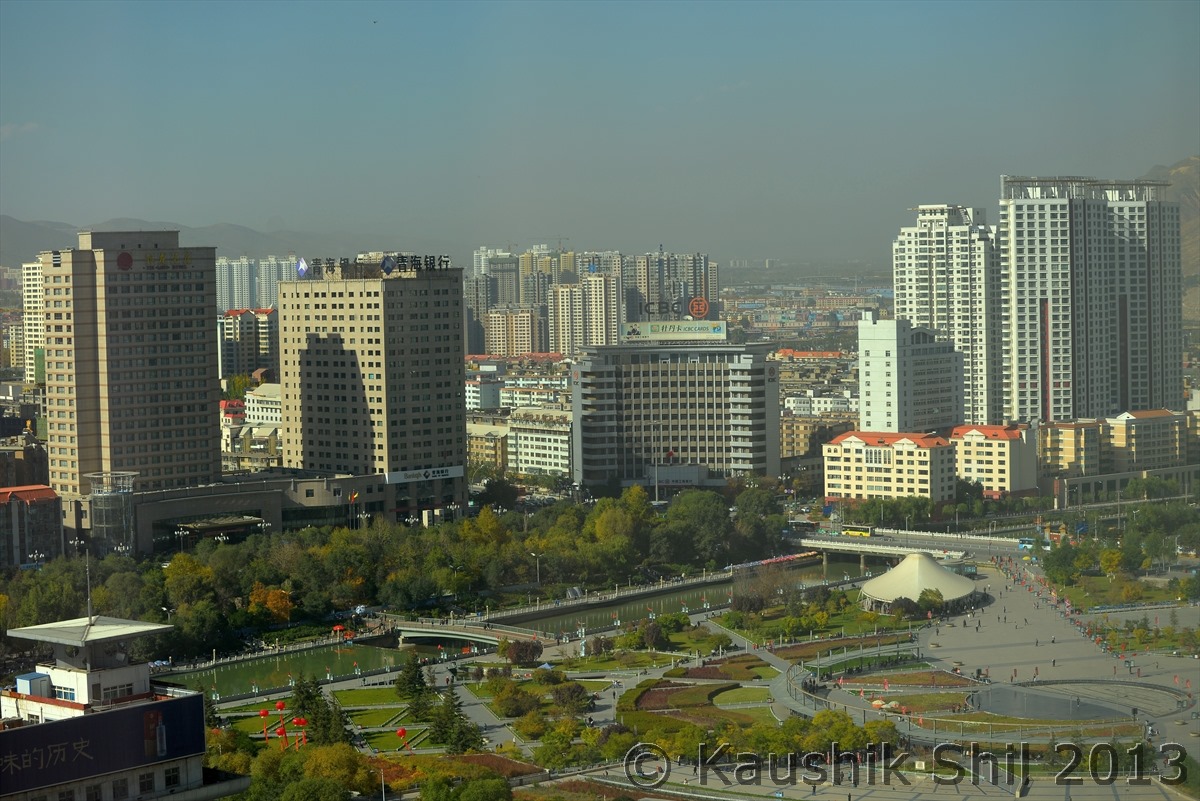
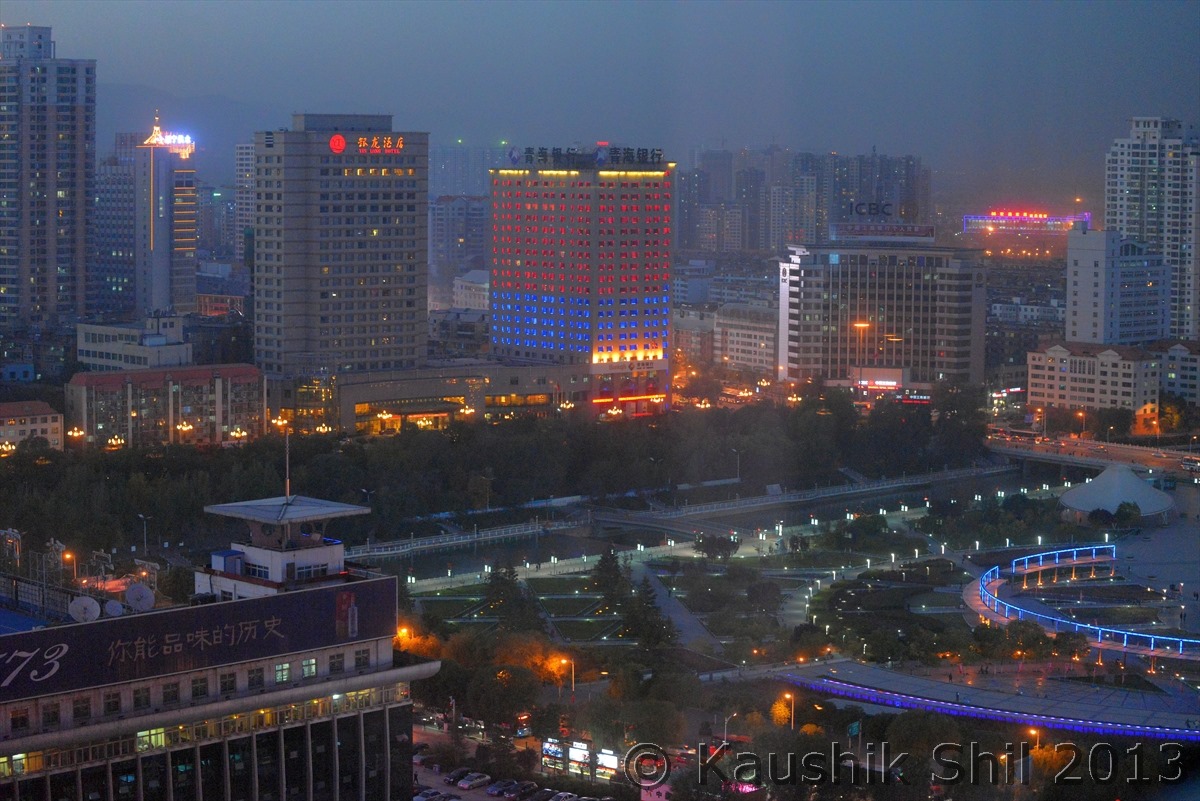
The Qinghai Lake beside the track is amazing, Qinghai lake is China’s largest lake:
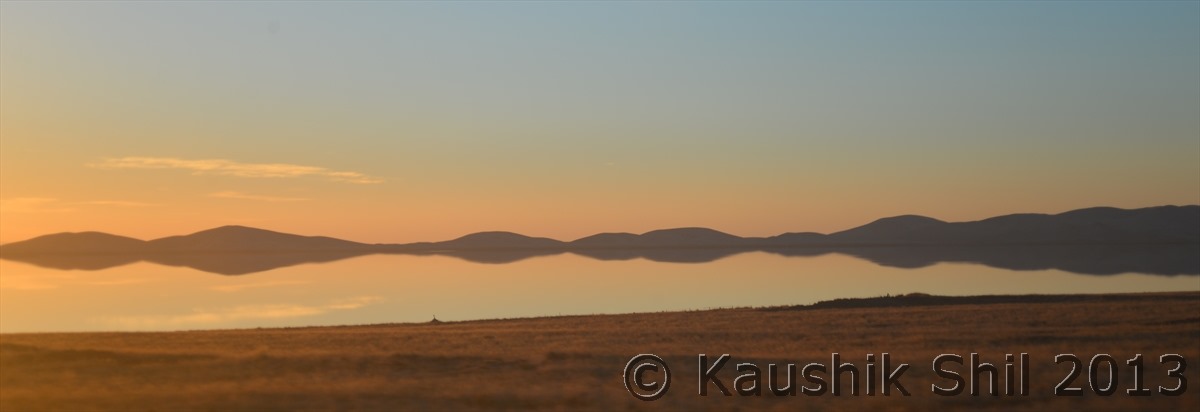
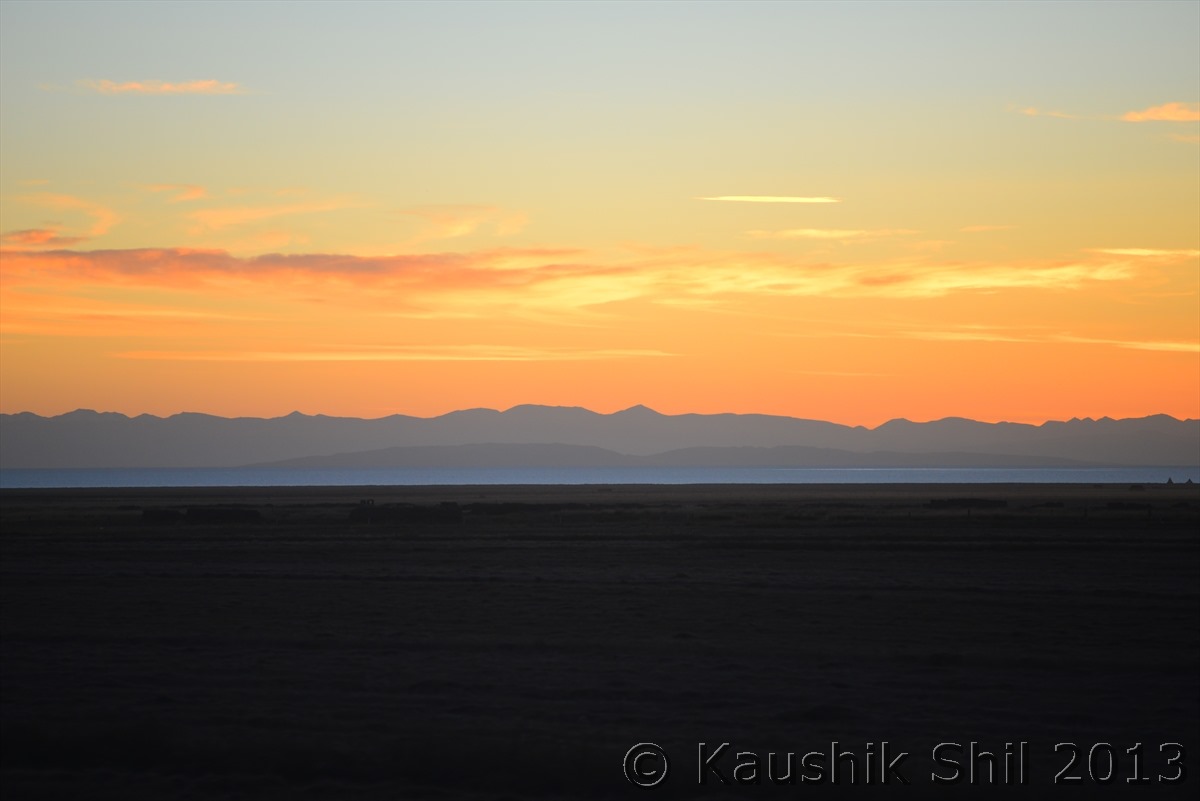
Day 20 Continued…
Qinghai – Tibet Railway is certainly a modern day engineering wonder from China which must be experienced at least once in lifetime. The highlights of Tibet Railways are fascinating apart from the majestic scenery it offers.
Few of the highlights are:
1. The world’s highest railway, 960km of the railroad lies above 4000 meters where as highest point touches more than 5000 meters and there by at least 200 mtr higher than previous highest railway of world, the Peruvian railway in Andes.
2. This is world’s longest plateau railroad, total length from Xining – Lhasa is 1996 km where as highest part of Golmud Lhasa section cuts across Kunlun and Tanggula mountain ranges for a length of 1150km.
3. The world’s longest track on frozen earth. 550km of railroad built on permafrost region.
4. Tanggula situated at 5068 meter is highest railway station of World.
5. Fenghoushan Tunnel of Qinghai Tibet Railway built at over 4900 meter is the most elevated tunnel built on frozen earth.
6. Kunlun Mountain Tunnel is world’s longest plateau tunnel built on frozen earth having length of around 1.7km
7. Qinshui Railway bridge built on 4500 meter in Hoh Xil Nature Reserve is the longest plateau railway bridge covering around 12km.
8. World’s fastest train in frozen earth where it runs at 100km per hour speed on frozen earth and 120km per hour in rest of the track.
Tibetan Ibex:
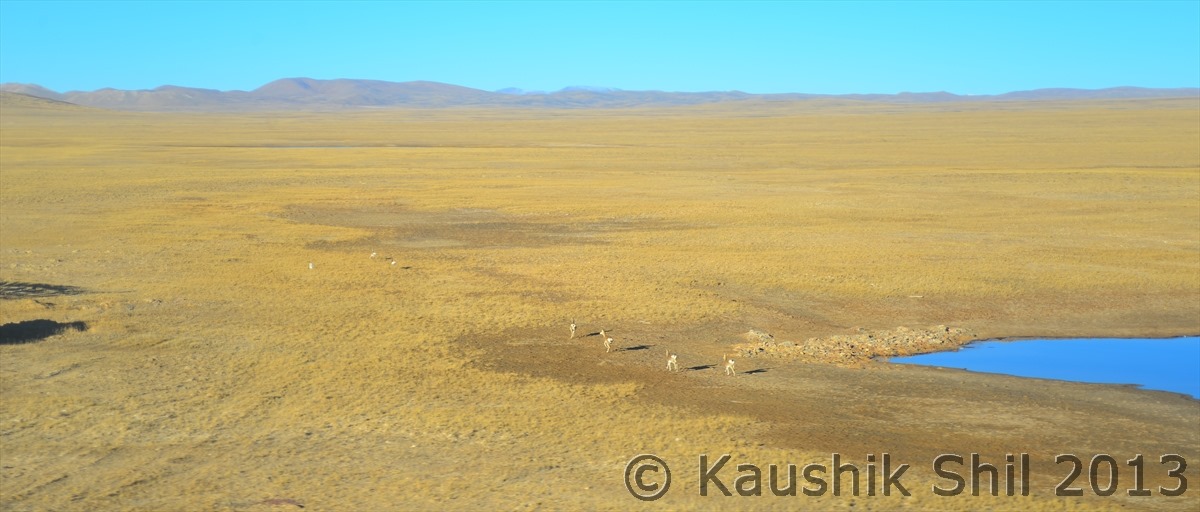
Fencing to protect wild animals to move into the track:
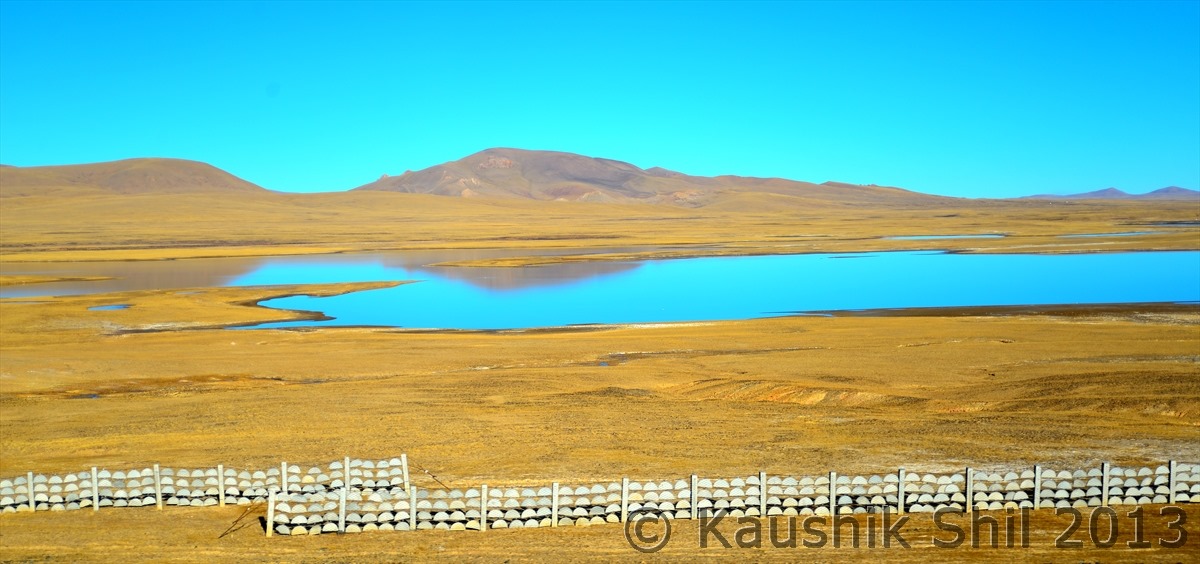
The rivers in colorful plateau:
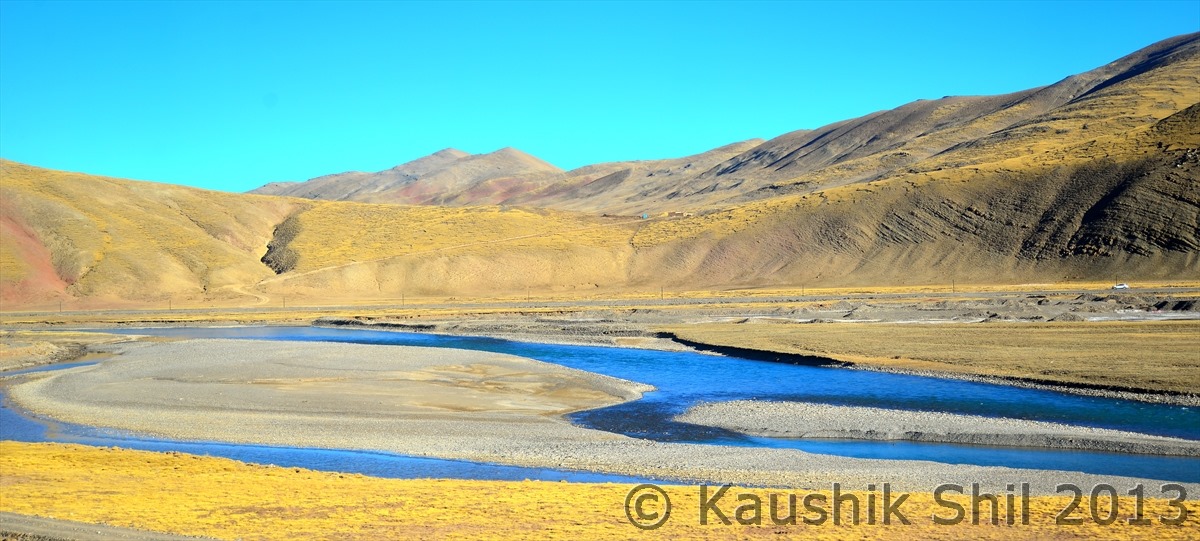
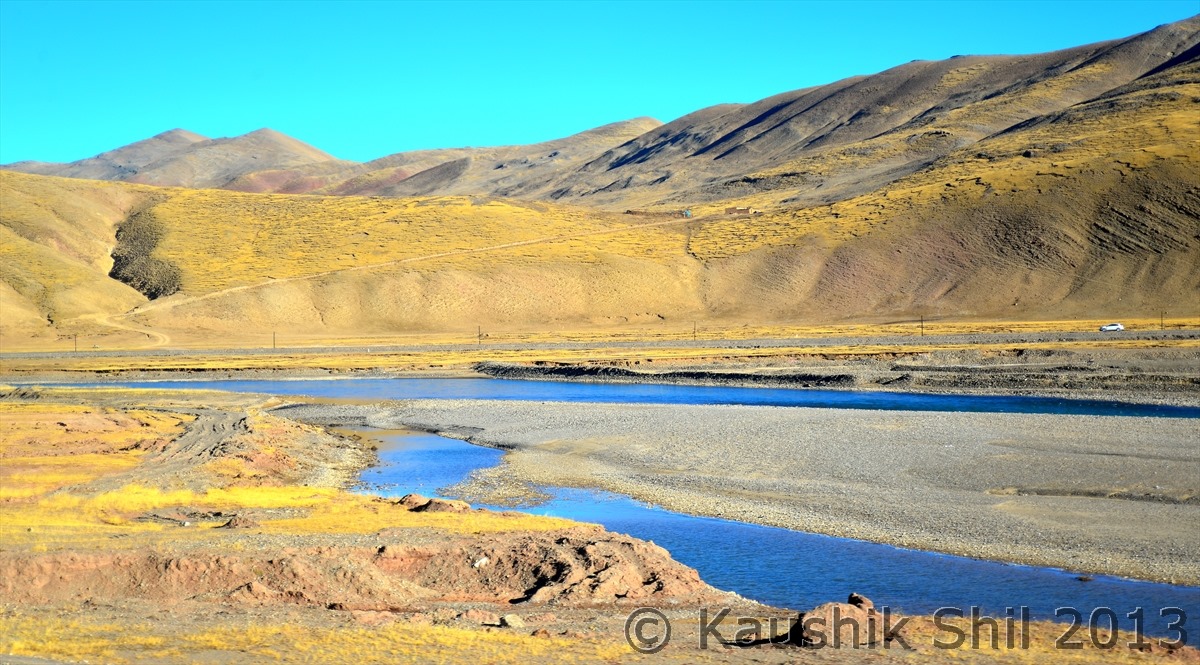
Shadow of the world’s highest train in highest plateau:
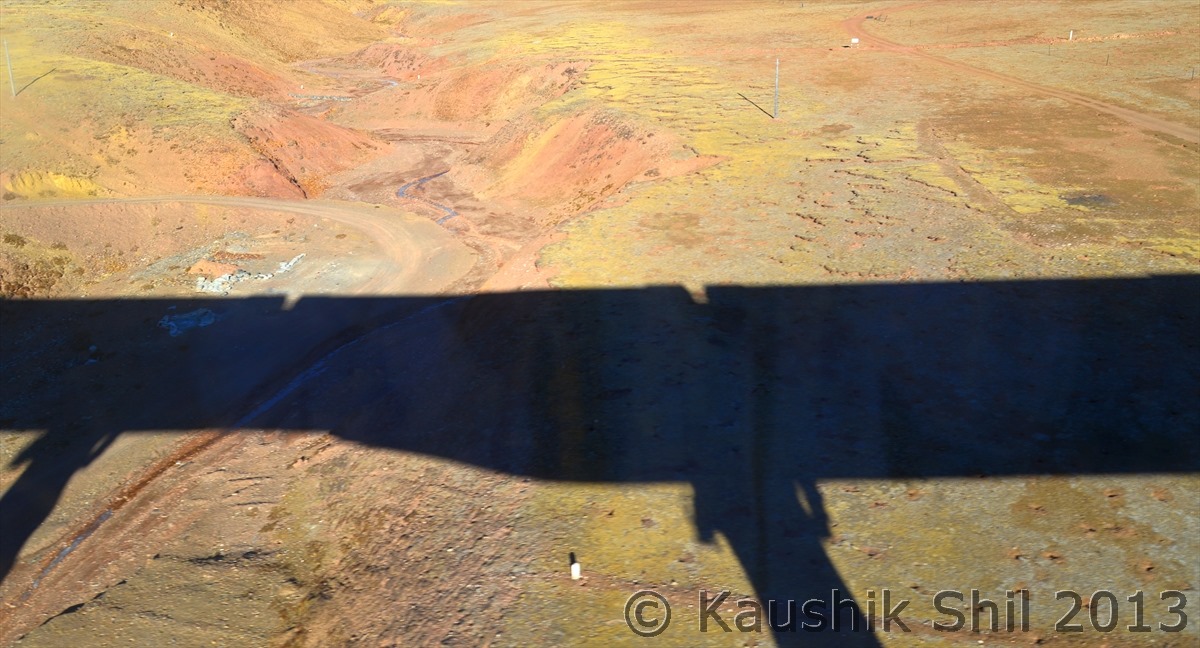
Amazing Tibet Plateau:

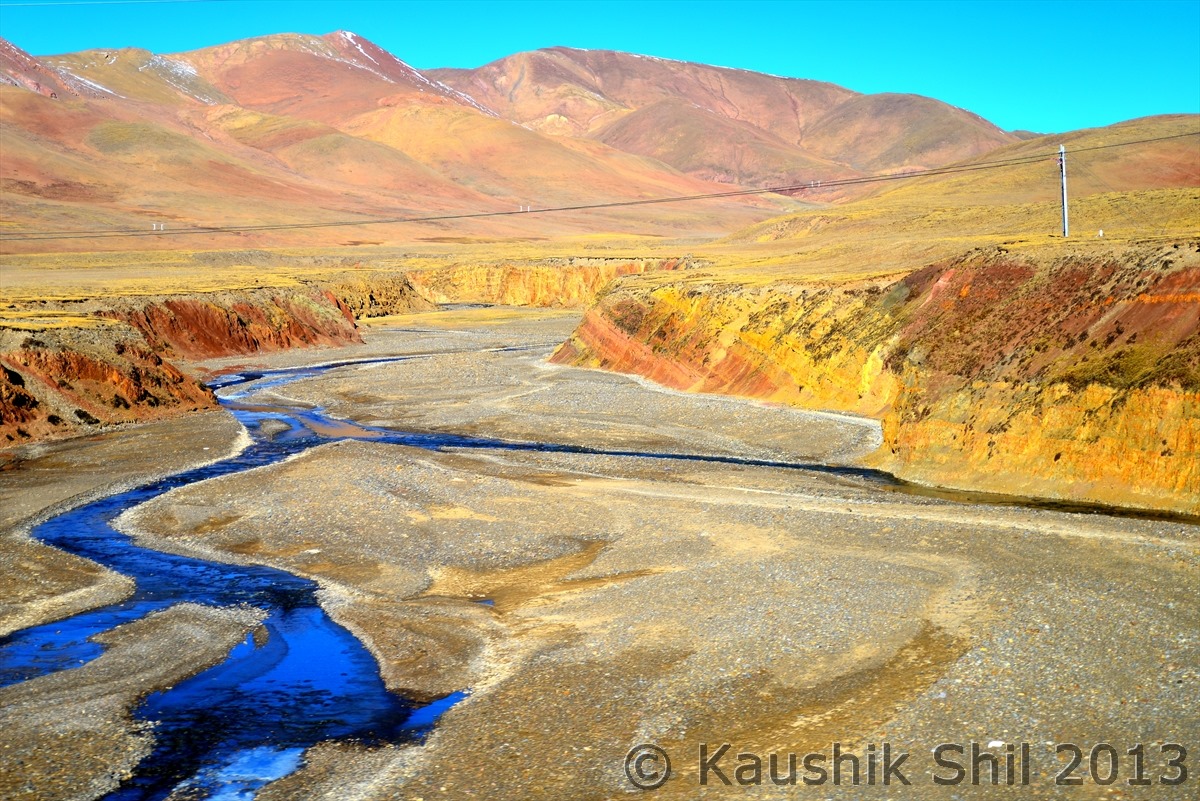
Golmud – Lhasa Road is going side by side:
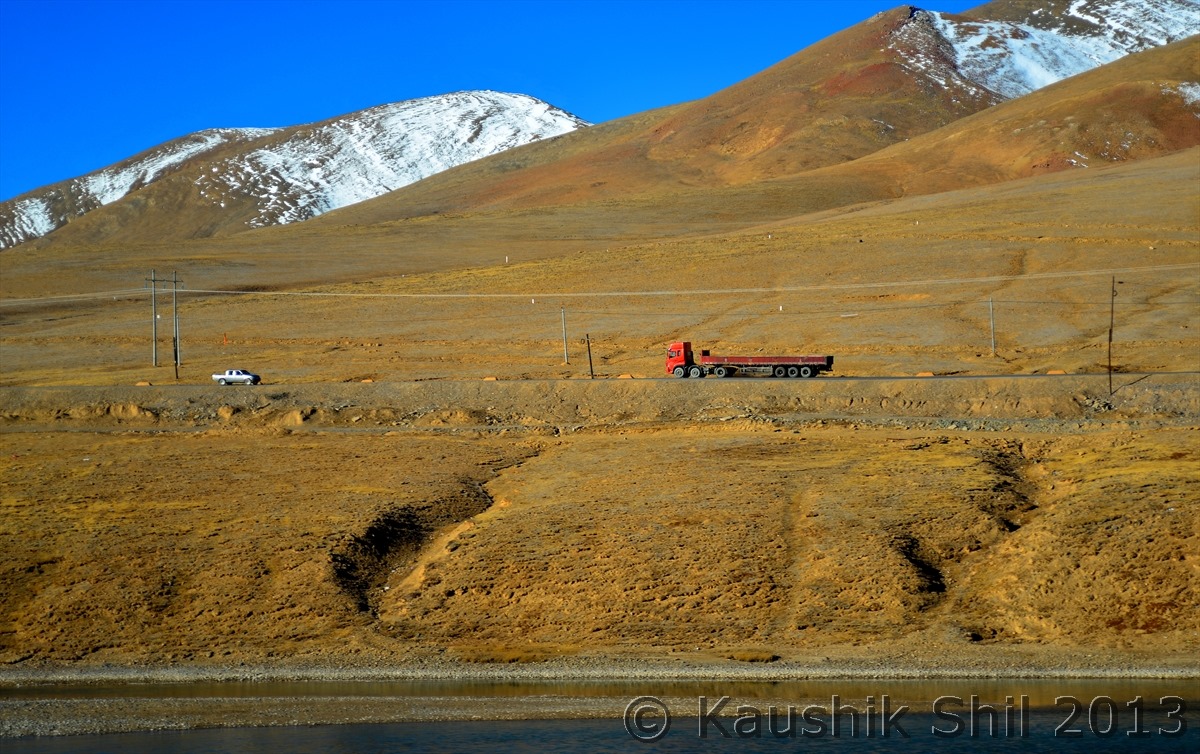
Bridge cutting across Plateau:
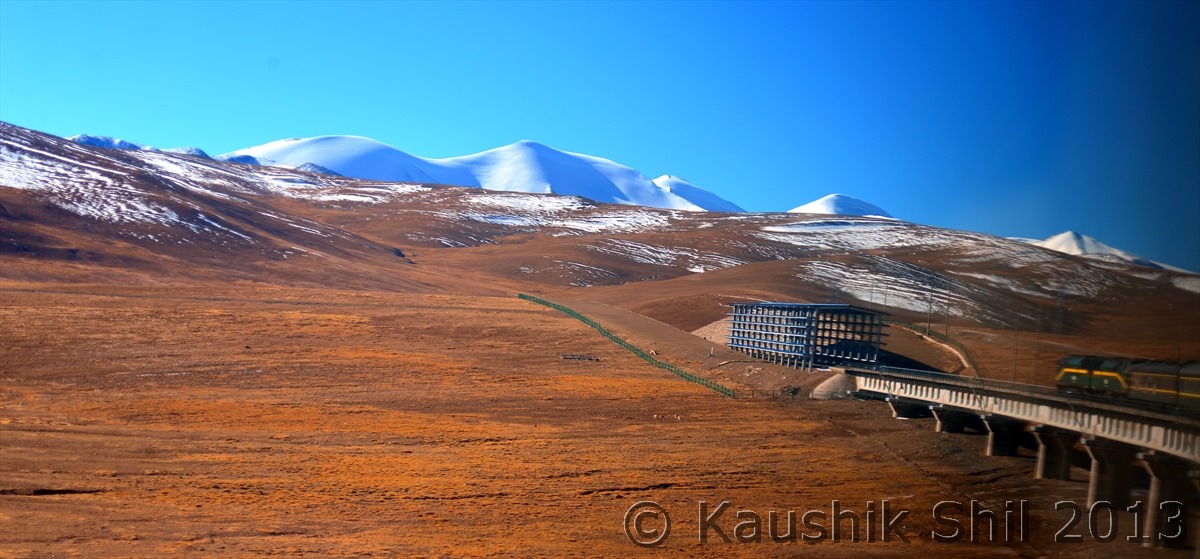
Amazing Landscape:
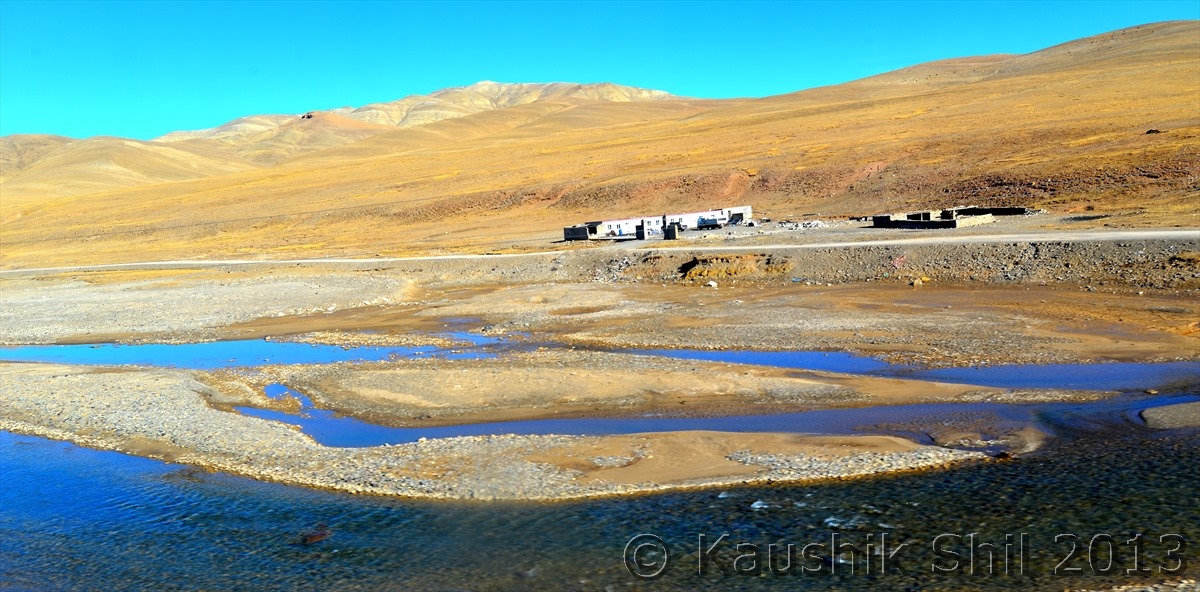
Our height and note the graph on the watch for last 8 hours were in that height, it’s exactly the same, and so it’s a plateau:
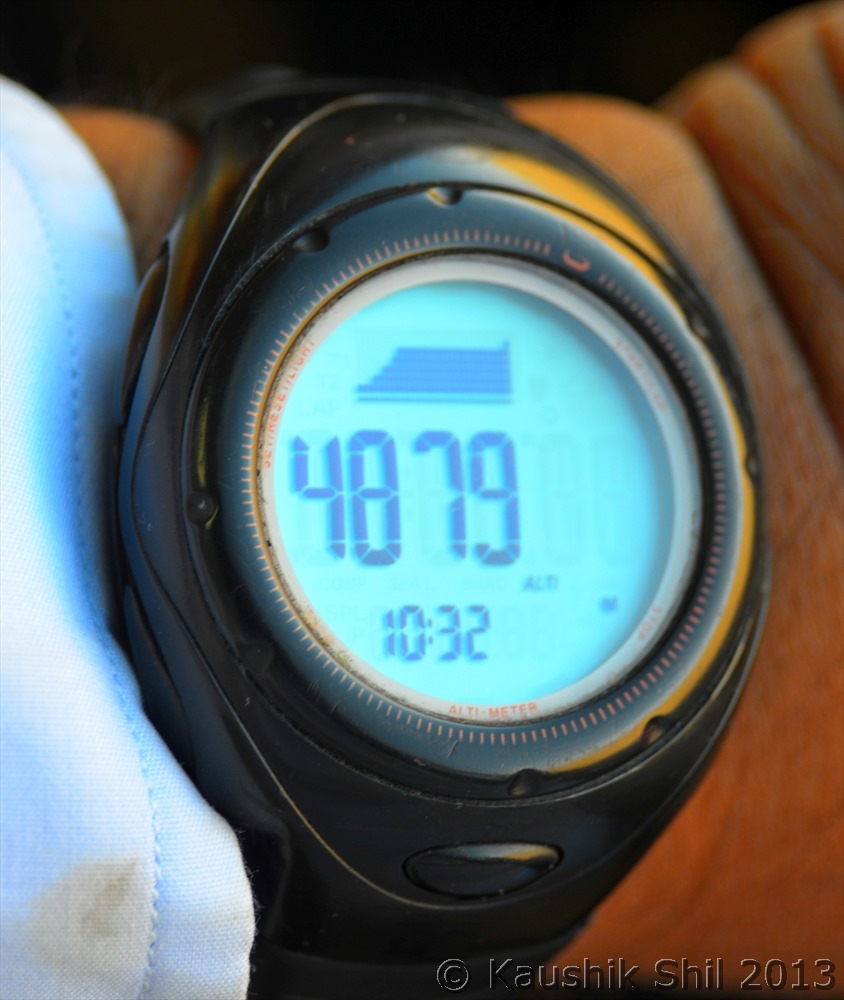
Permafrost region near Kunlun Mountain Ranges:
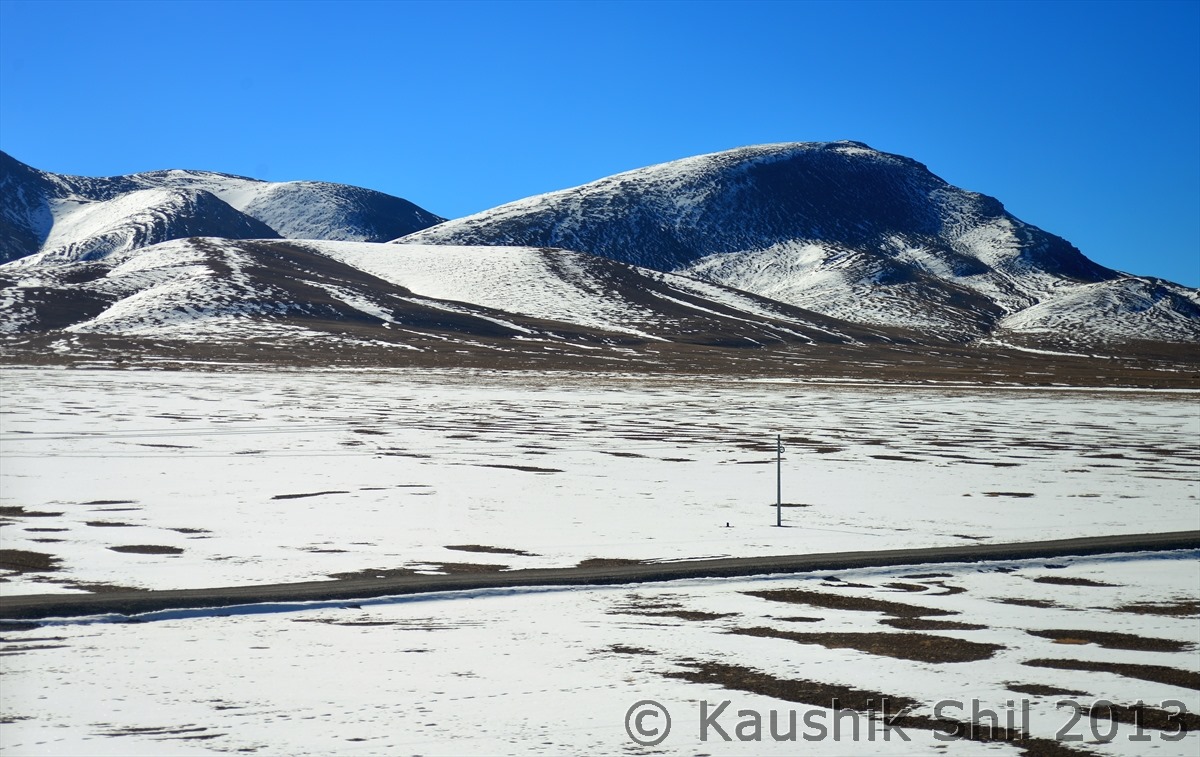
Vast Plateau:
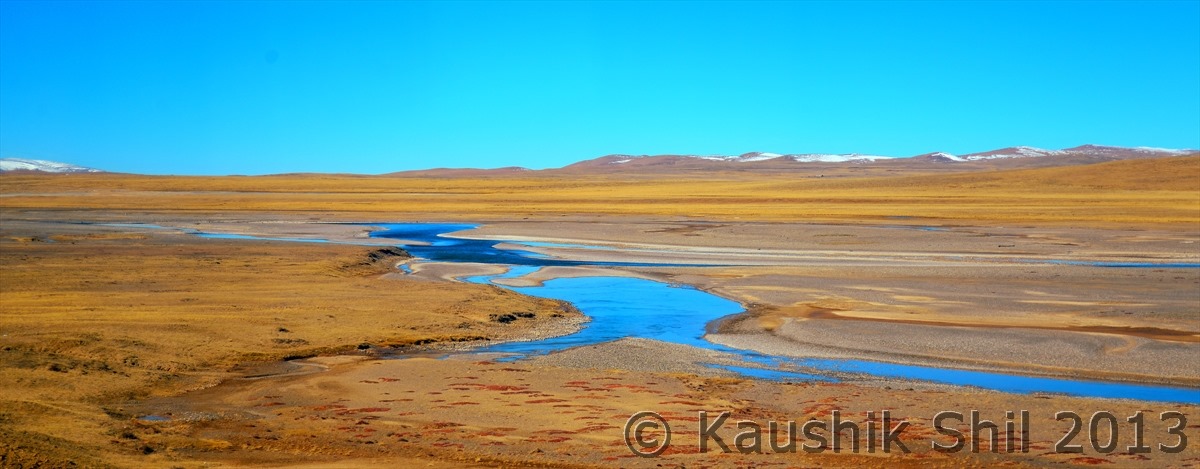
Blue river on colorful Plateau:
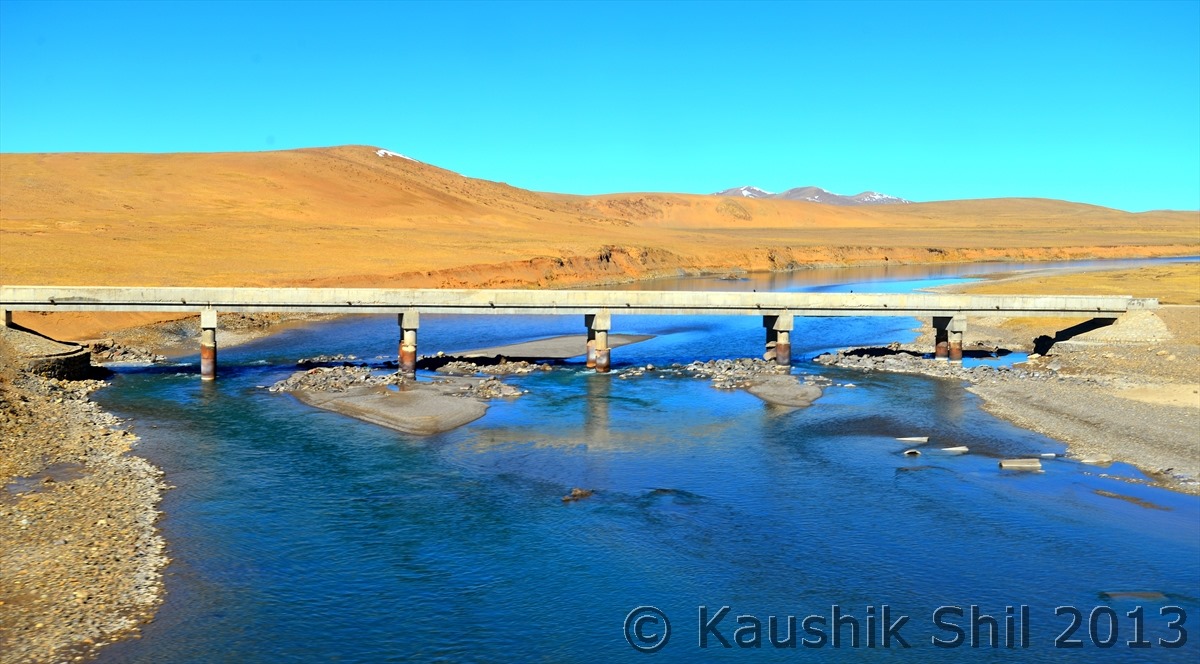
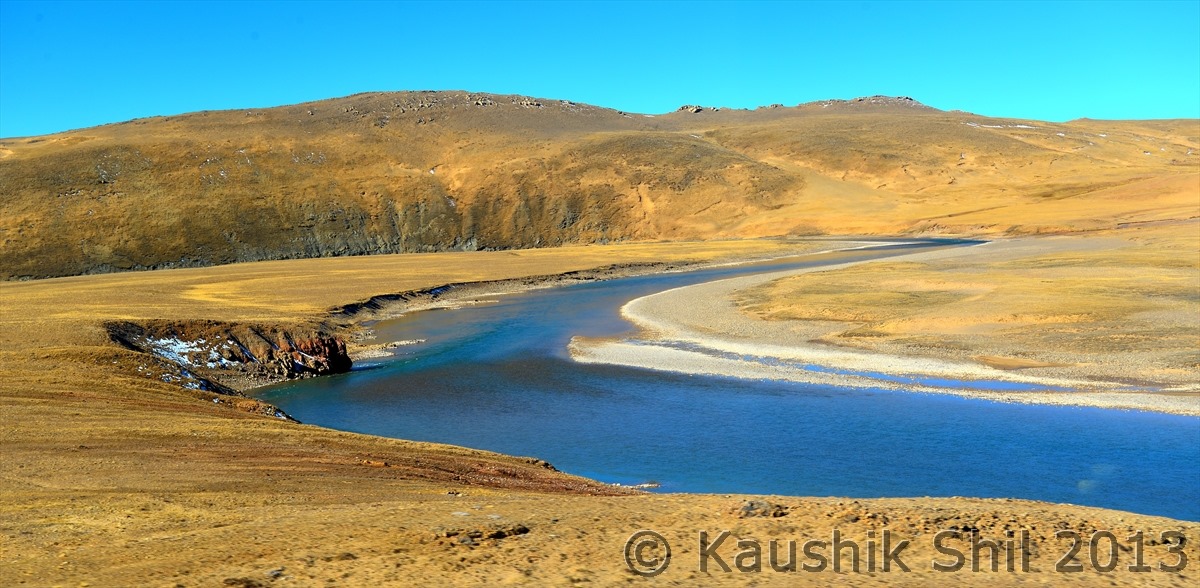
Passengers in this train mostly spend their time looking outside, it’s amazing journey:
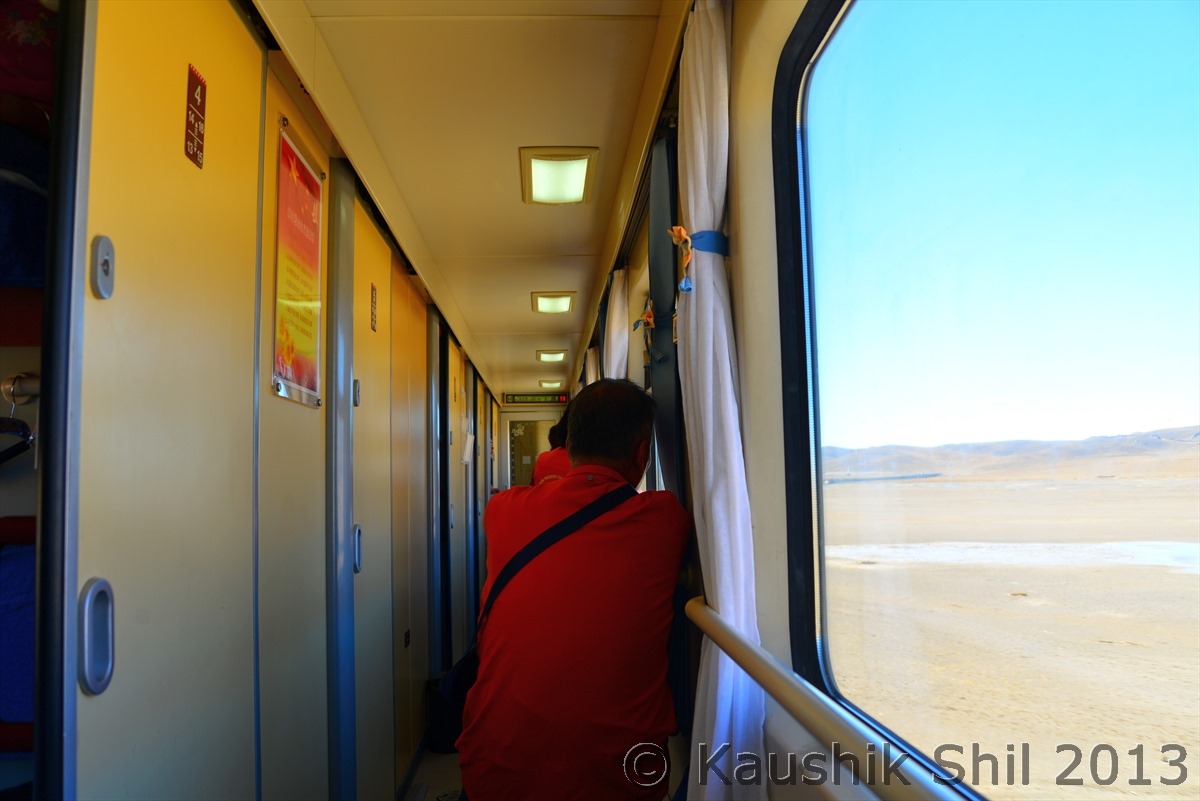
Qinshui Railway bridge built on 4500 meter in Hoh Xil Nature Reserve is the longest plateau railway bridge covering around 12km.
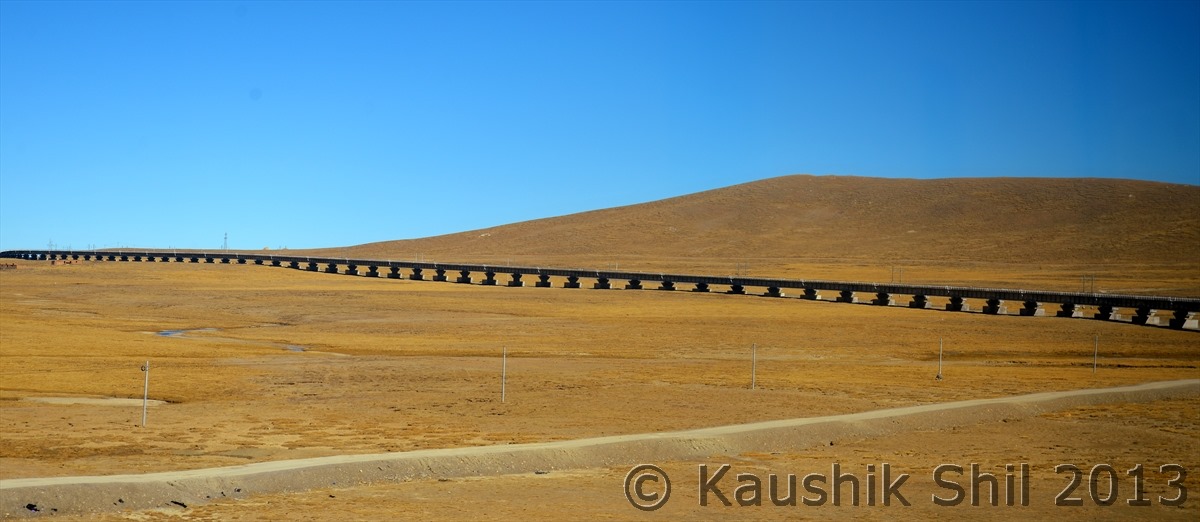
Amazing vista all around:
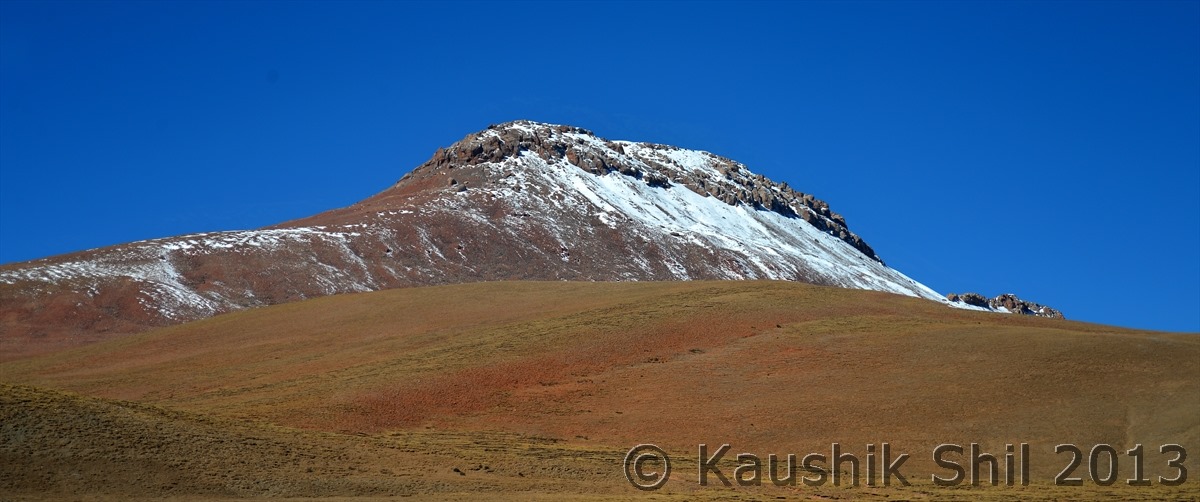
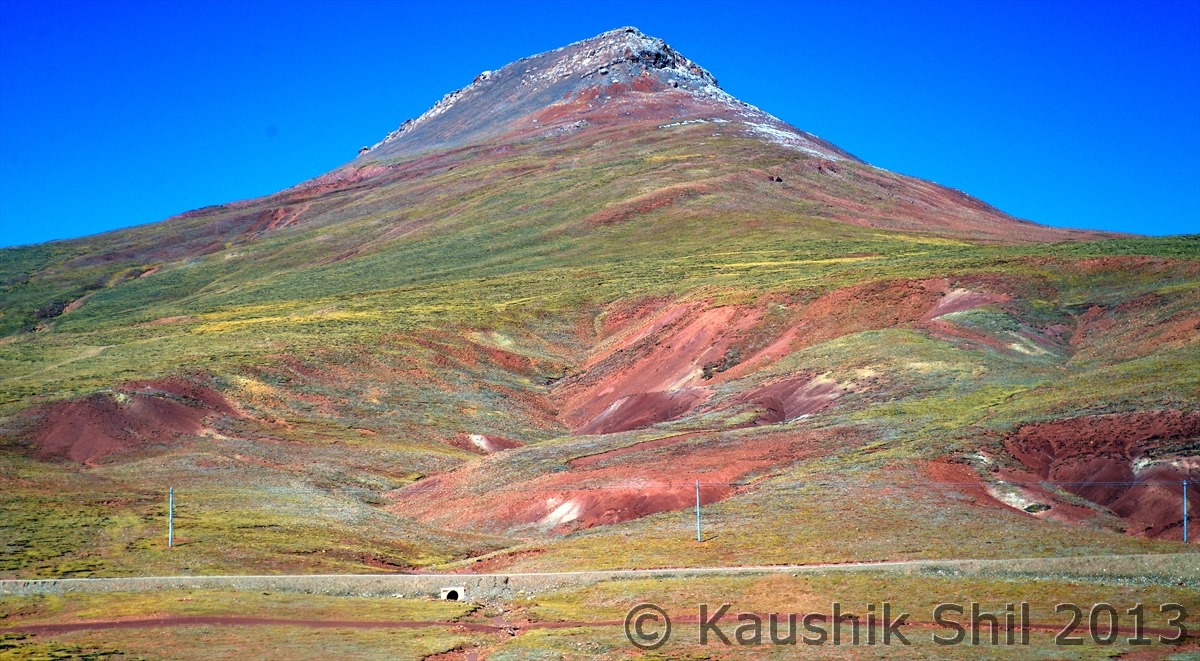
This is harshest area along the track unmanned Hoh Xil , which is home to many wild animals and birds in China, though due to low oxygen level uninhabitable for human, it is haven for 230 species of wild animals including Tibetan Antelope, Wild Ass, Wild Yak,White lip deer, snow leopards, Tibetan snow pheasants etc.
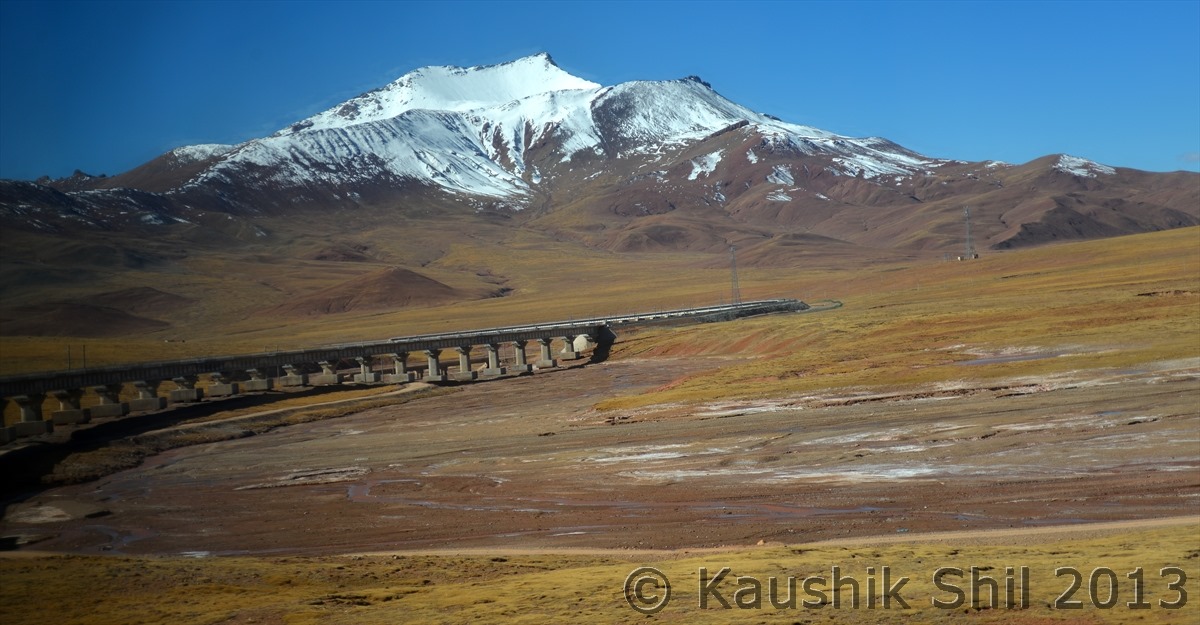
Previous: Day 17 and 18
Next: Day 20/Part 2
